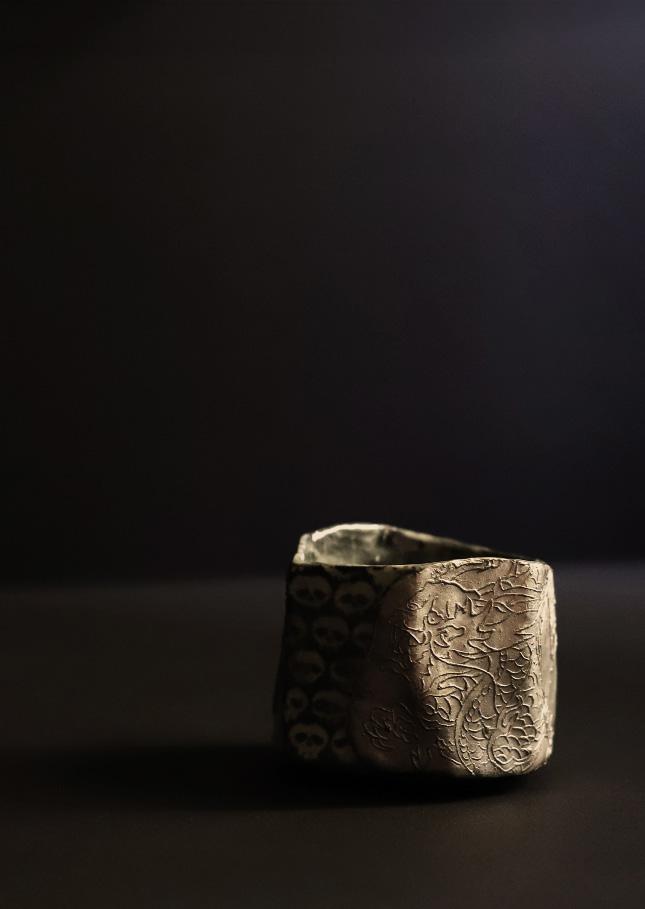
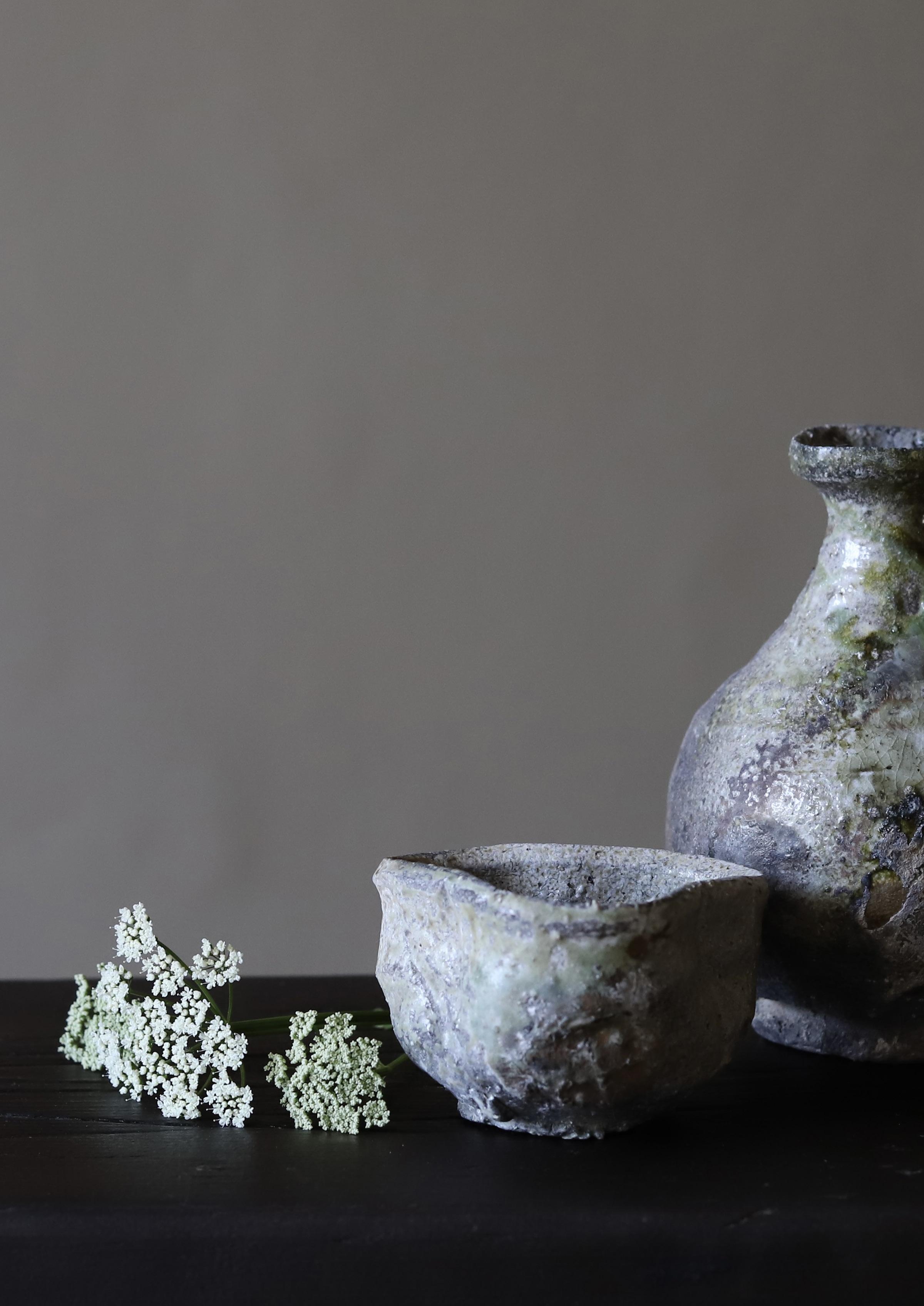





Kanji Atarashi
Manabu Atarashi
Kazuhiro Fukushima
Shinya Fukushima
Yoshitaka Hasu
Yuka Hayashi
Shigemasa Higashida
Yoshiaki Imamura
Youtarou Isezaki
Ryuichi Kakurezaki
Mayumi Nakamura
Akihiro Nikaido
Katsunori Sawa
Yu Sugimoto
Shinji Suzuki
Yoshinobu Suzuki
Hiroyumi Suzuki
Takashi Tanimoto
Teppei Terada
Yumiko Toda
Hiroshi Yamada
Kazu Yamada
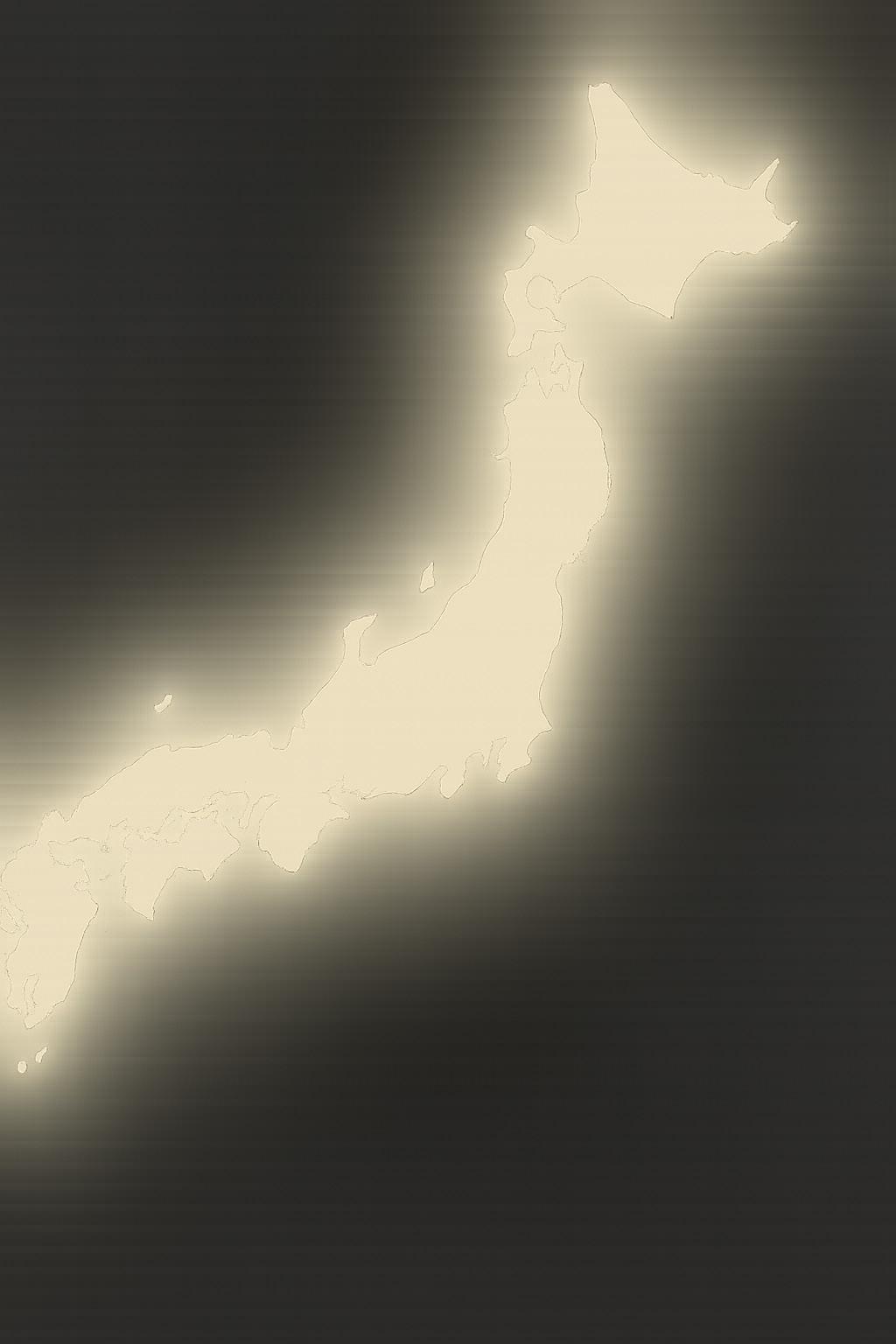
ToThere is a quiet invitation at beckoning to pause, to hold, exhibition—around 250 pieces ceramic artists across Japan—are conviviality; they are philosophical to pay attention.
In Japan, sake is not merely communed with. Its vessels, become conduits between nature guest and host, between maker collective term for these vessels, To host them is to take part ever evolving, deeply intimate
There is reverence even in the etiquette, to pour or receive considered impolite—not only offer or from whom you receive, customary to use both hands, something of quiet dignity. not as an object of convenience, human exchange. Every act vessel a guest at the table.
In Summer Shuki 2025, we breadth of expression. From Iga to the enduring earthiness Seto and Mino, the playful and and the innovation now pulsing exhibition charts the landscapes imagination. Each piece carries and the soul of its maker.
The artists assembled here contemporary Japanese ceramics—venerable grounded in centuries-old practices, bold new paths, and senior-career promises to shape the next decades to refining their practice restraint; others bring fresh in contemporary perspectives tradition. What unites them clay and fire, and a shared pursuit: lives, not merely exists. Some whisper, quietly resonating,
by Howard Clegg, Director, The Stratford Gallery
at the heart of sake ware—a hold, to consider. The vessels in this pieces crafted by 21 exceptional Japan—are not simply tools of philosophical companions. They ask us
merely consumed—it is honoured, vessels, shaped by hand and fire, nature and the self, between maker and user. Shuki, the vessels, carries this cultural weight. part in a tradition that is ancient yet intimate yet inherently communal.
the smallest gesture. In Japanese receive sake using only one hand is only to the person to whom you receive, but to the vessel itself. It is hands, as one would when handling In this, the sake vessel is treated convenience, but as a participant in the act becomes a ceremony, and every
welcome an extraordinary From the embers of Shigaraki and earthiness of Bizen, the historic kilns of and evolving spirit of 17C. Oribe, pulsing through Tajimi’s studios—this landscapes of both geography and carries the signature of its region
span the continuum of ceramics—venerable masters practices, emerging voices charting senior-career makers whose ascent next era. Some have dedicated many practice through repetition and fresh urgency to the form, folding perspectives without breaking faith with them is their profound respect for pursuit: to make something that Some shuki solicits attention, others waiting to be understood.
To collect sake ware is to participate in a quiet kind of intimacy. Unlike grand statement pieces, these small forms speak in gestures—in the cool curve of a Shino lip, the distorted belly of a tokkuri, the fire-kissed blush of a woodfired guinomi, the fingertip-softened edge of a pouring spout. Their power lies in their proximity to use. They are made to be held, warmed, washed, and returned to again. Each one becomes personal, storing not just sake, but memory. Each pour marks a moment, each sip resembles acceptance.
Sake ware is, in its purest form, a mirror to our own humanity. It celebrates imperfection, honours transience, and speaks the quiet language of beauty found in the modest and the worn. To cup a guinomi in hand is to feel time slow; to pour from a tokkuri is to offer more than drink—it is to offer presence. These gestures, small and ritualistic, remind us of what it is to be human in a world too often rushing past itself.
Summer Shuki 2025 is not just an exhibition. It is a seasonal moment—a gathering of form, fire, and feeling. A celebration of craft and connection. We invite you to explore, to collect, and to drink in all that these vessels offer, not just to the palate, but to the soul.
In this Collectors’ Preview each participating artist is represented with their studio location in Japan and a selection of the work they have submitted for Summer Shuki 2025.
In most cases it does represent the entirety of the work they have submitted that will be available on launch of the exhibition. The total number of works being offered by each artist in Summer Shuki 2025 is noted on the relevant page.

3 works available
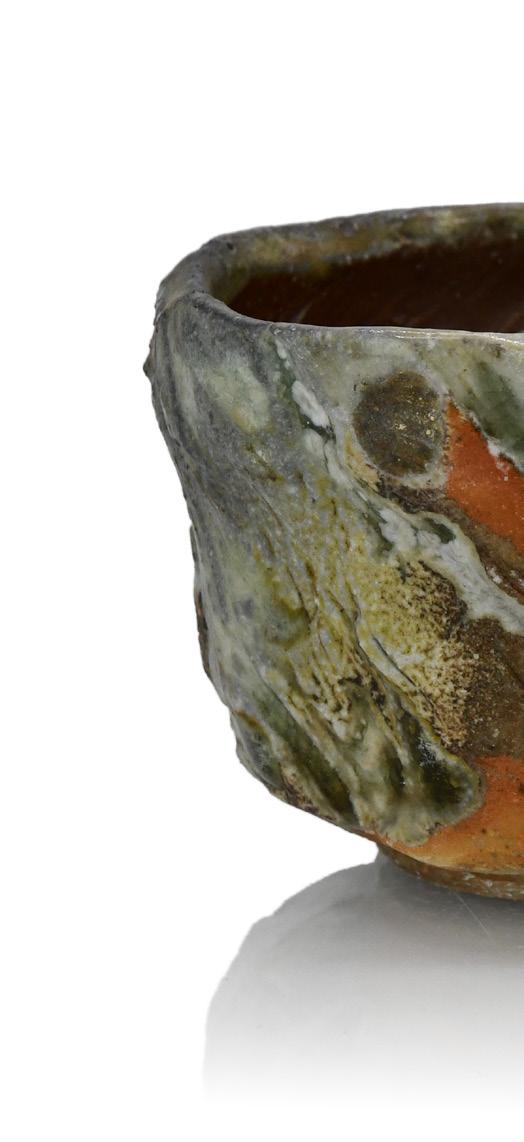
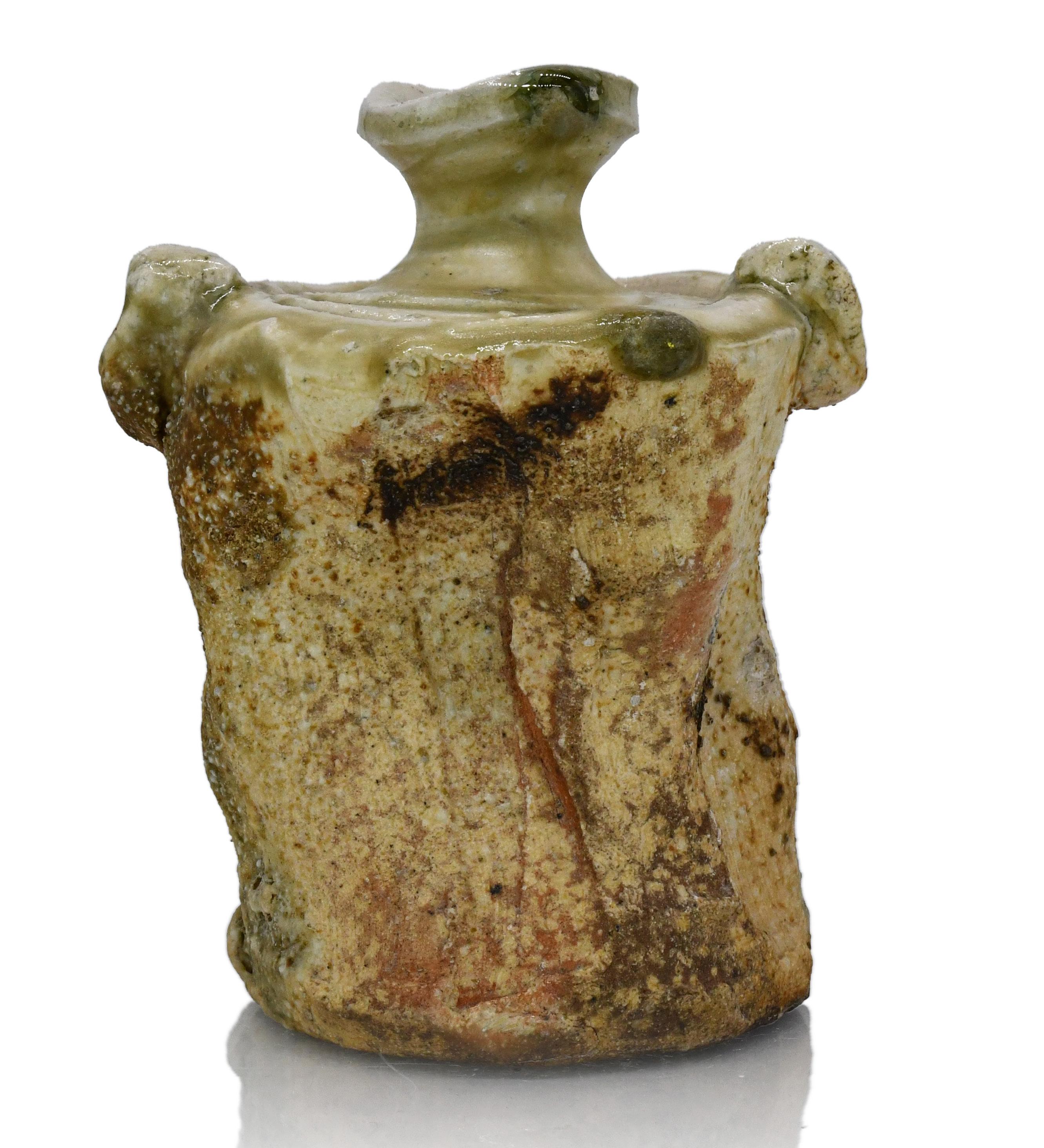
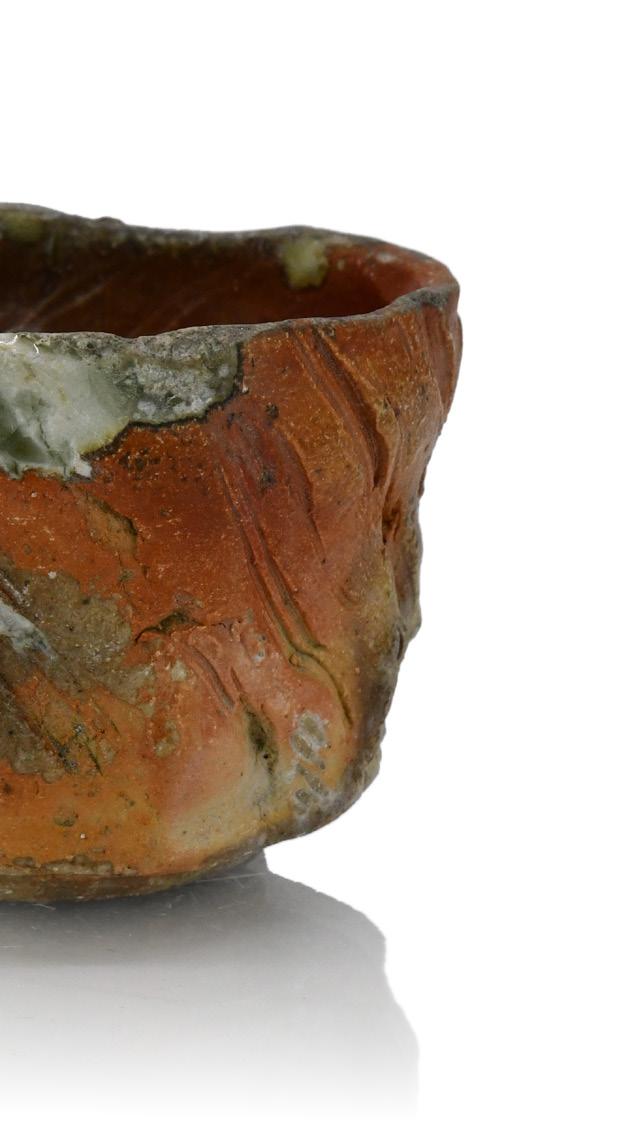
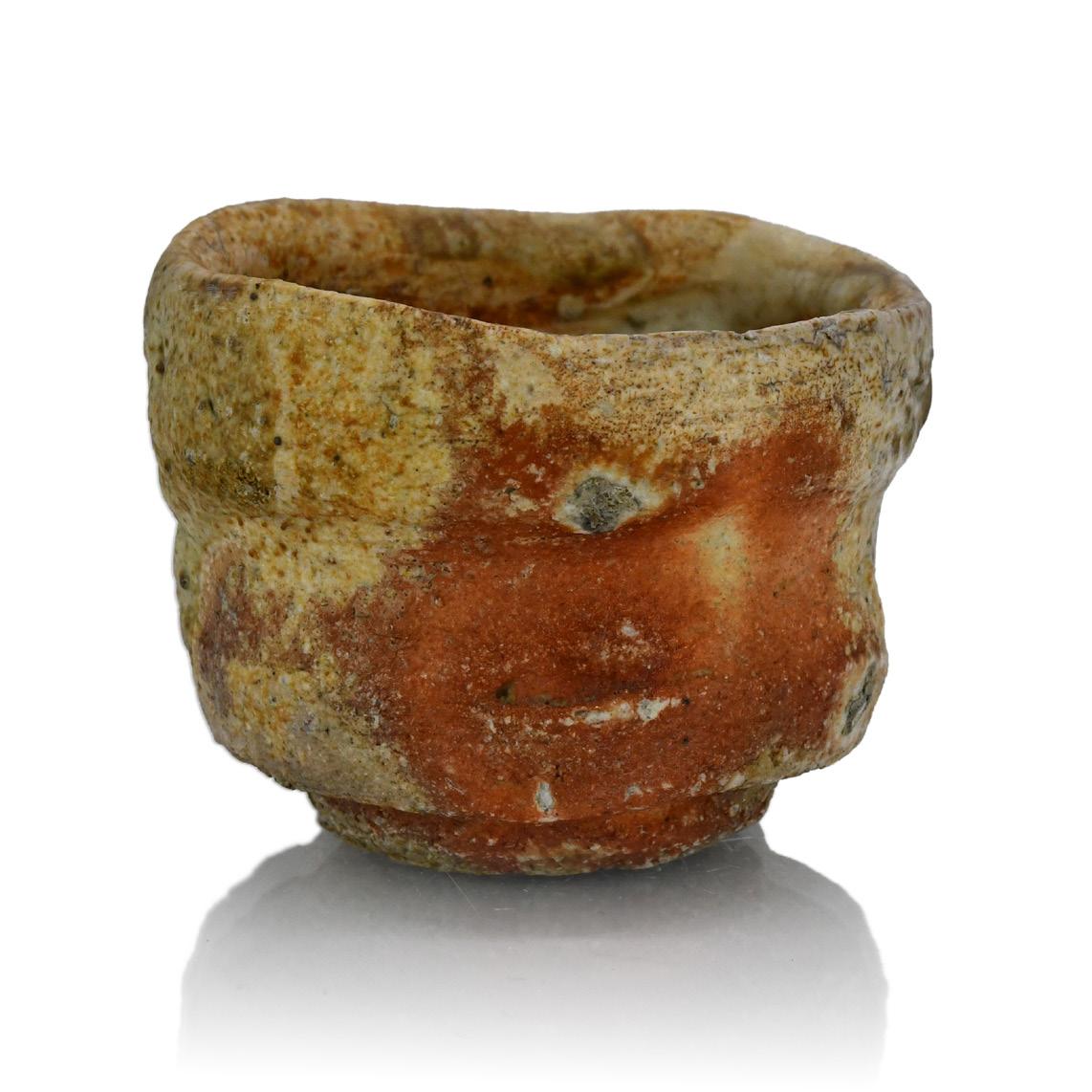

11 works available
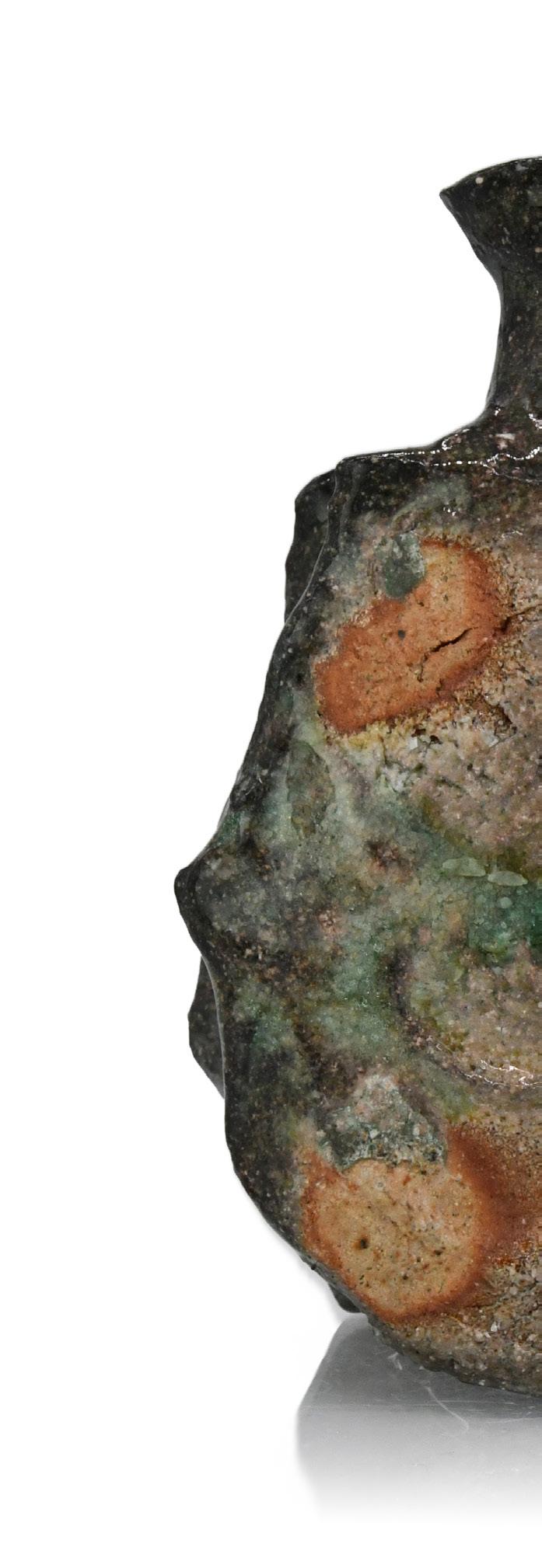
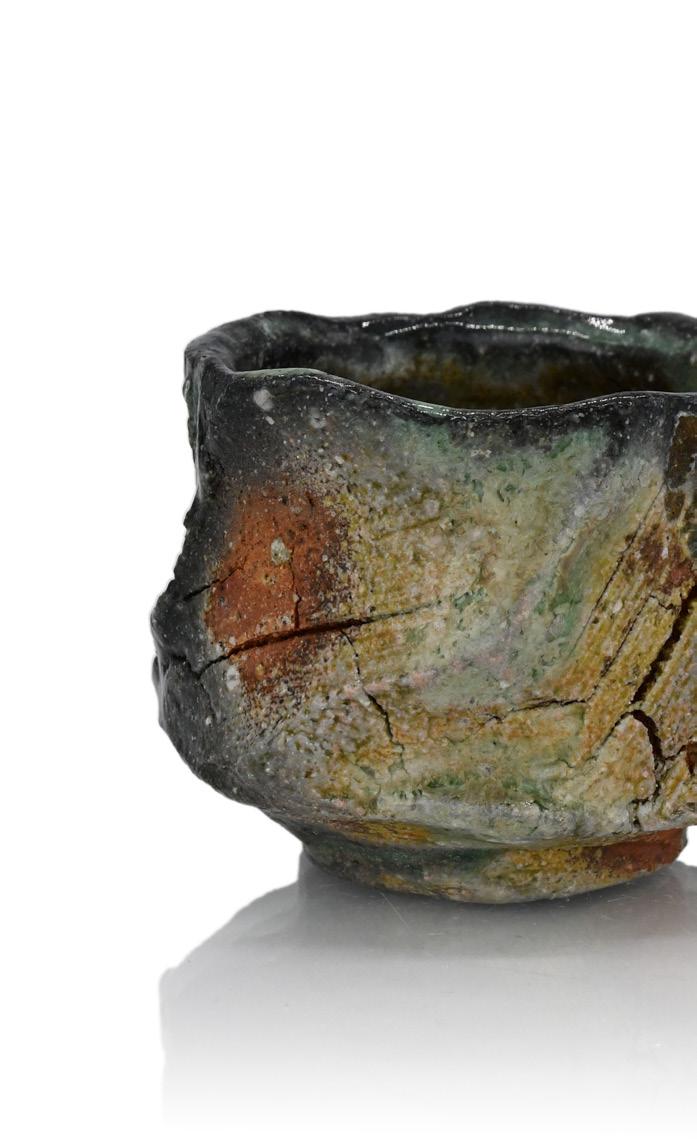
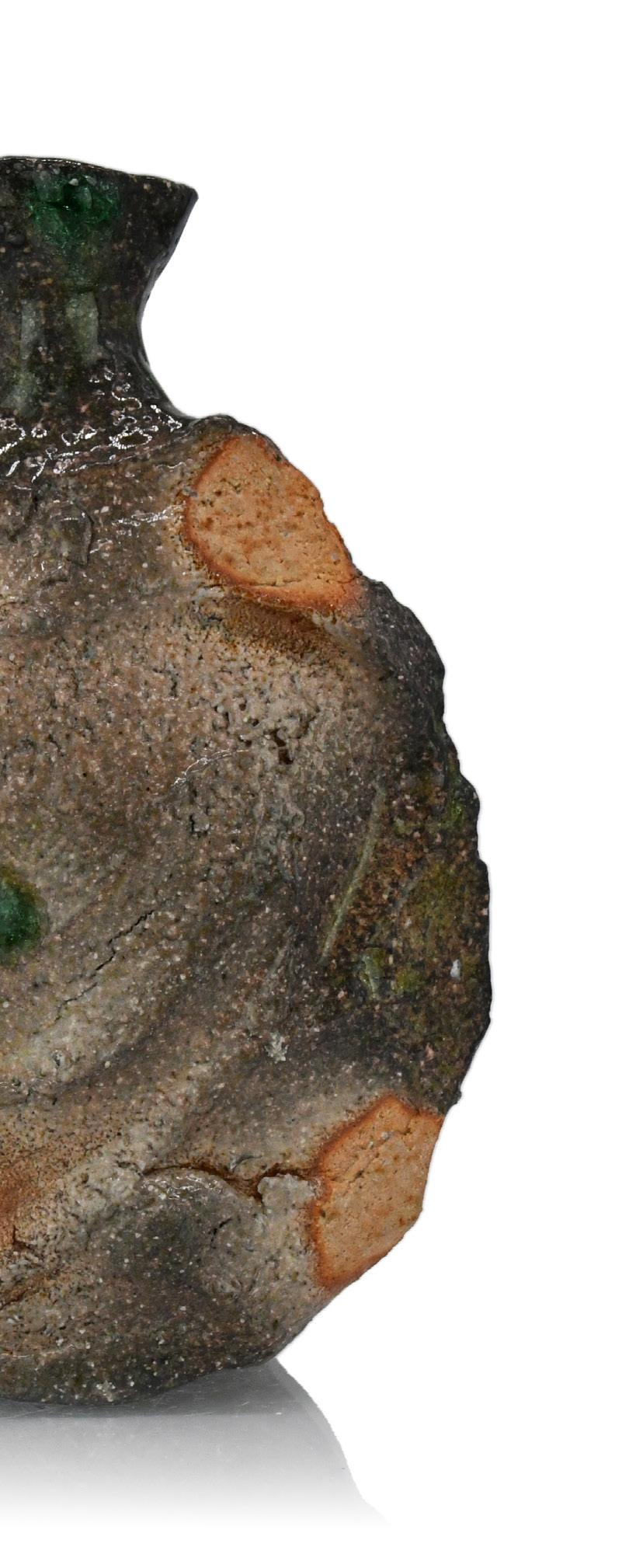

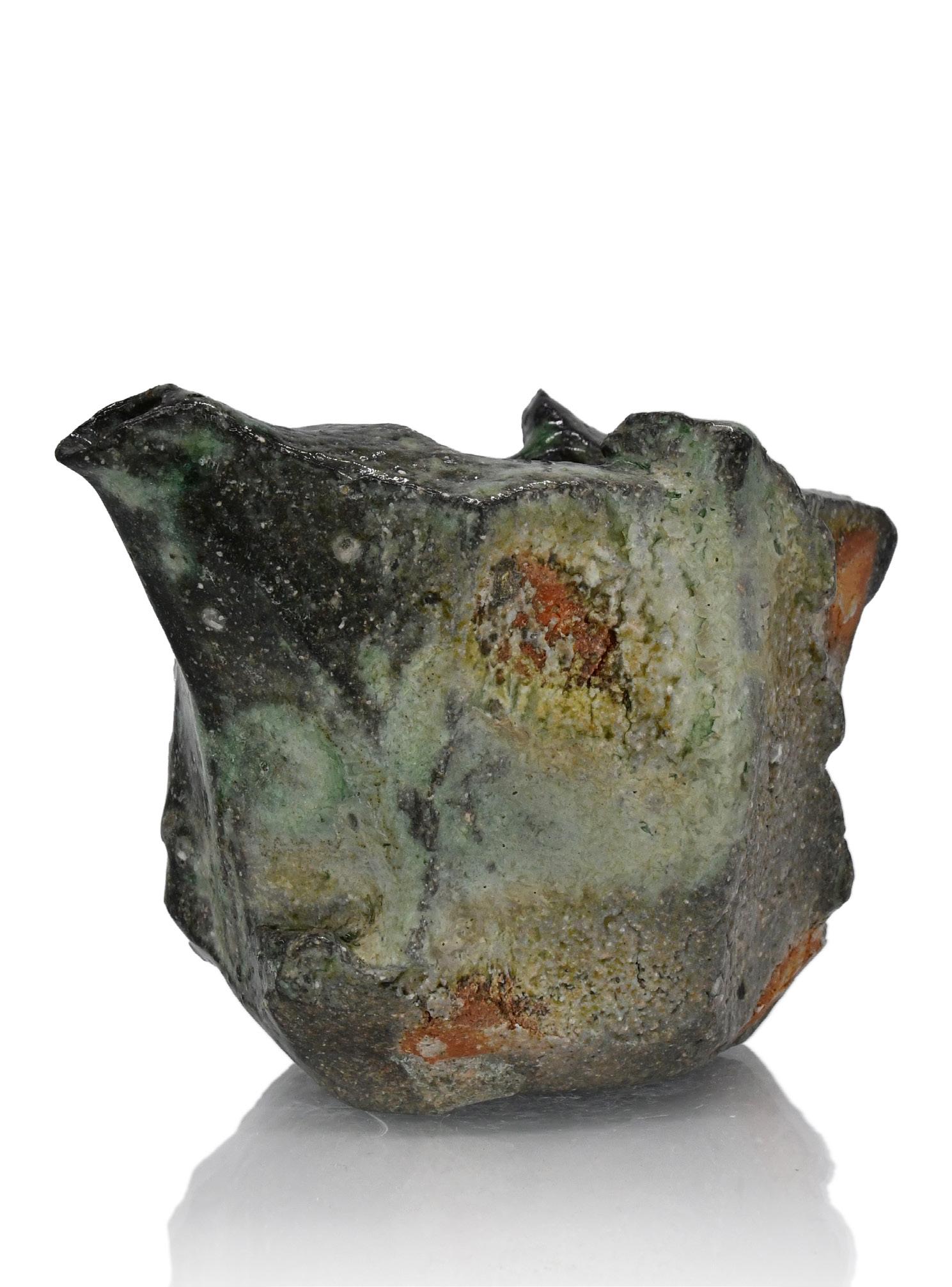
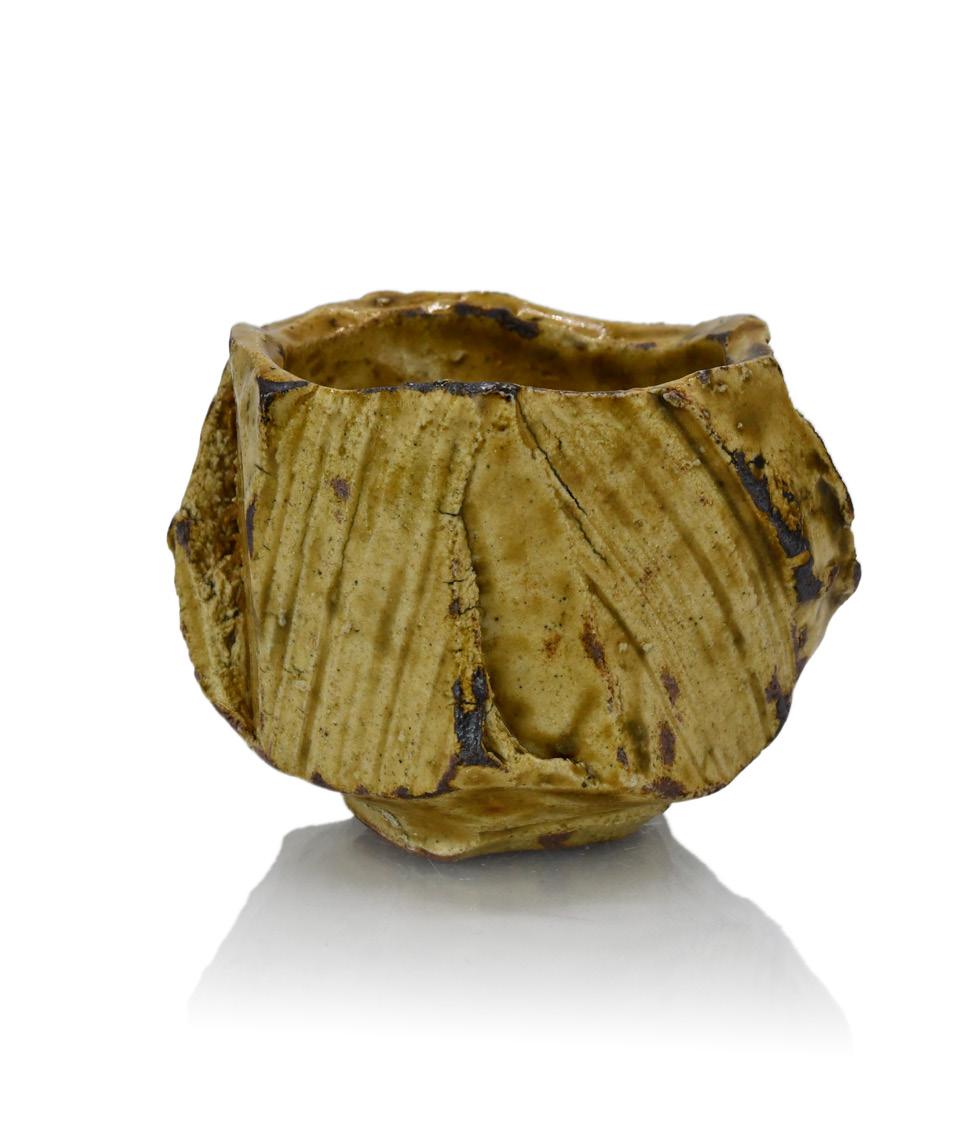
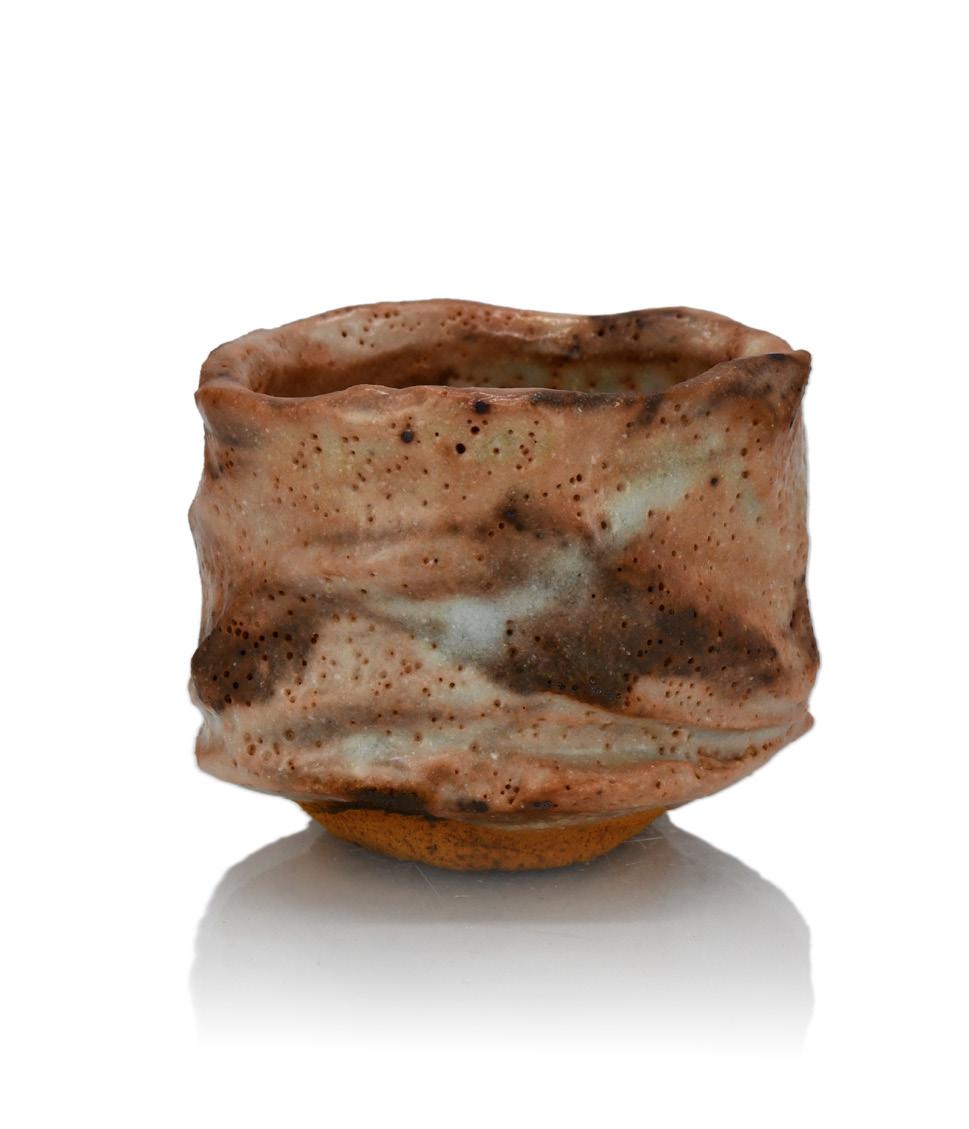


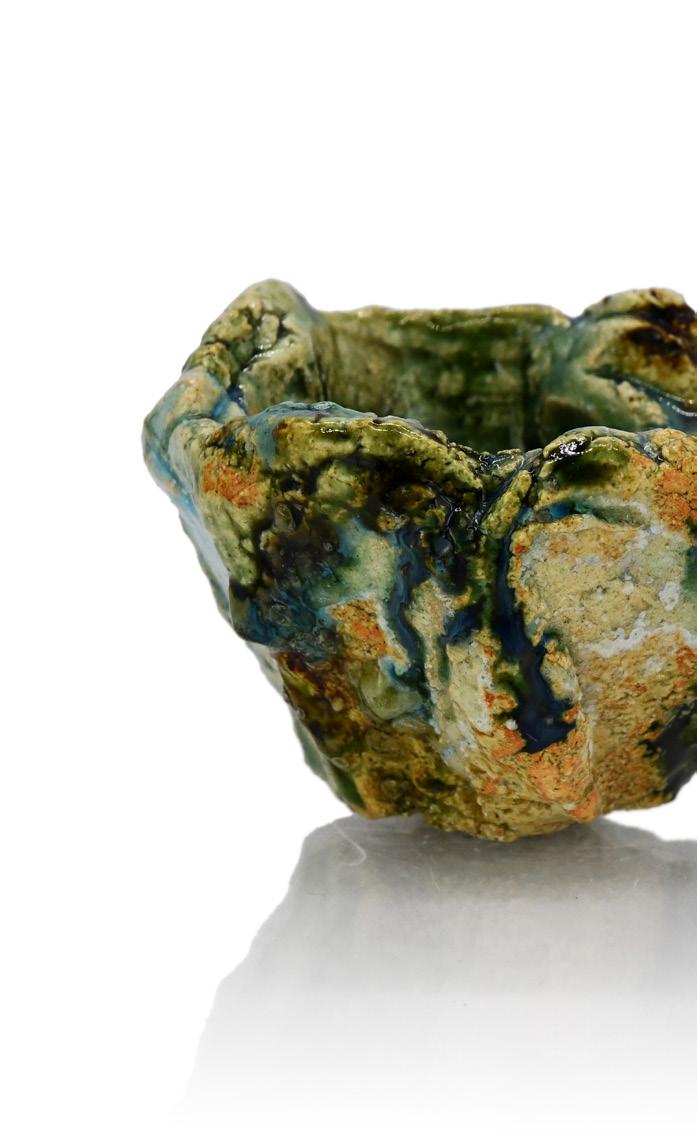


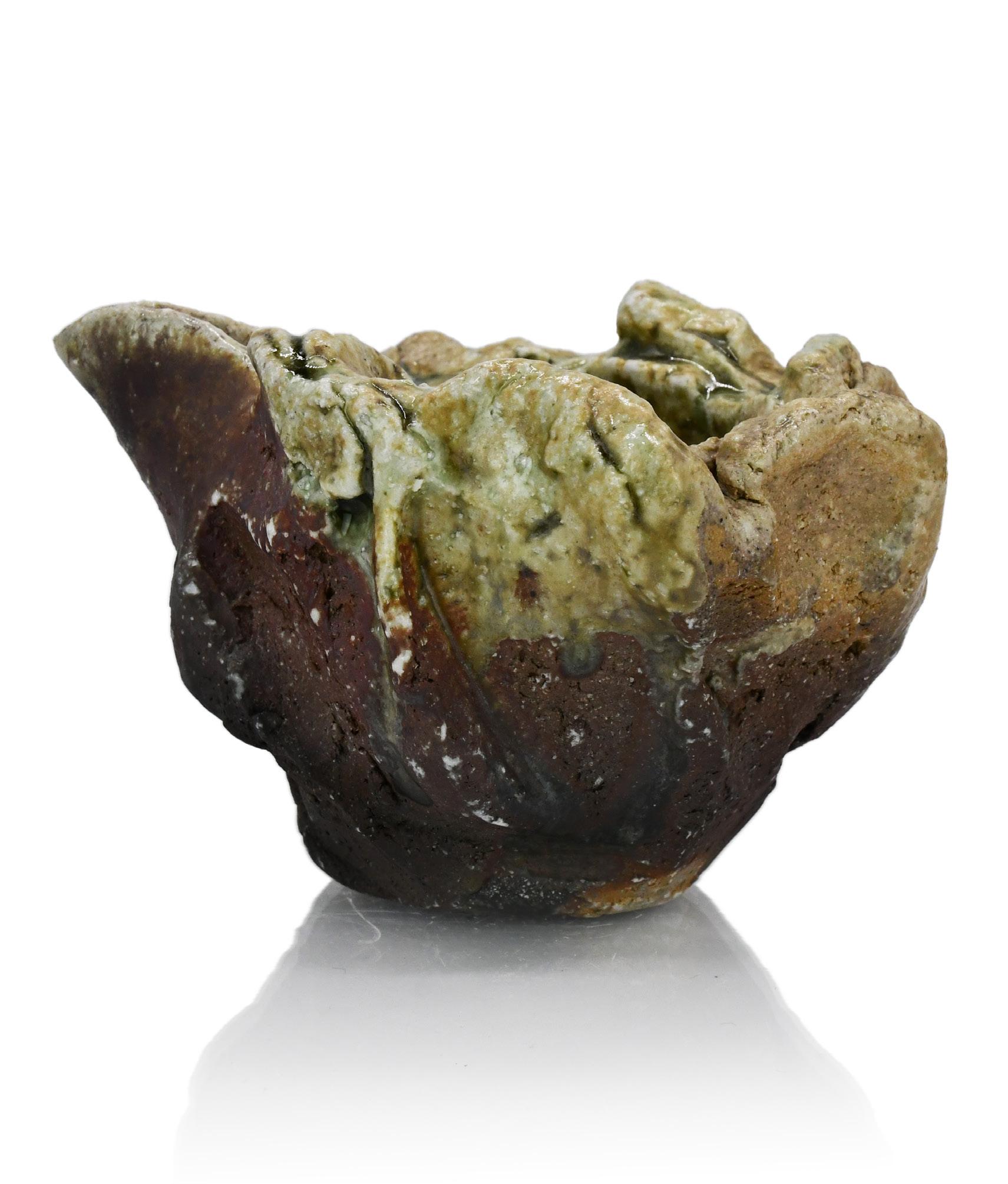
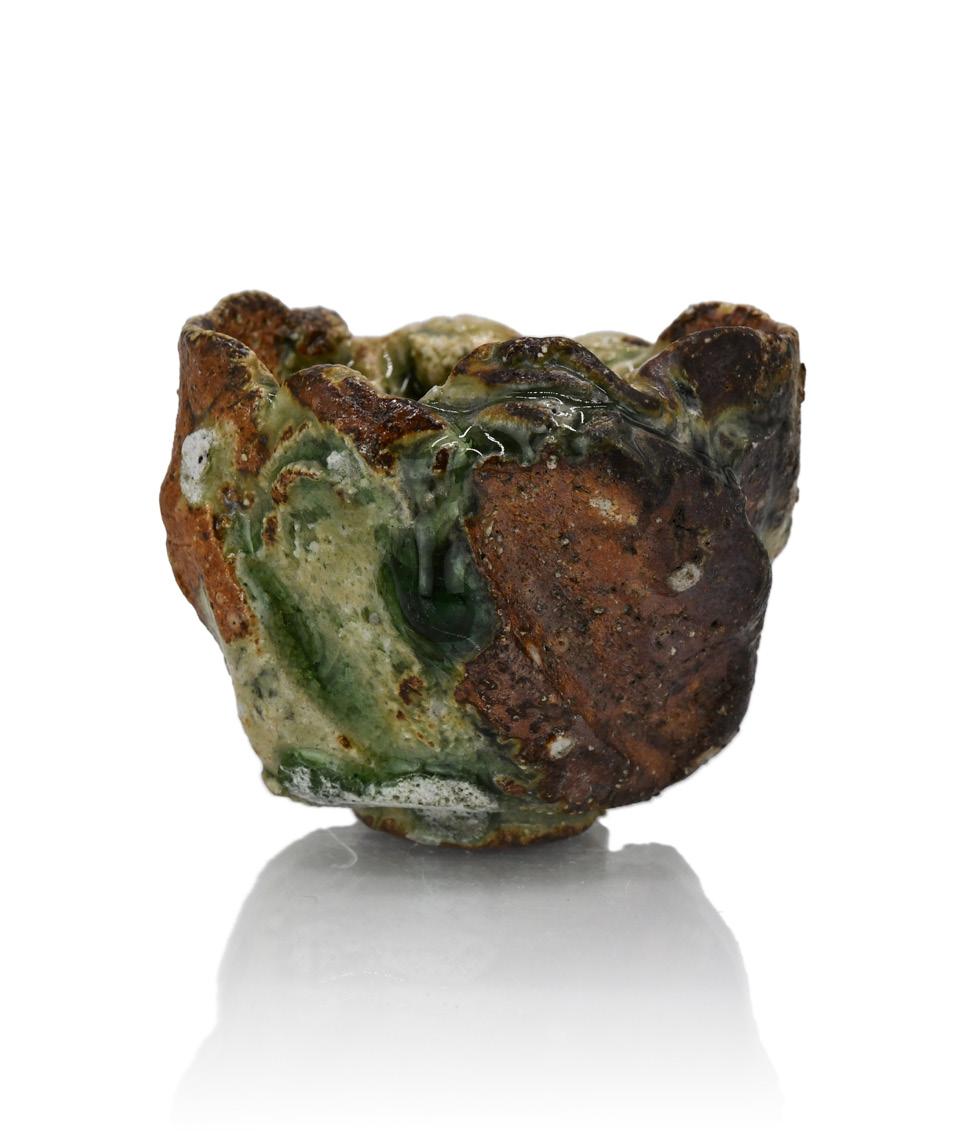
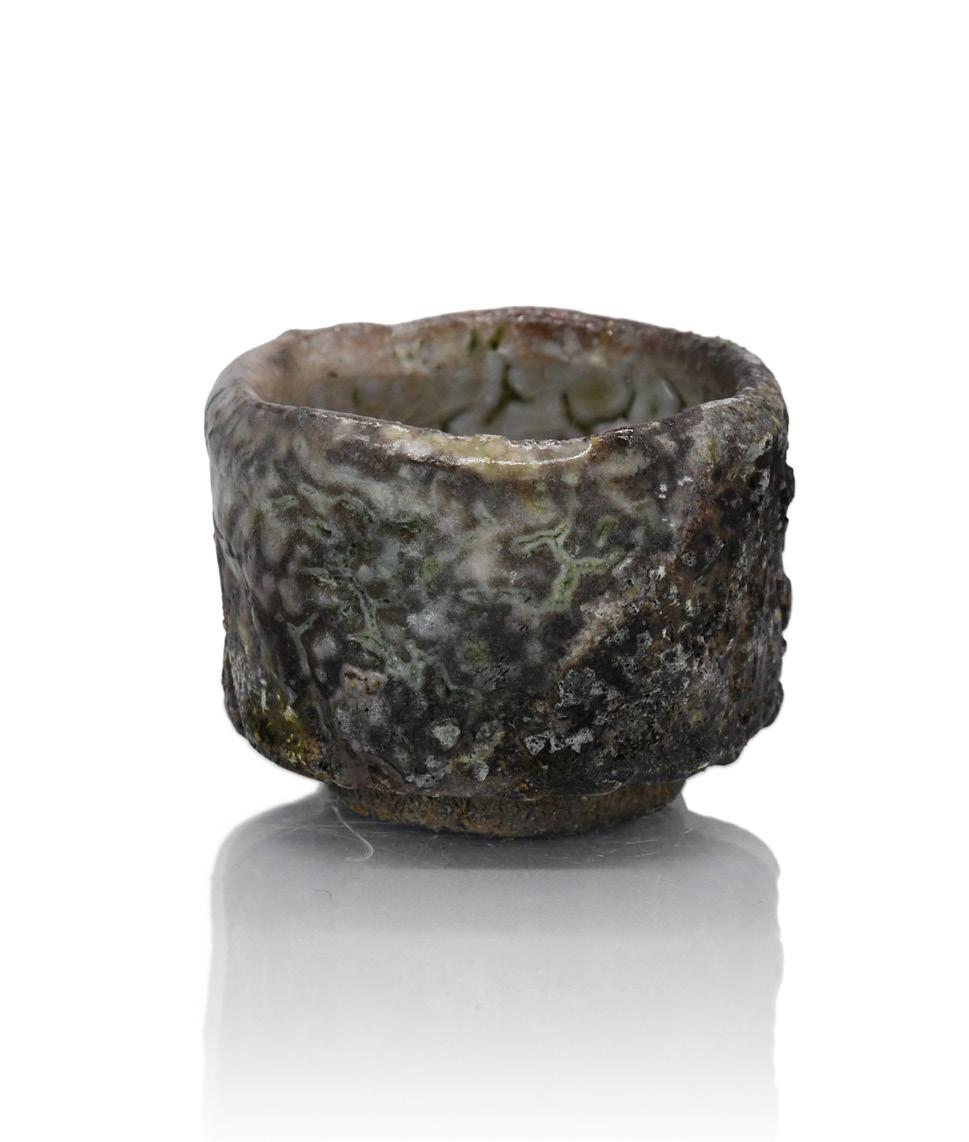

15 works available
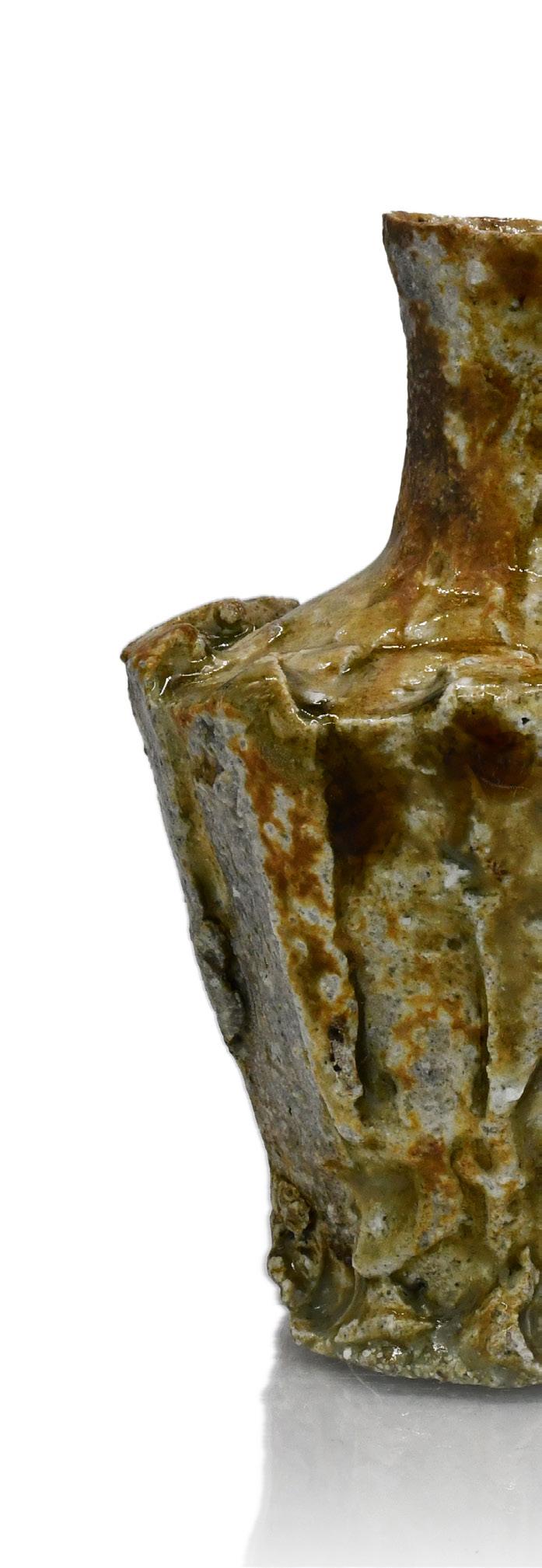
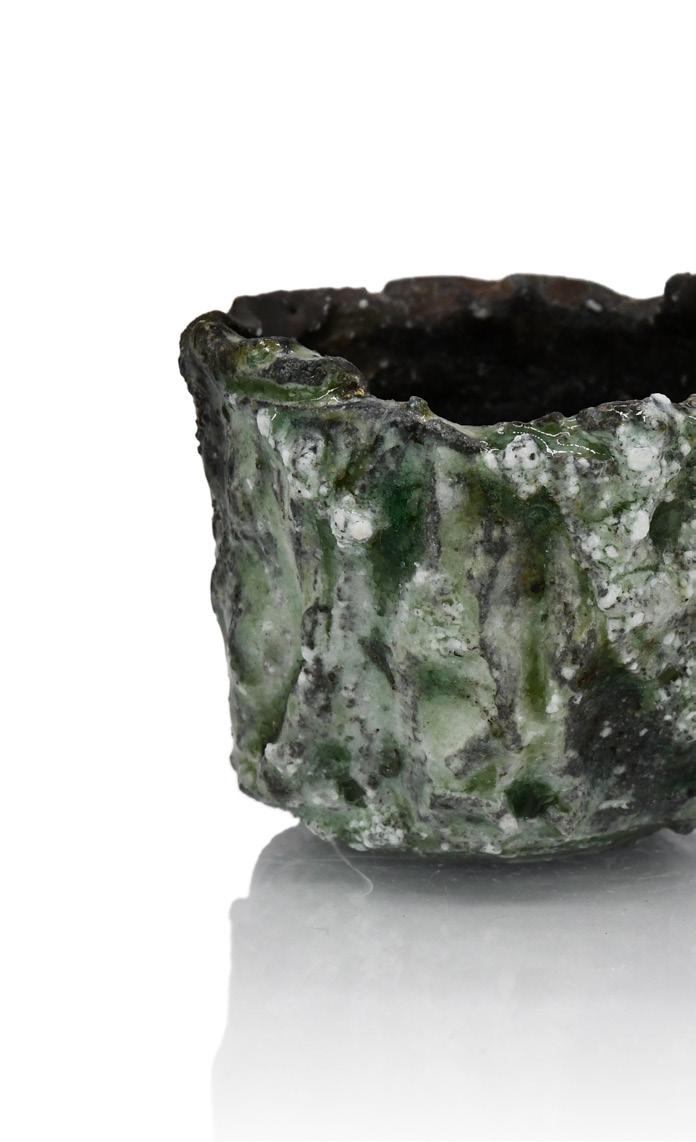


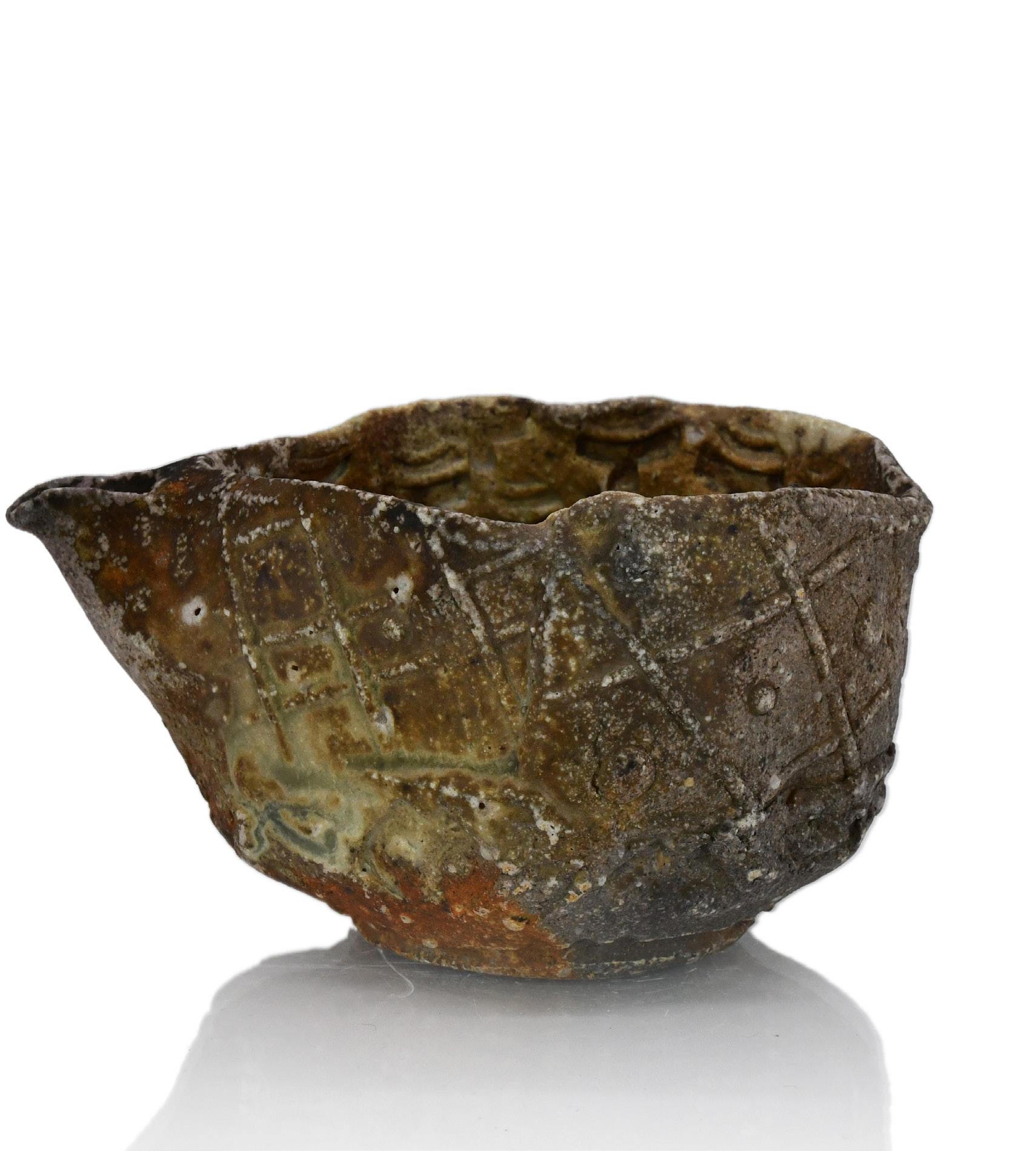
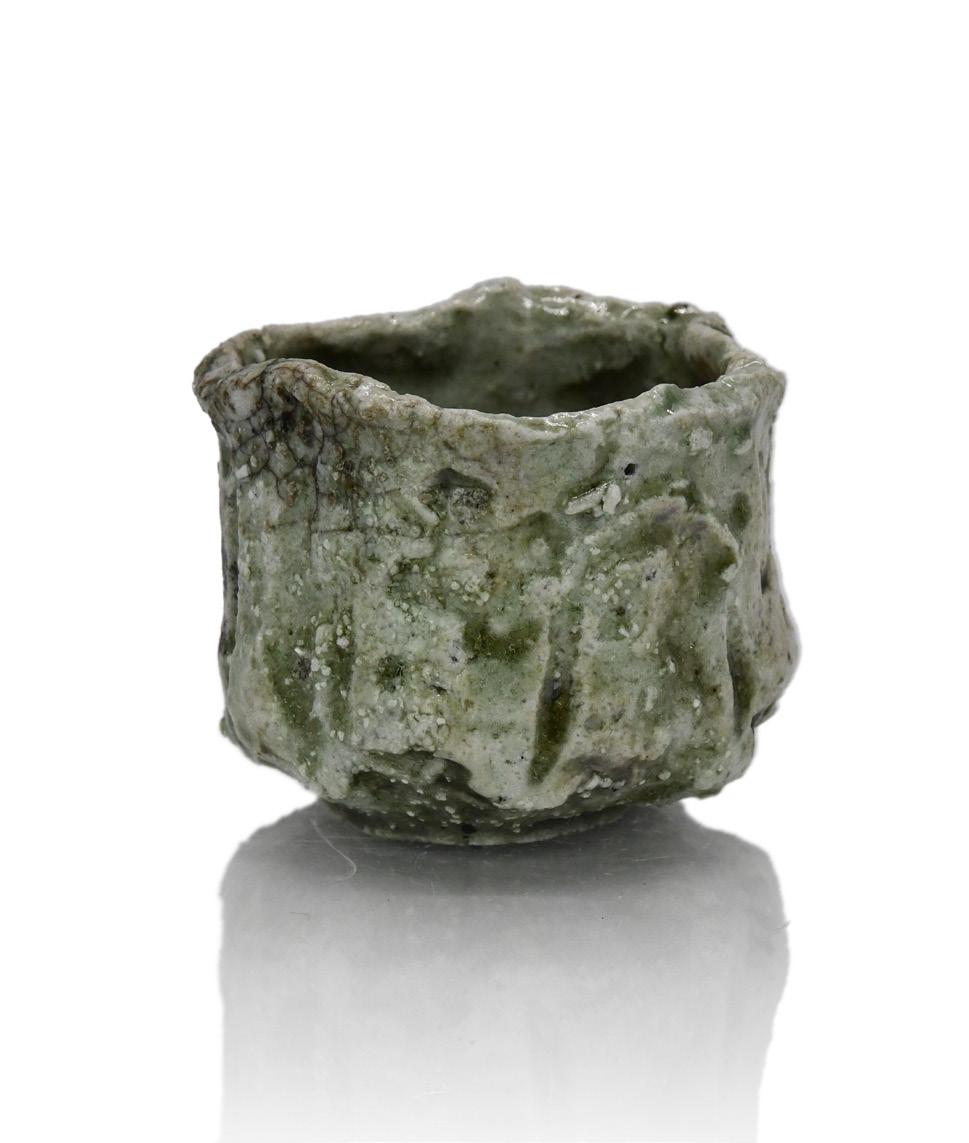
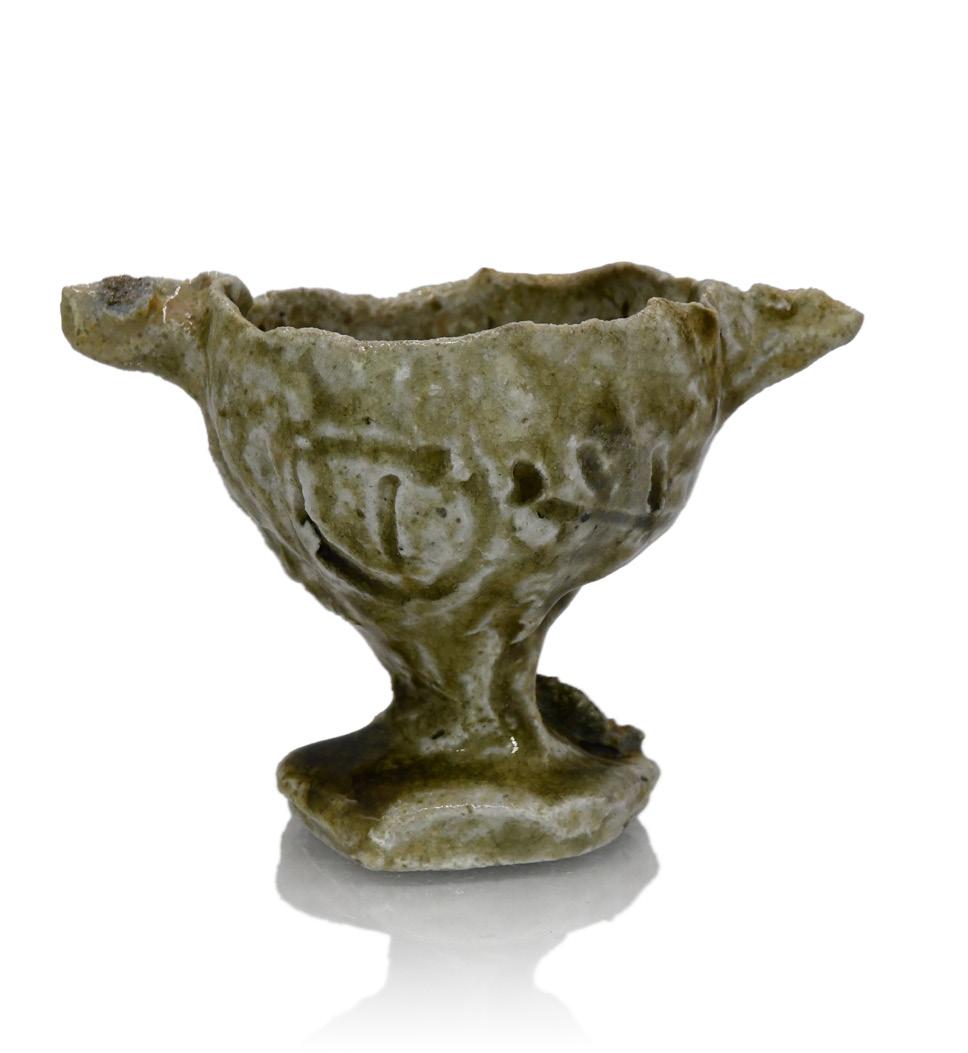

13 works available
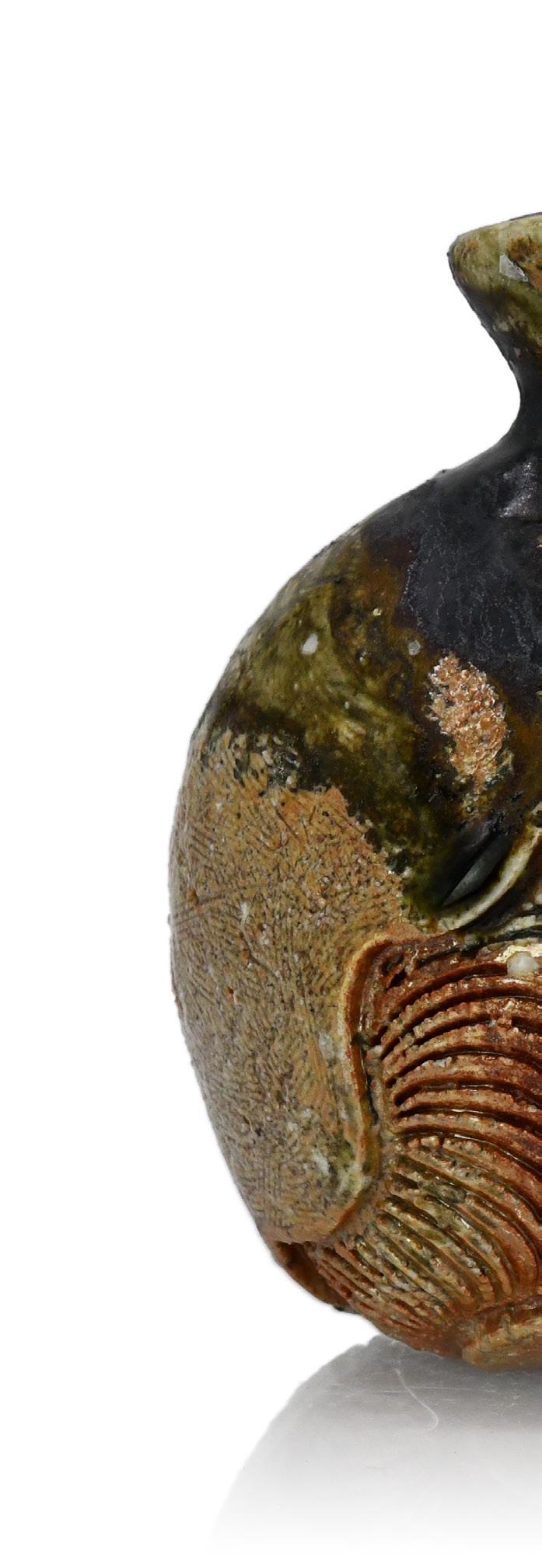
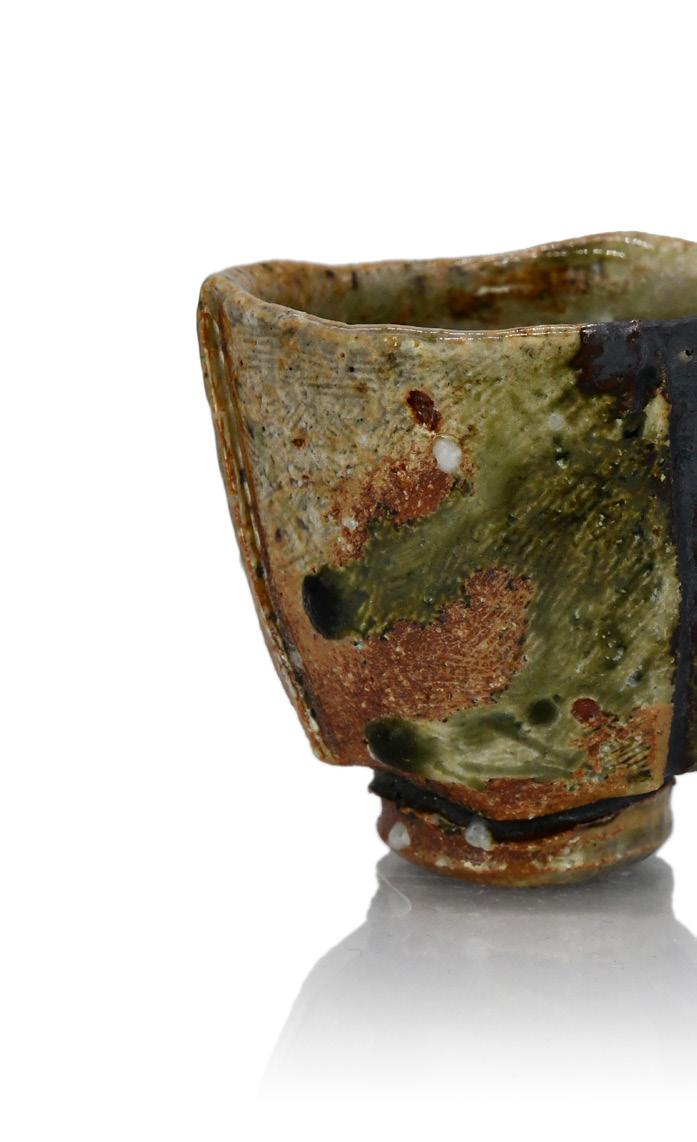
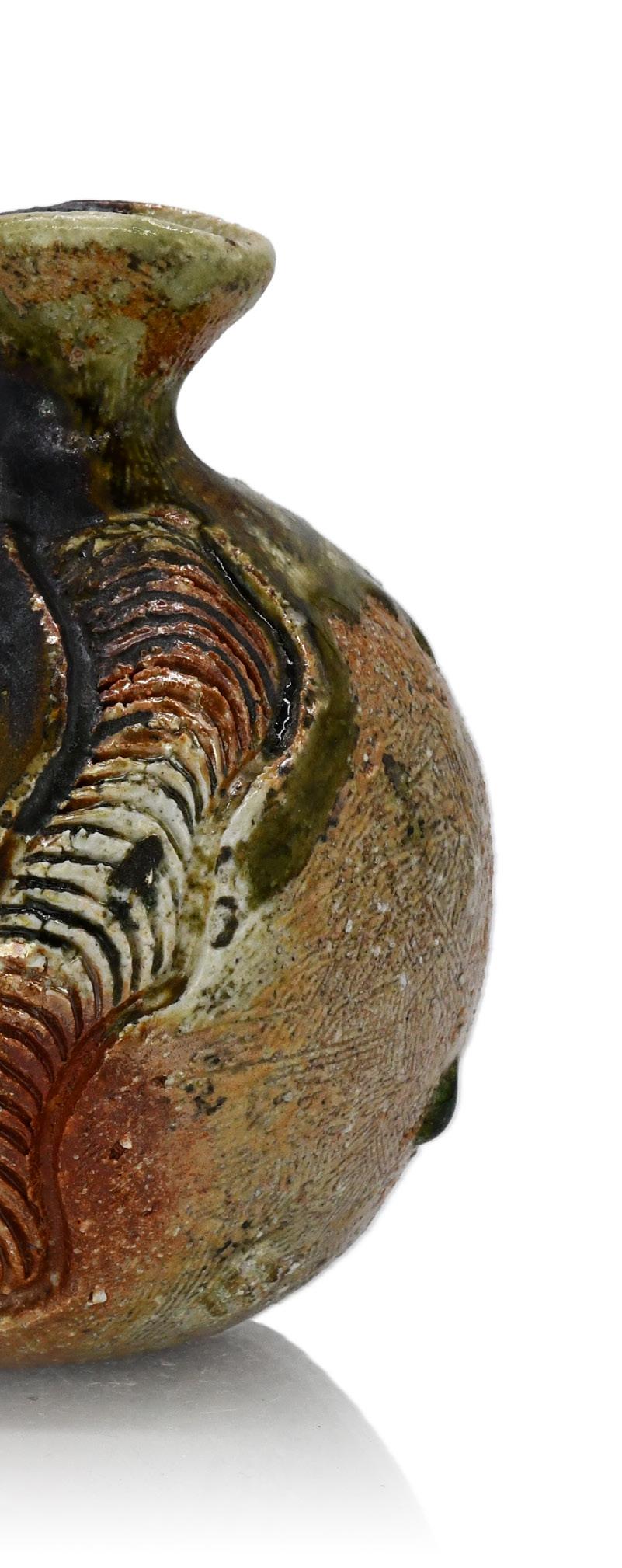

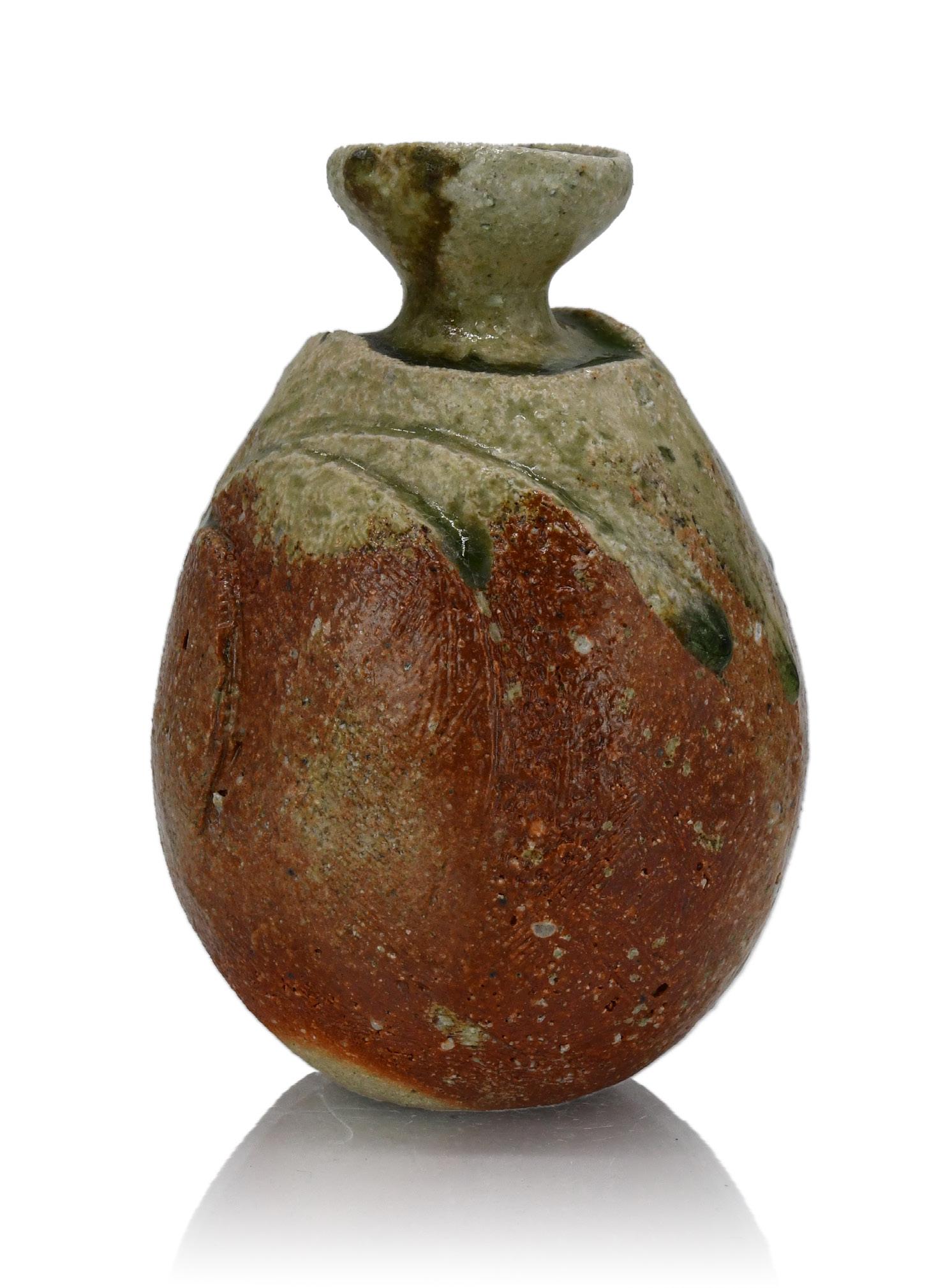
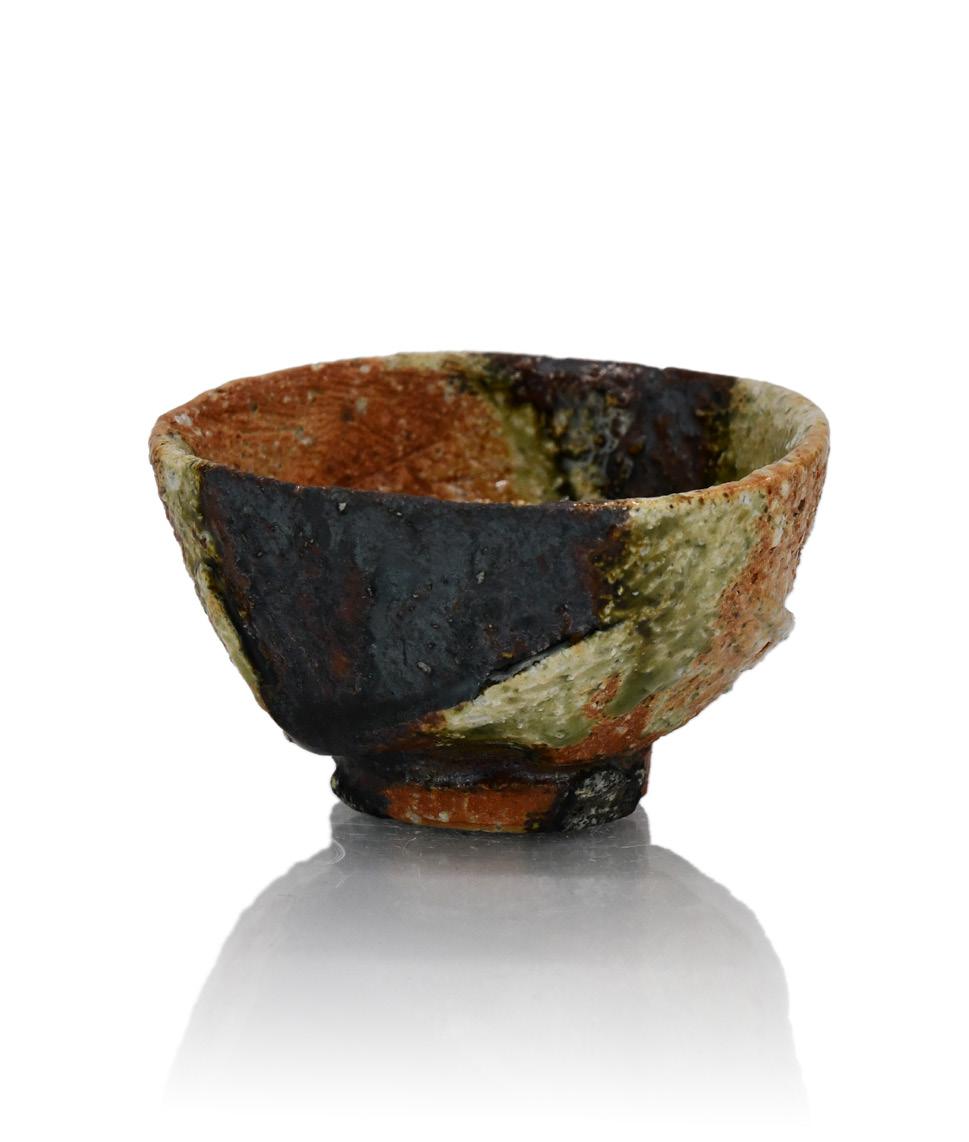
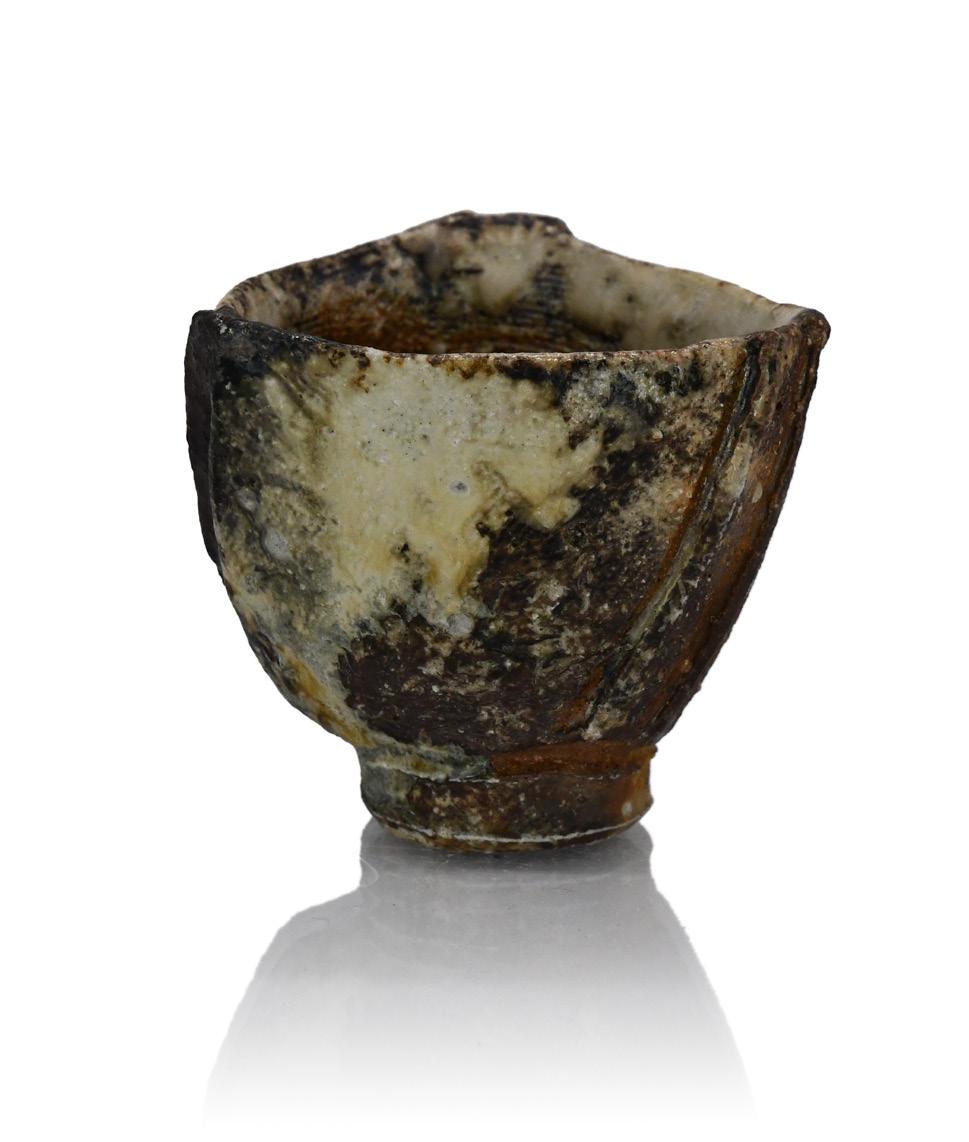

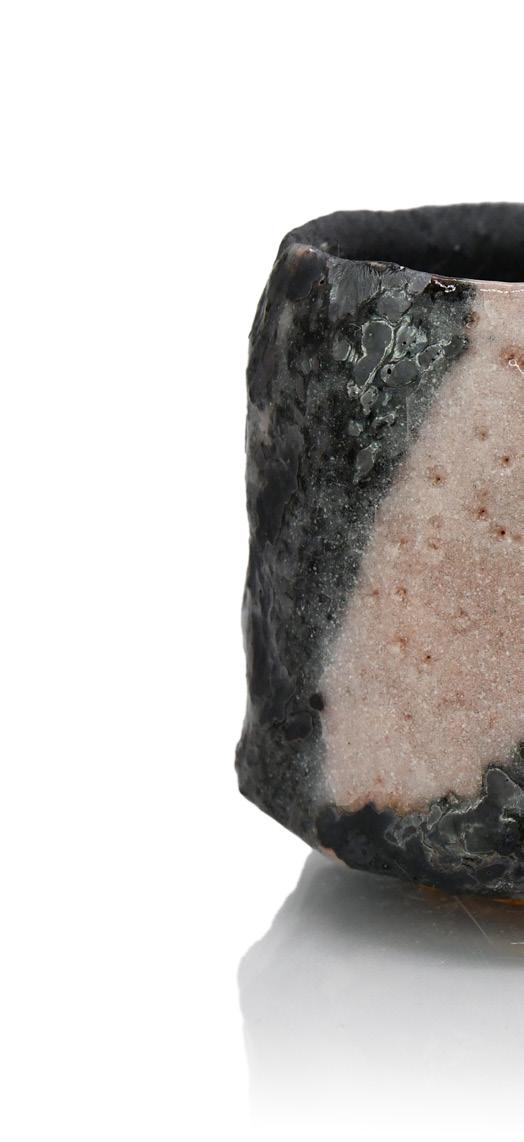
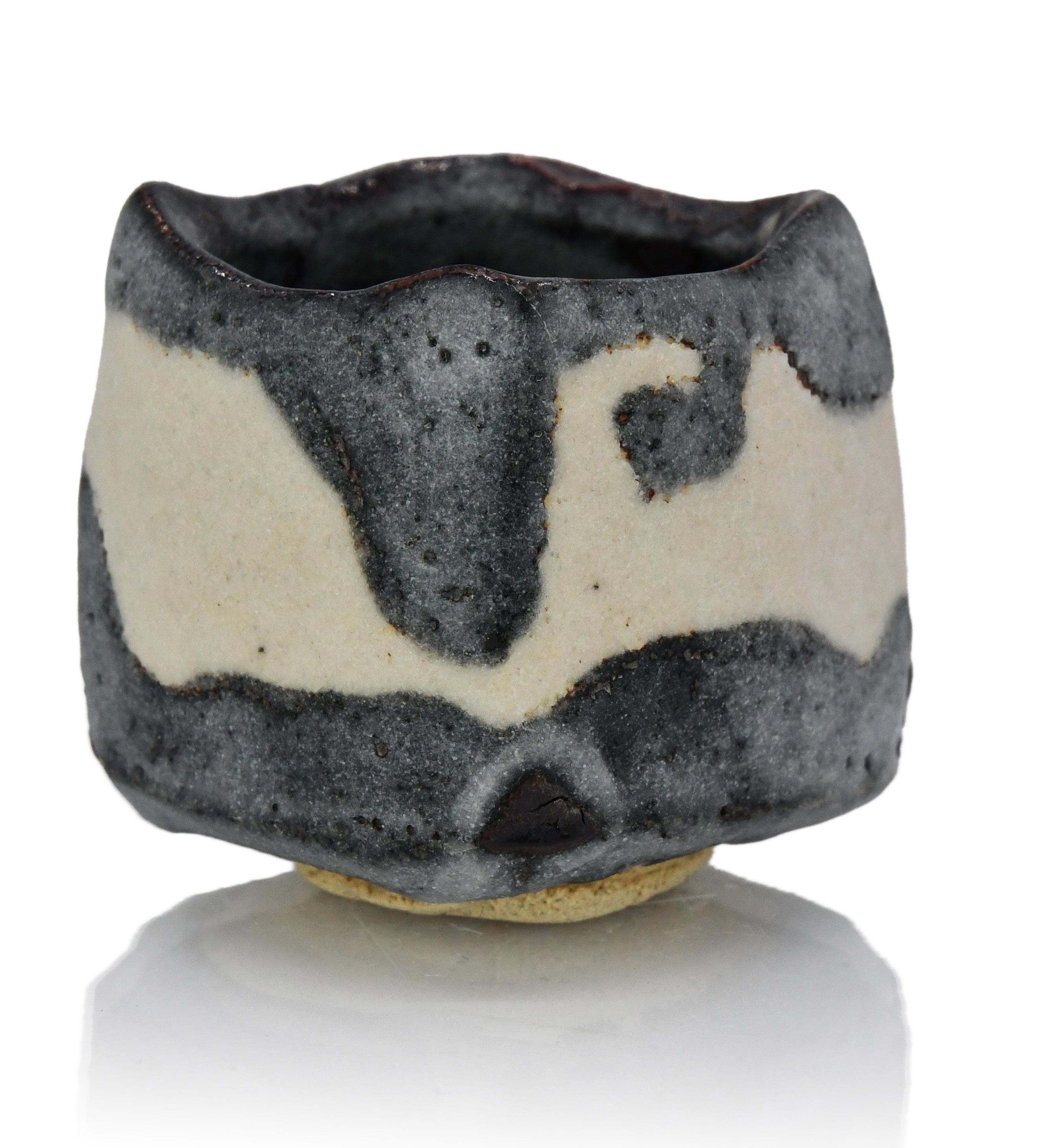
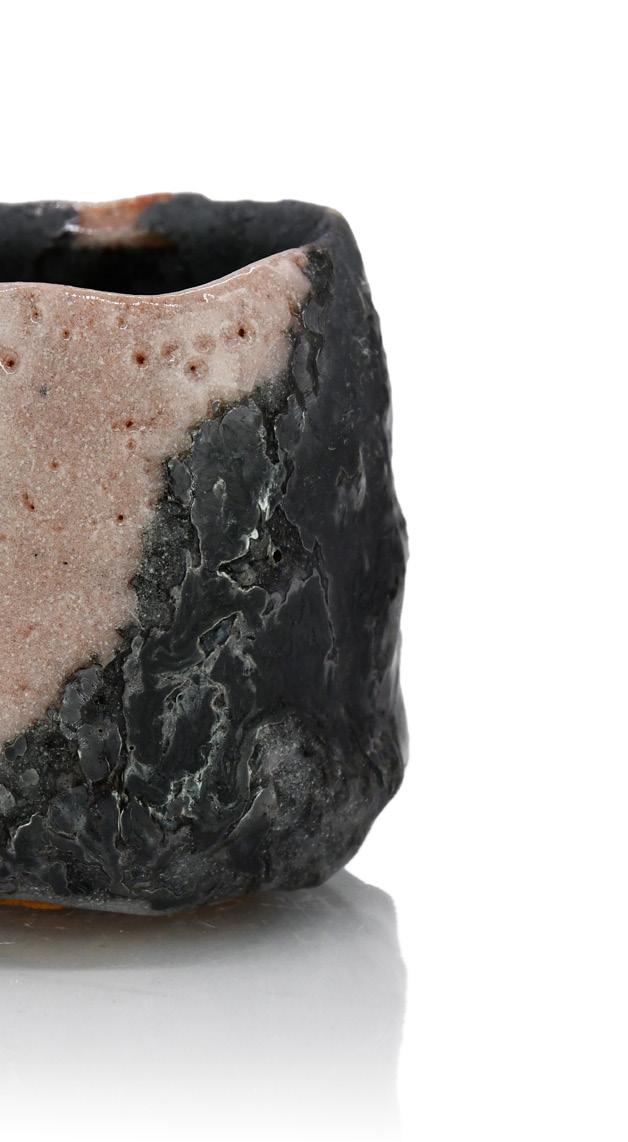
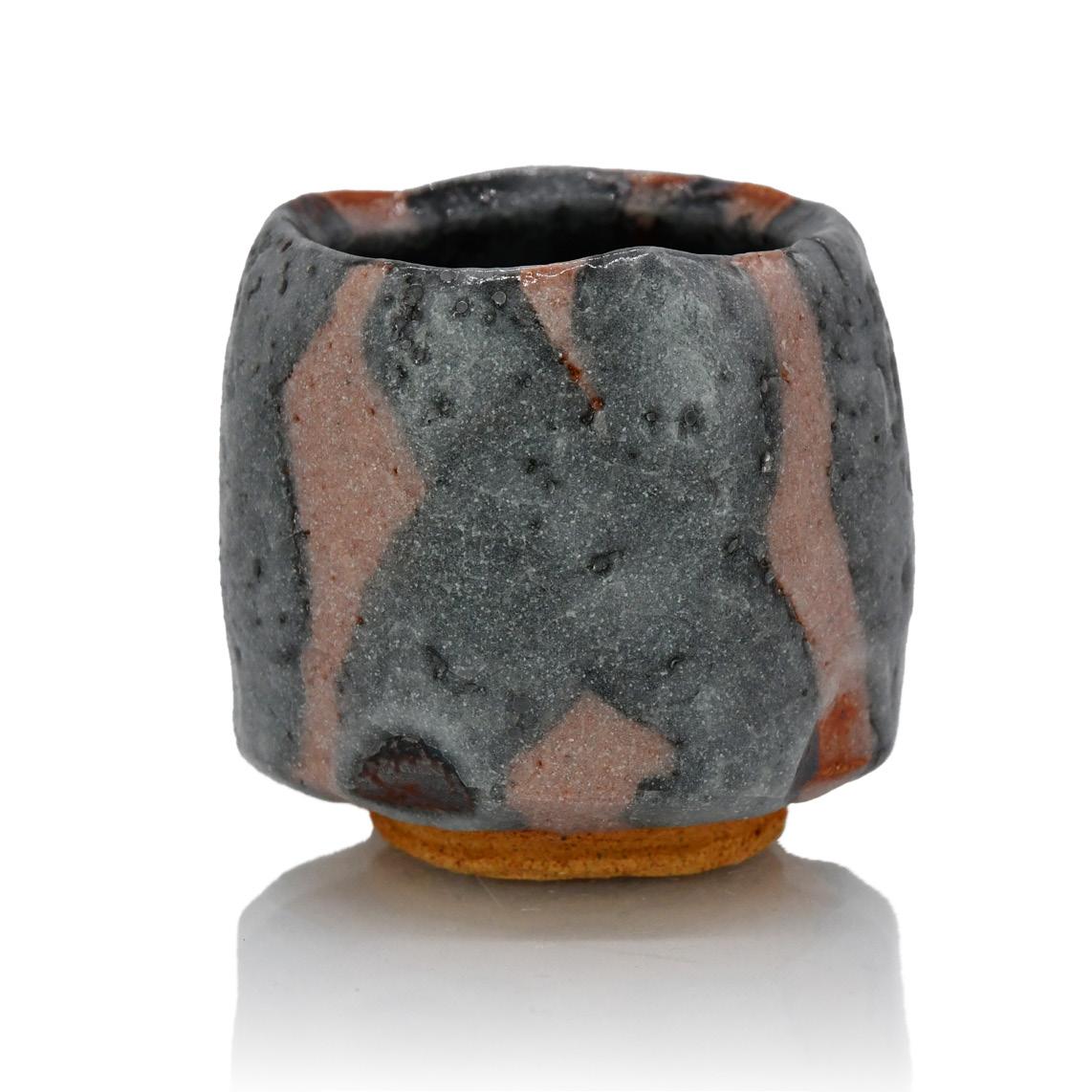

16 works available
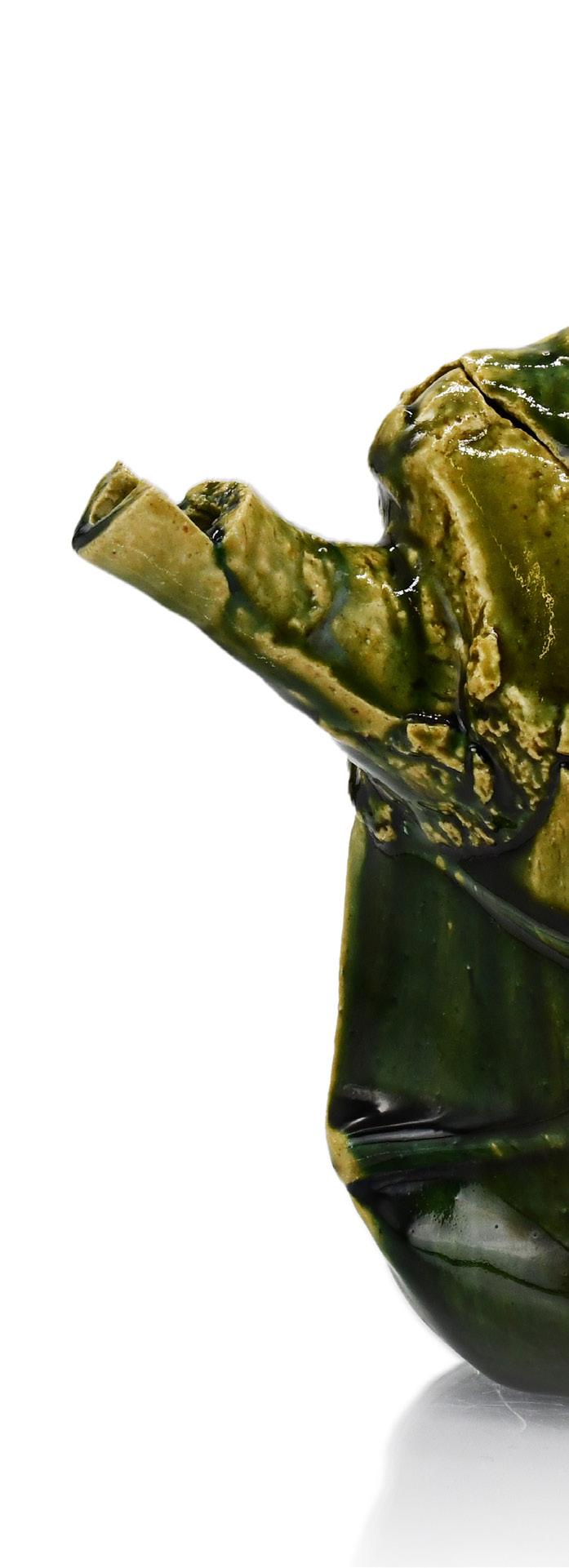
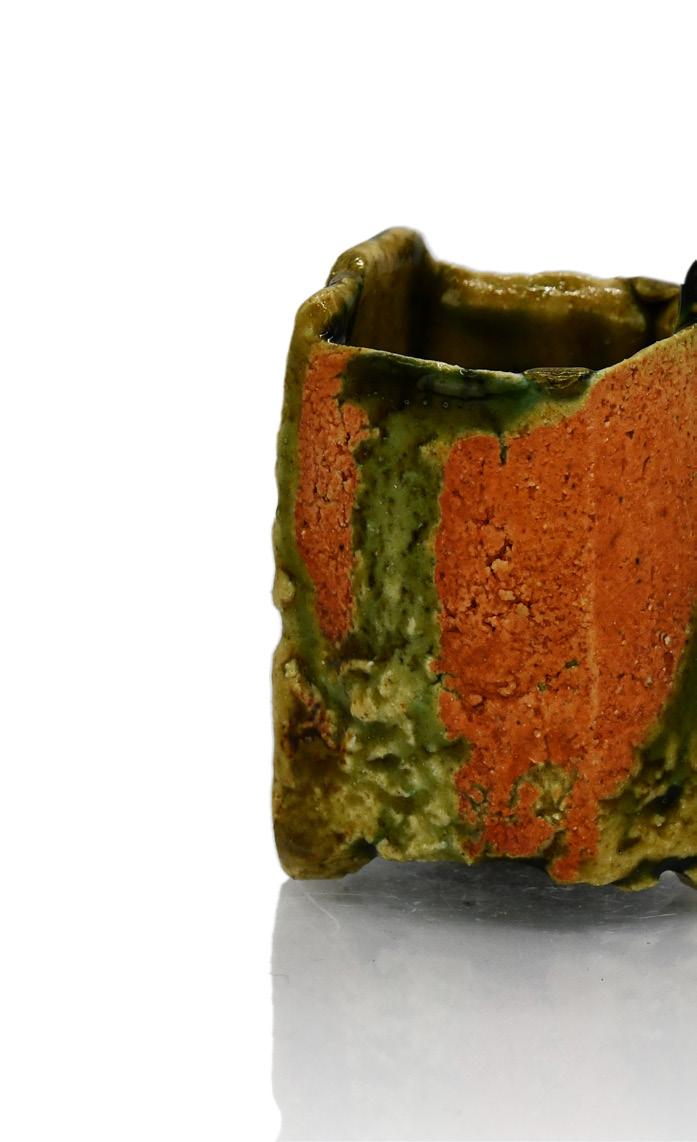
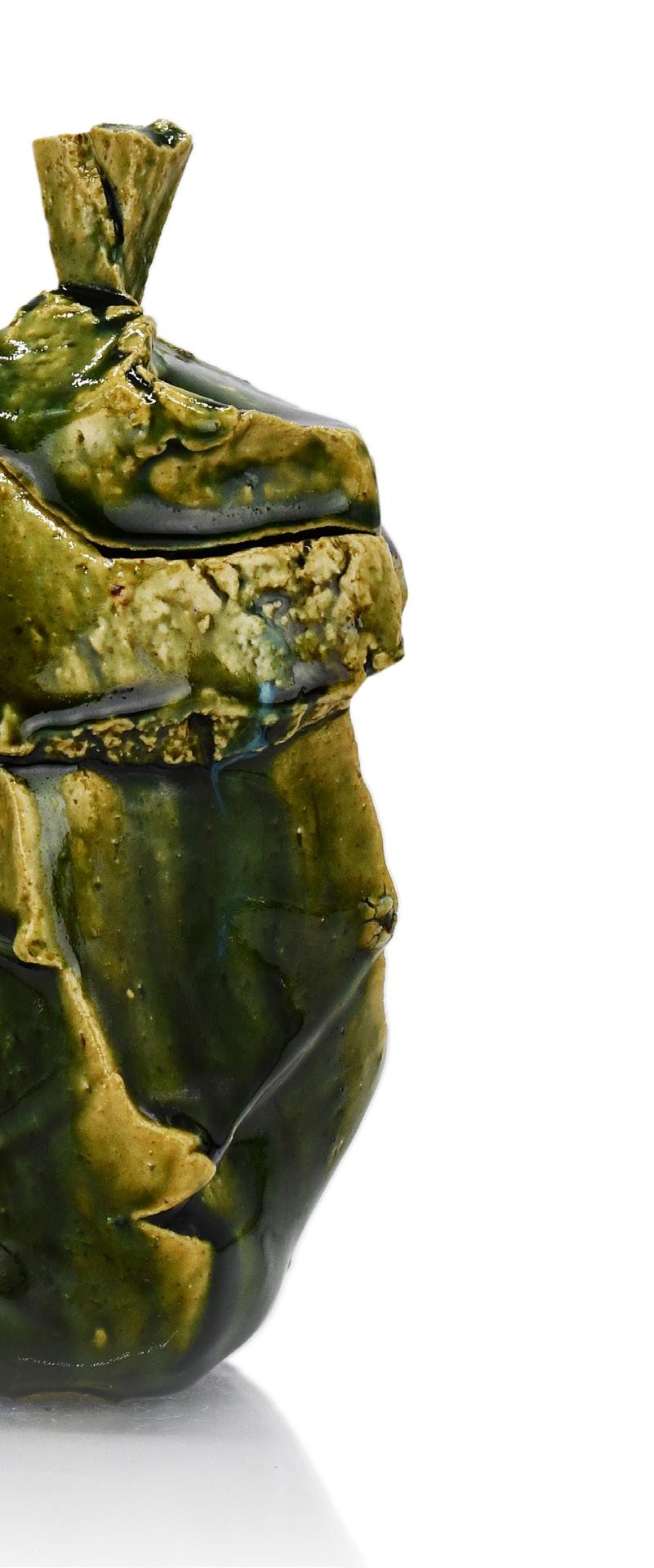

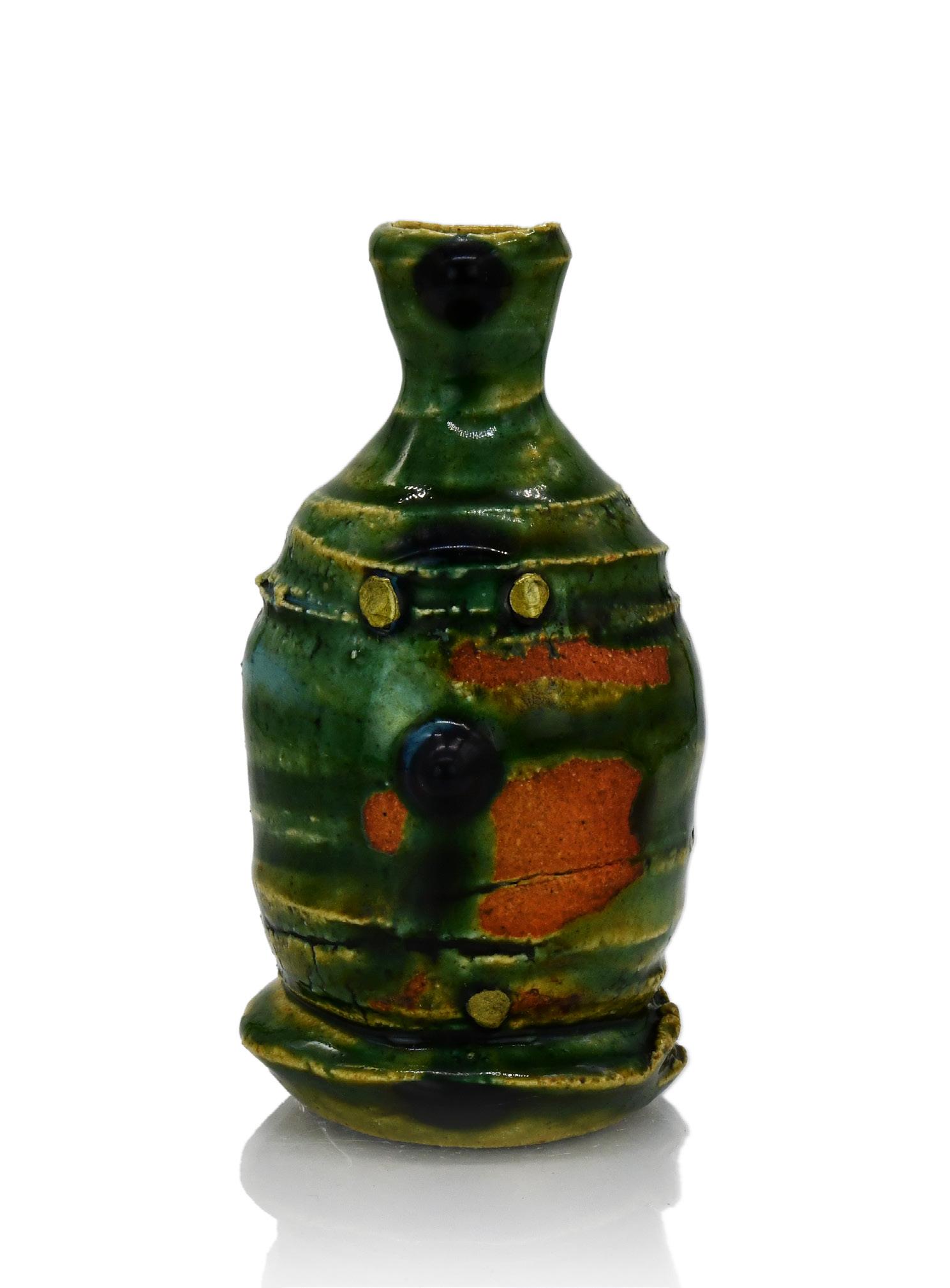
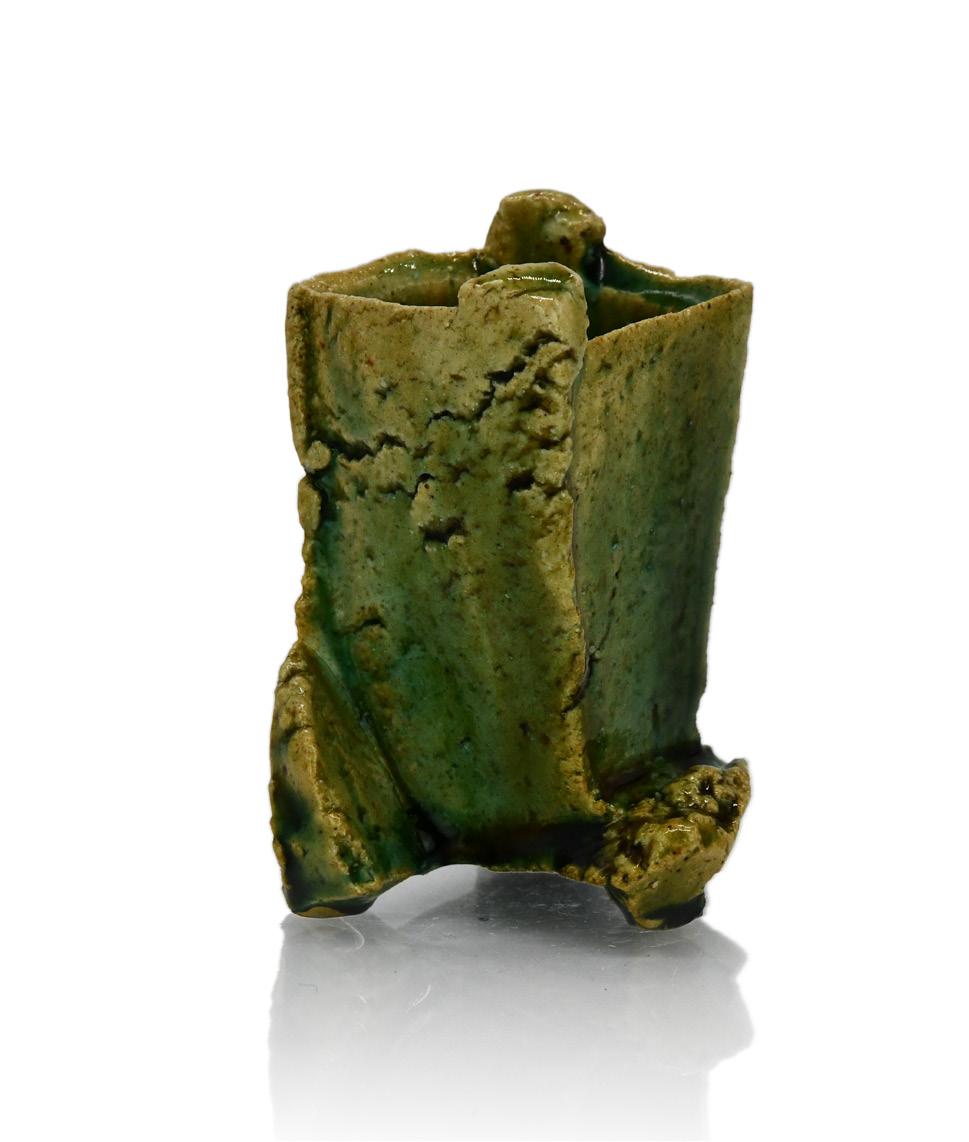


3 works available
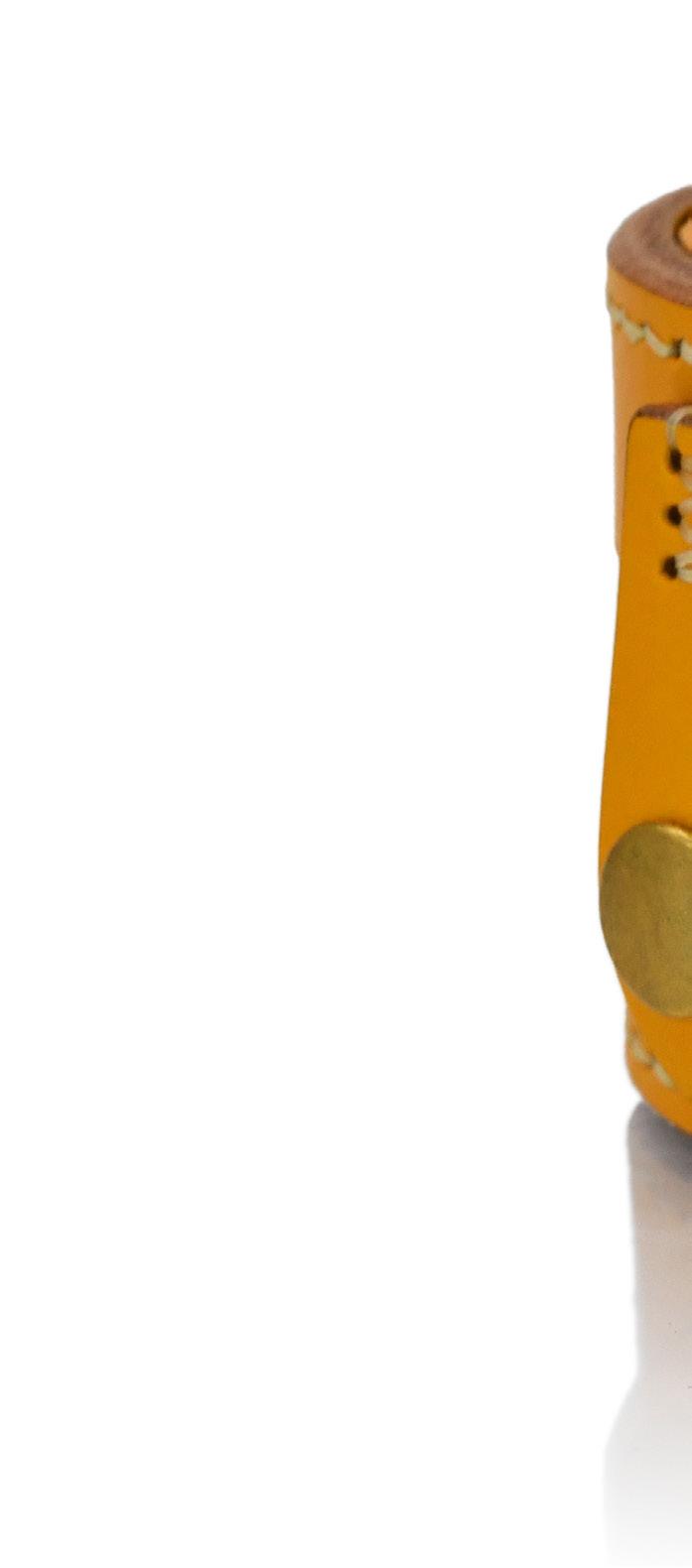
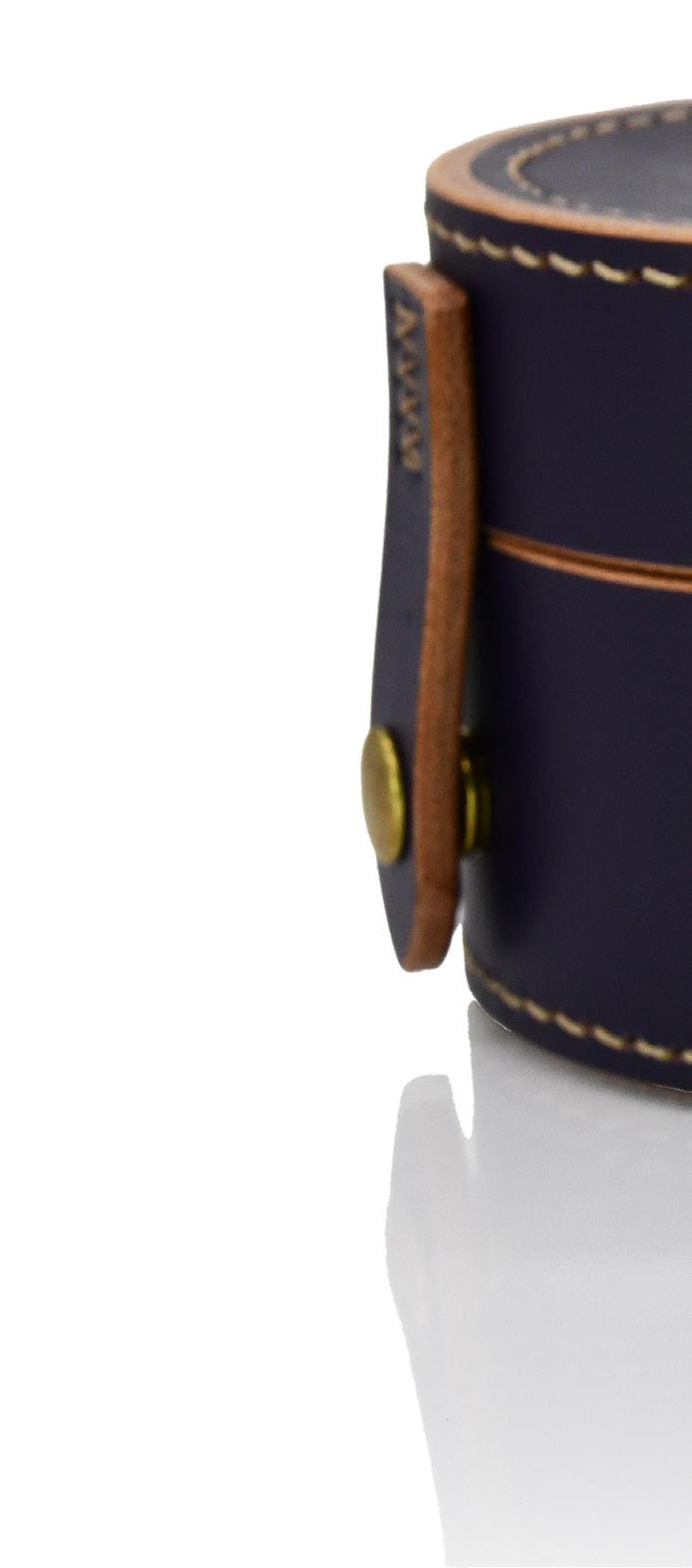
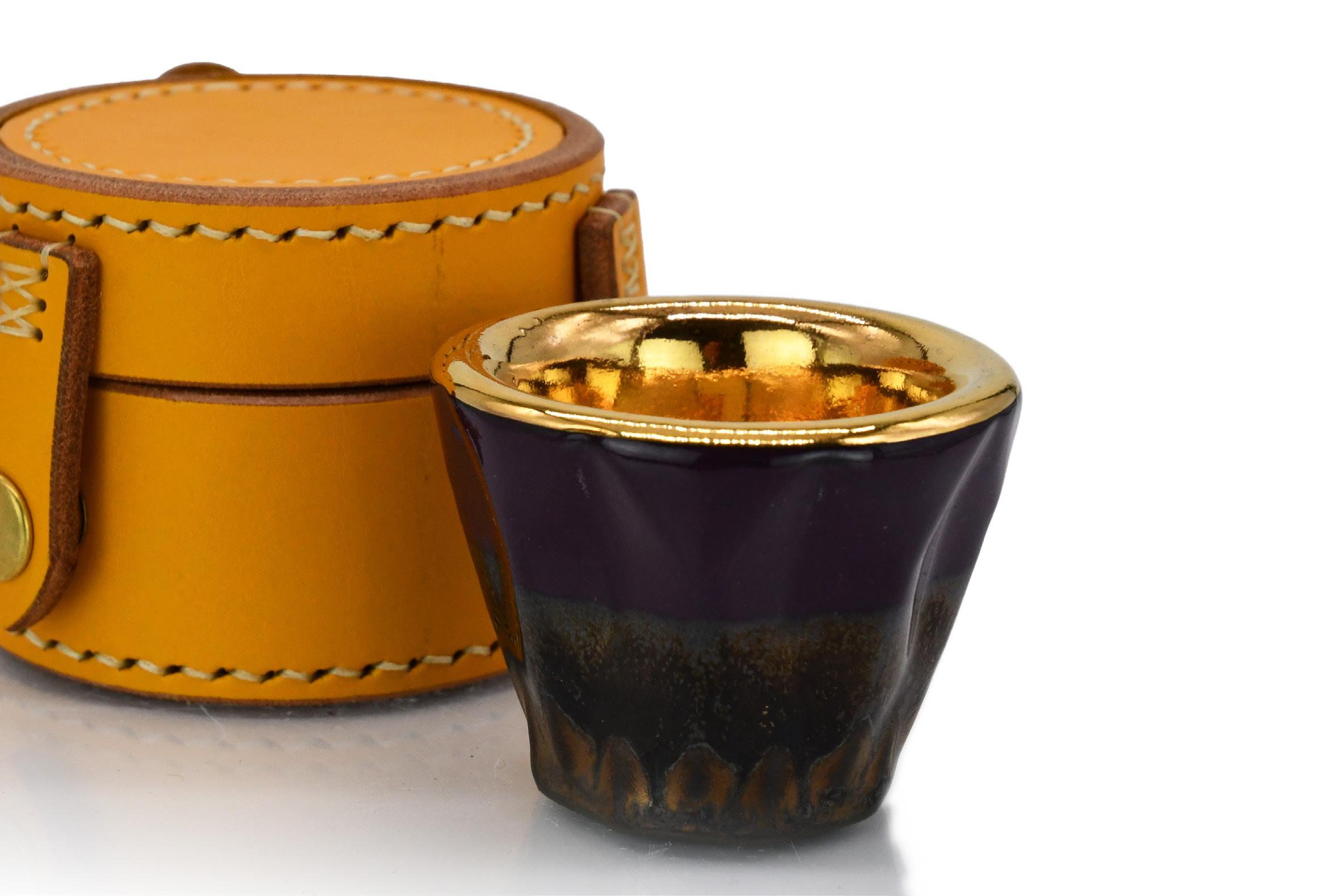
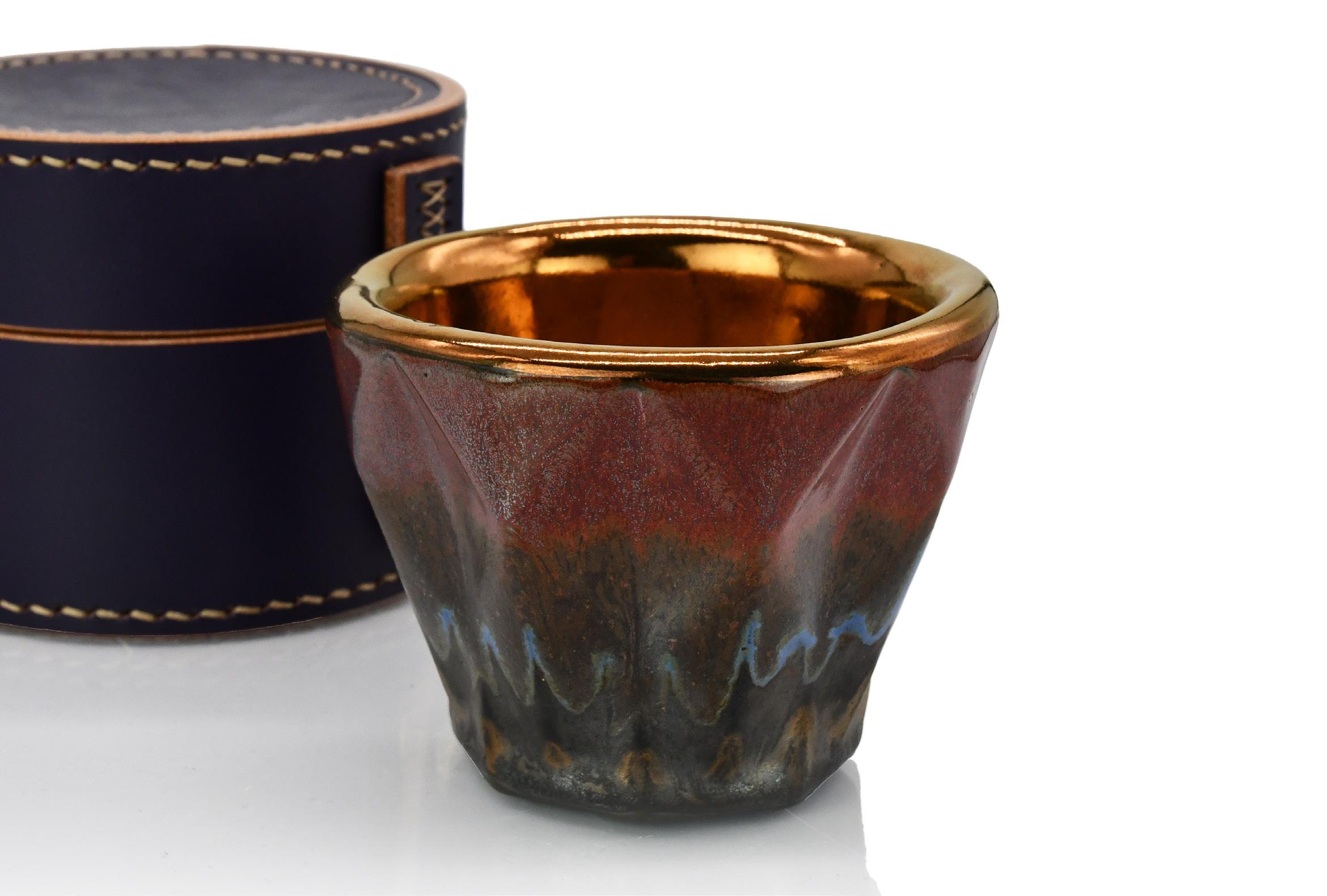

10 works available
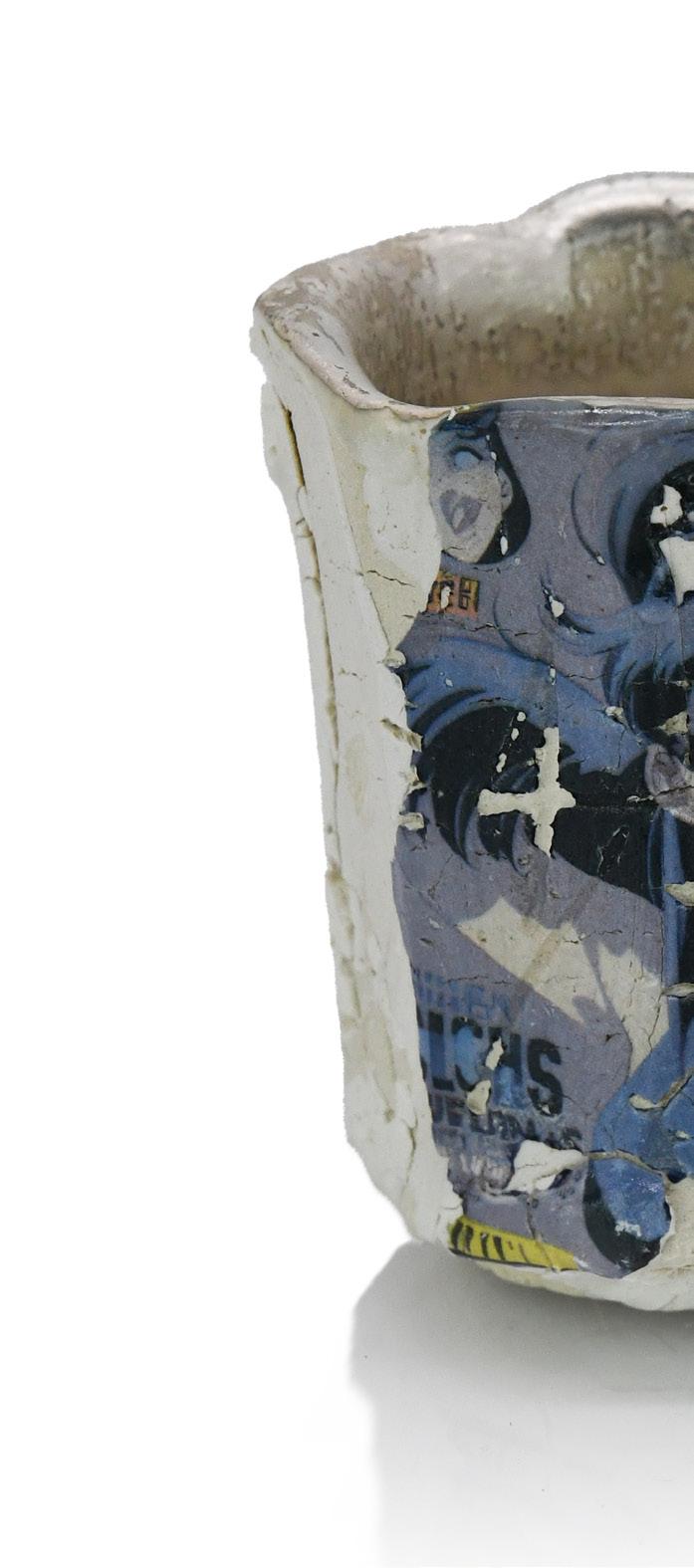
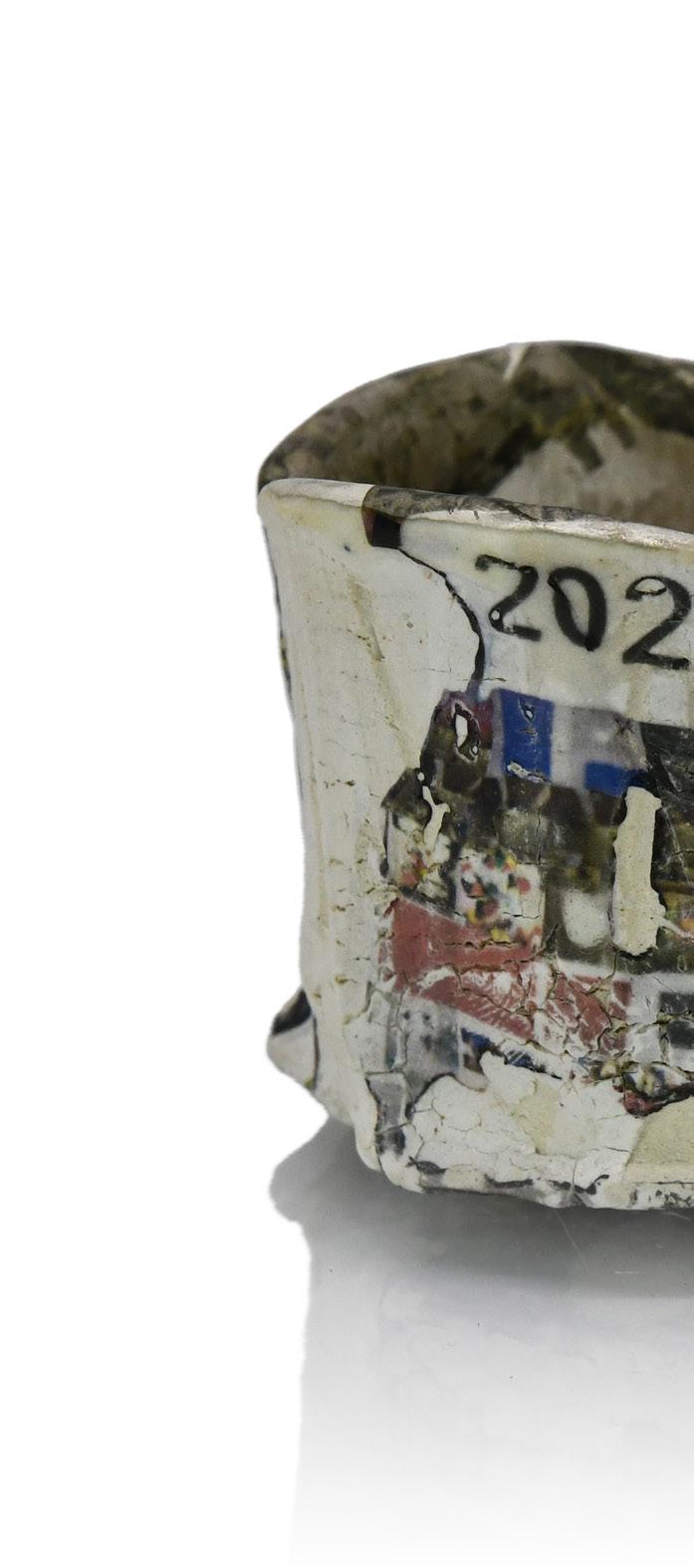
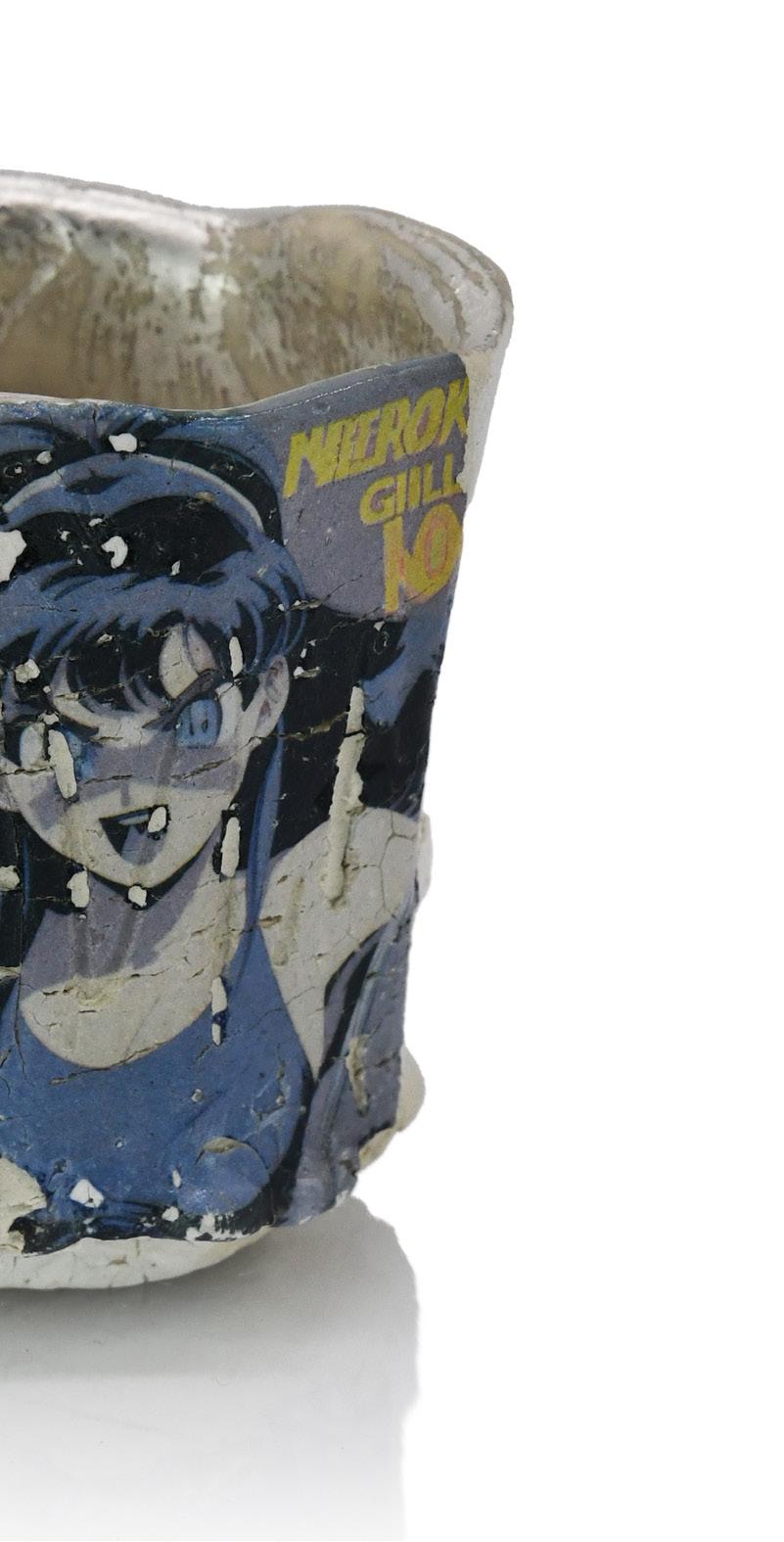

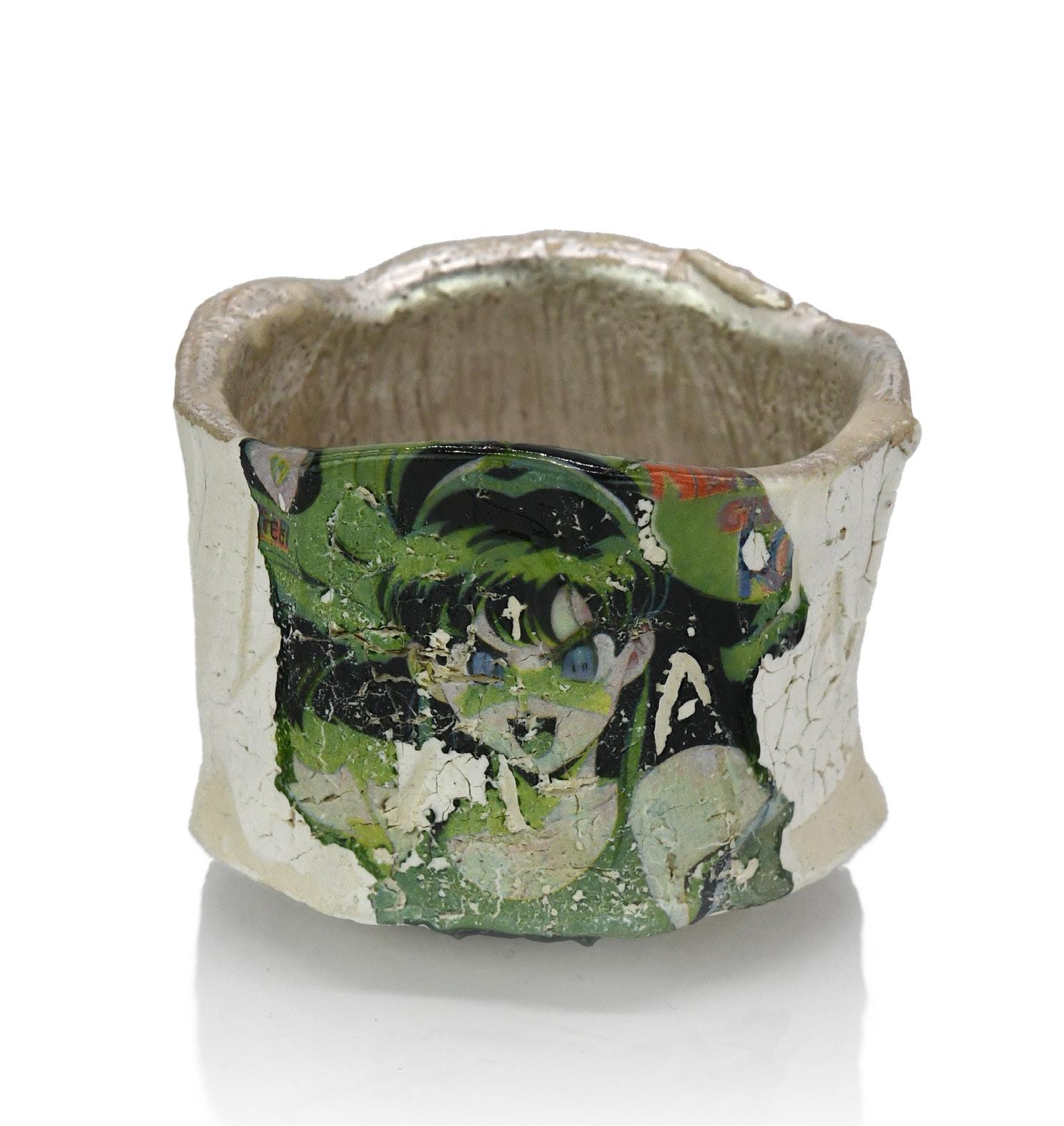
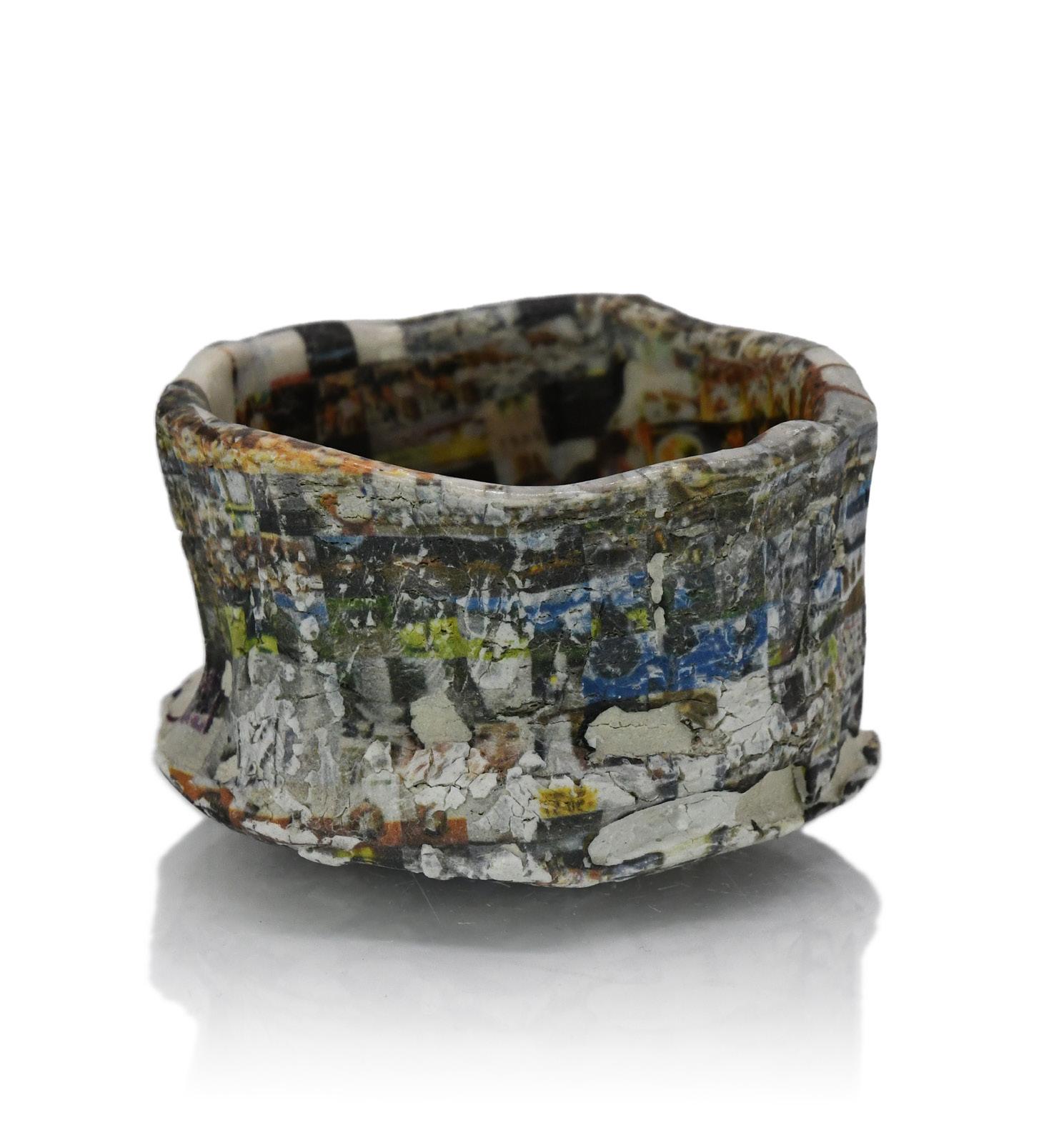

2 works available
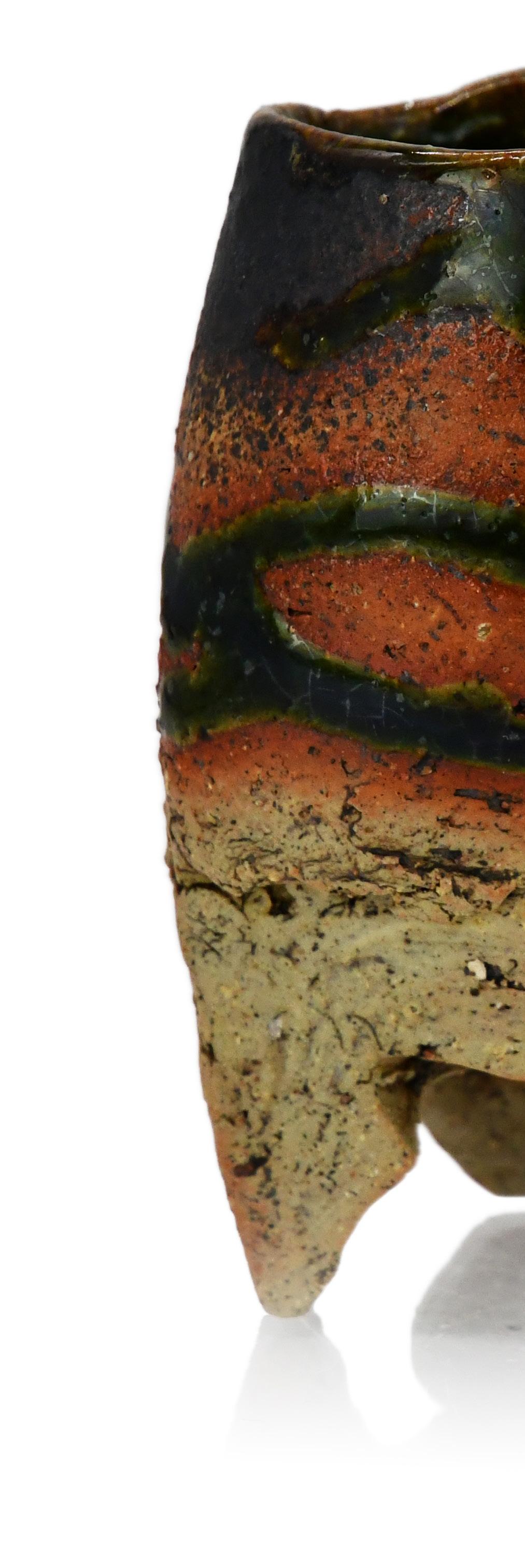
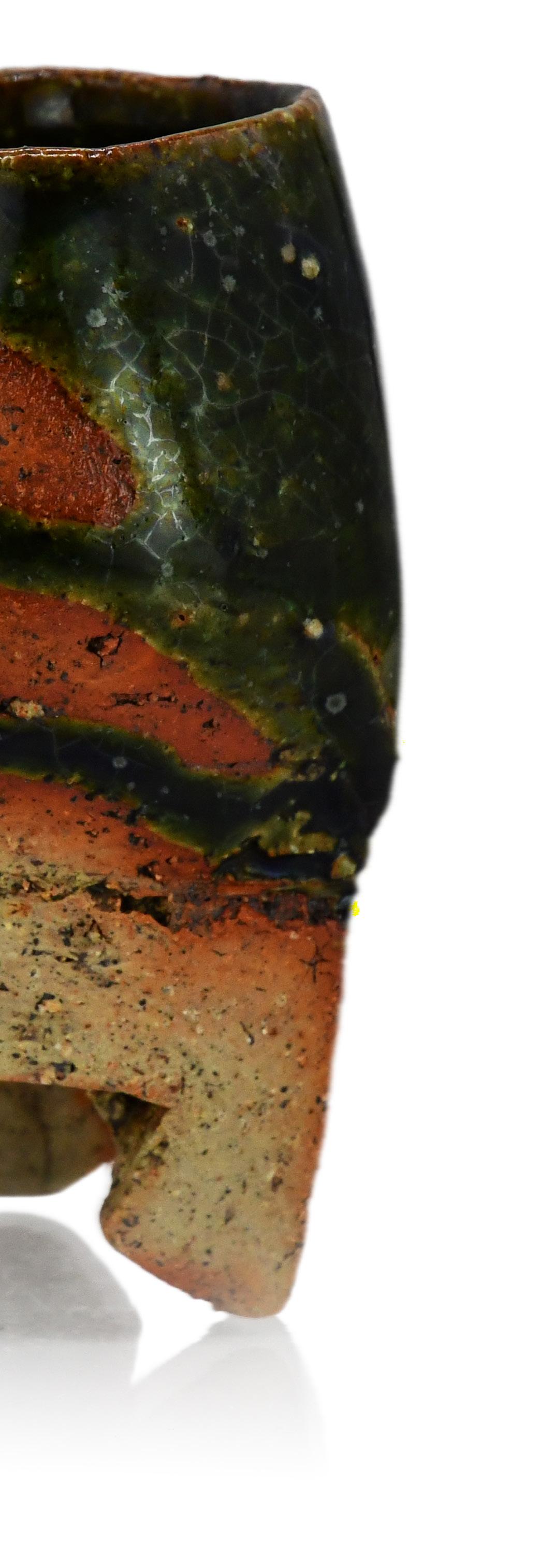
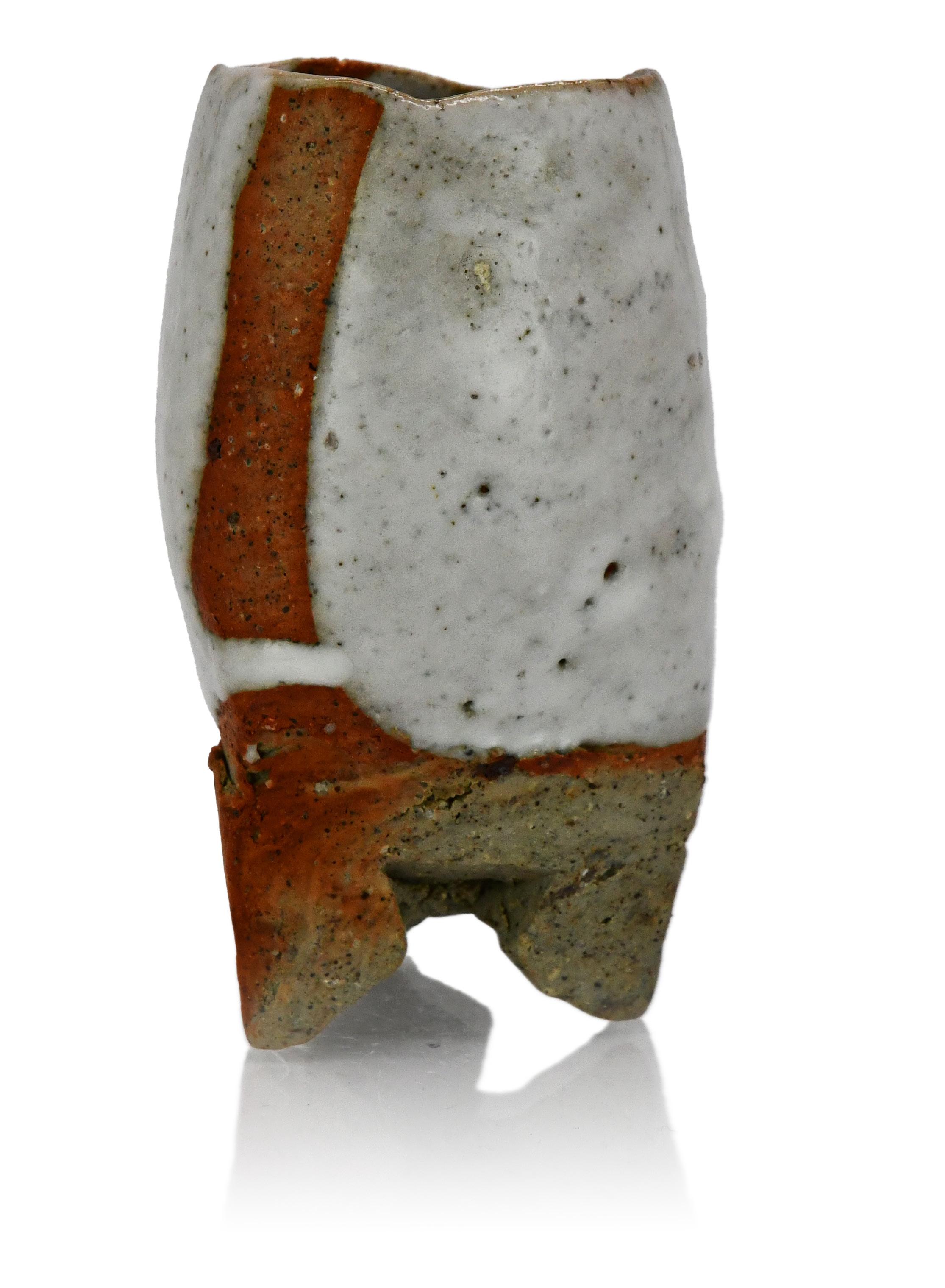

5 works available
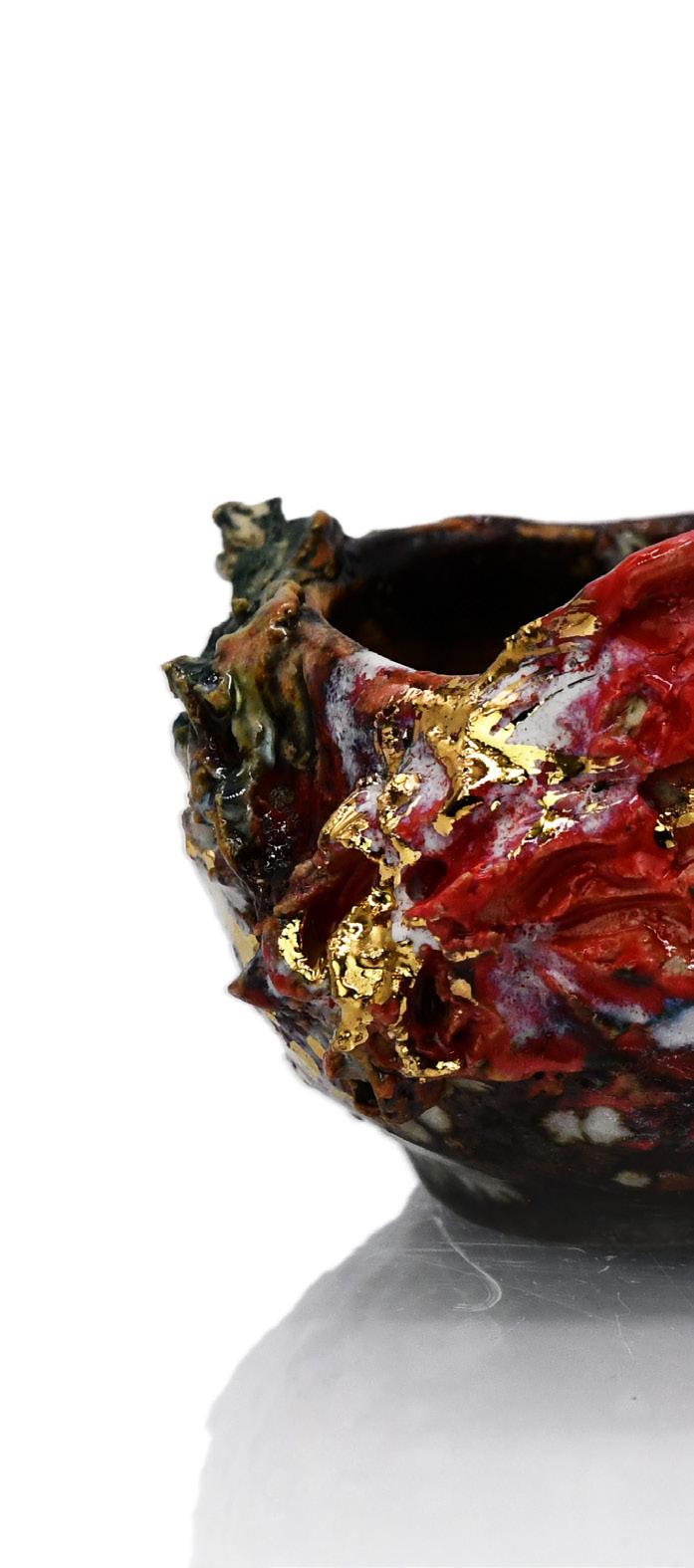
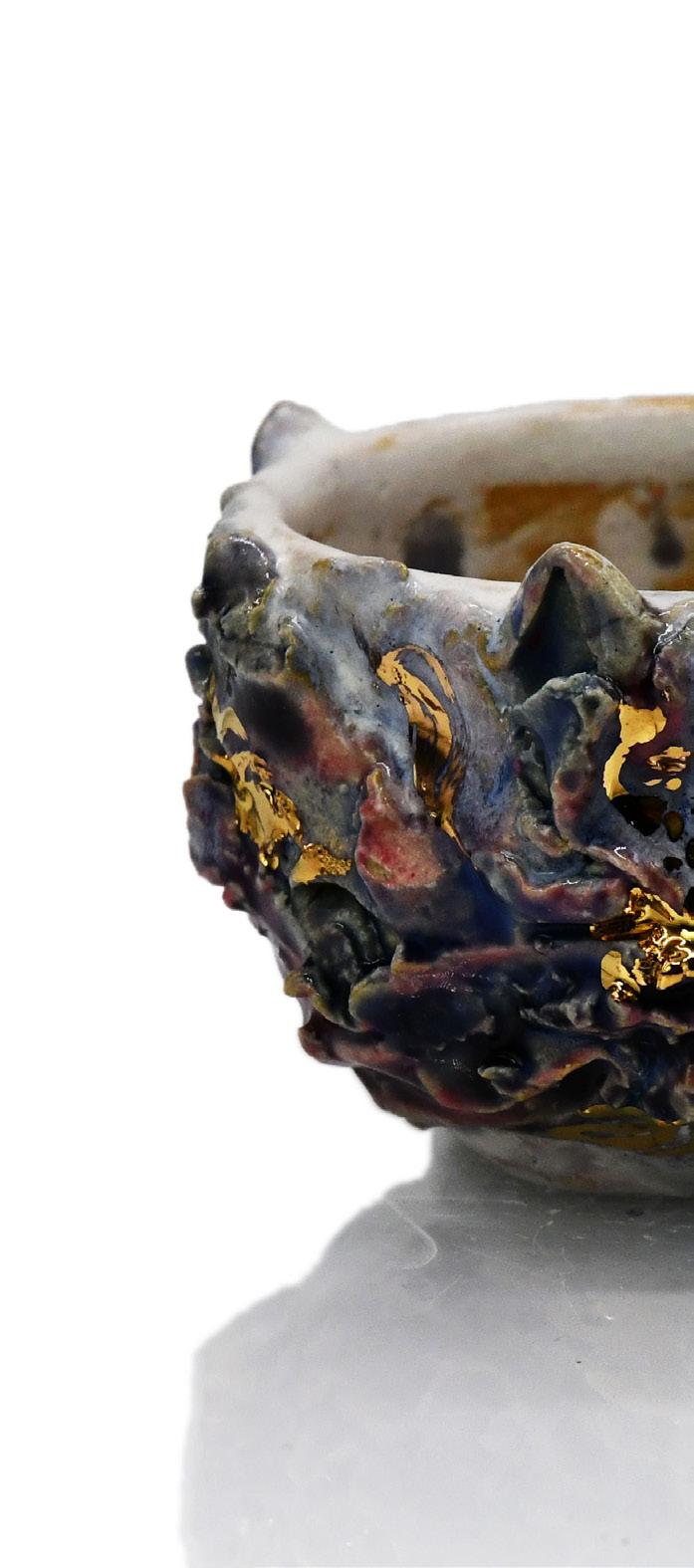
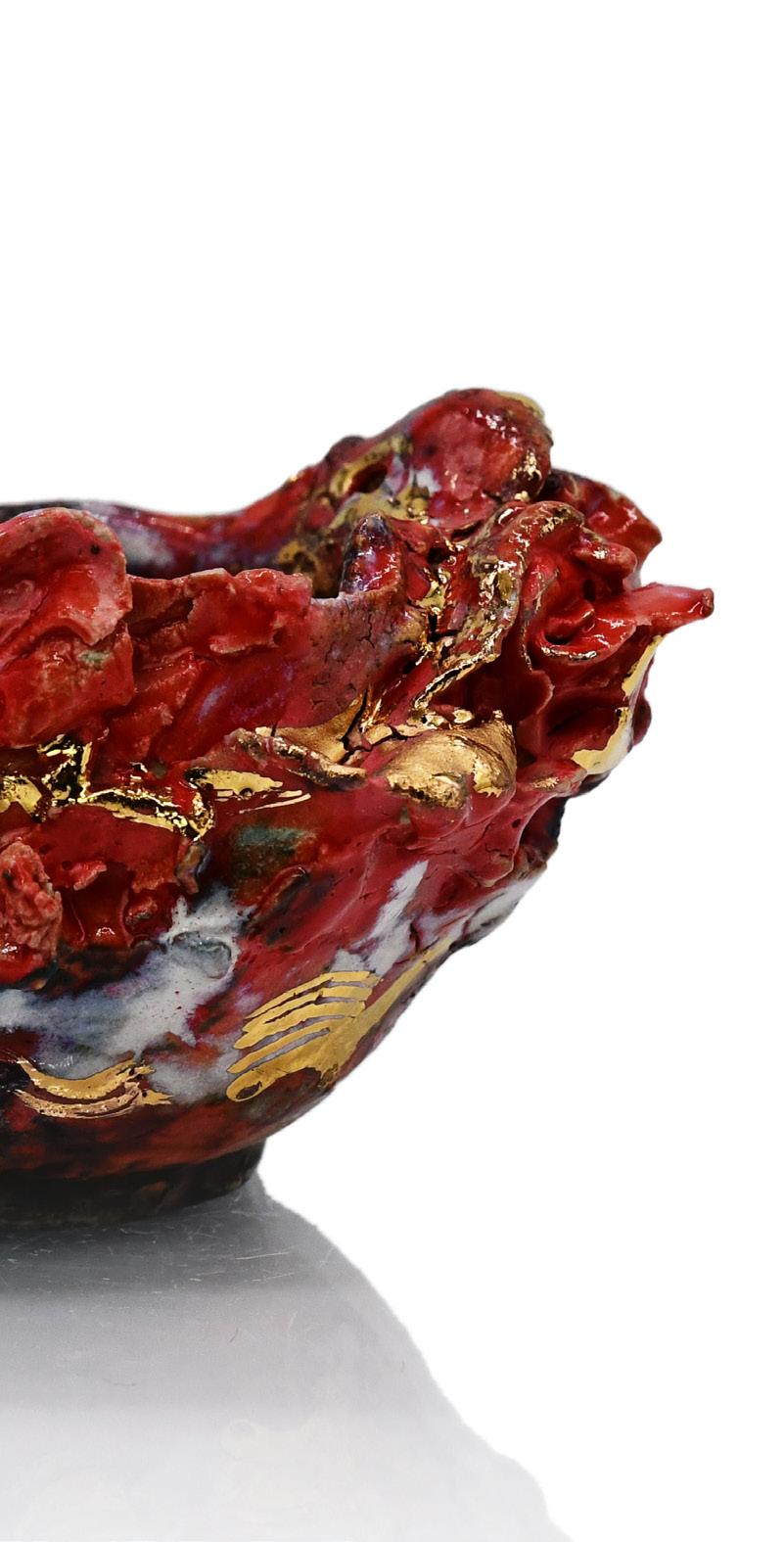
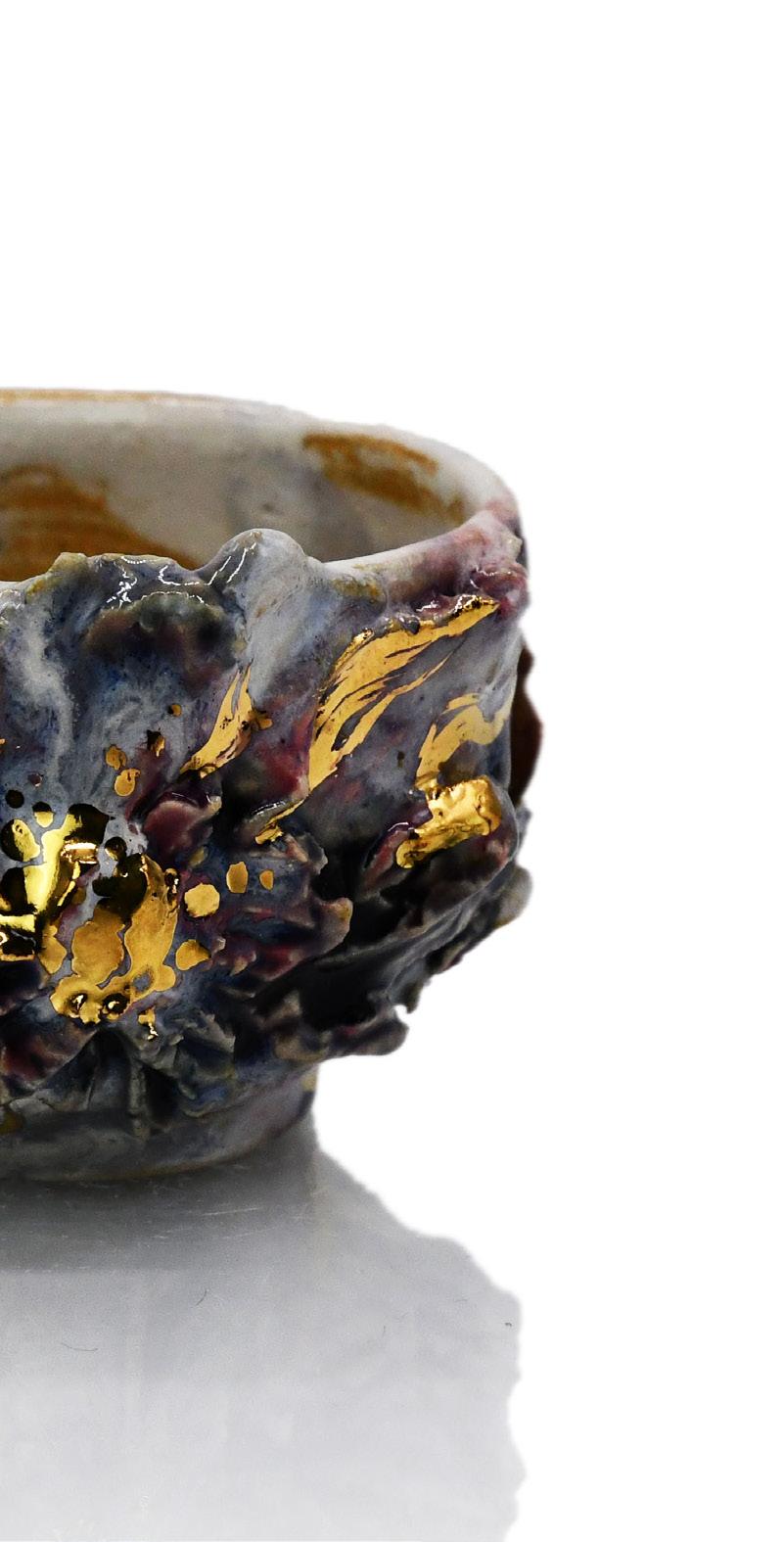
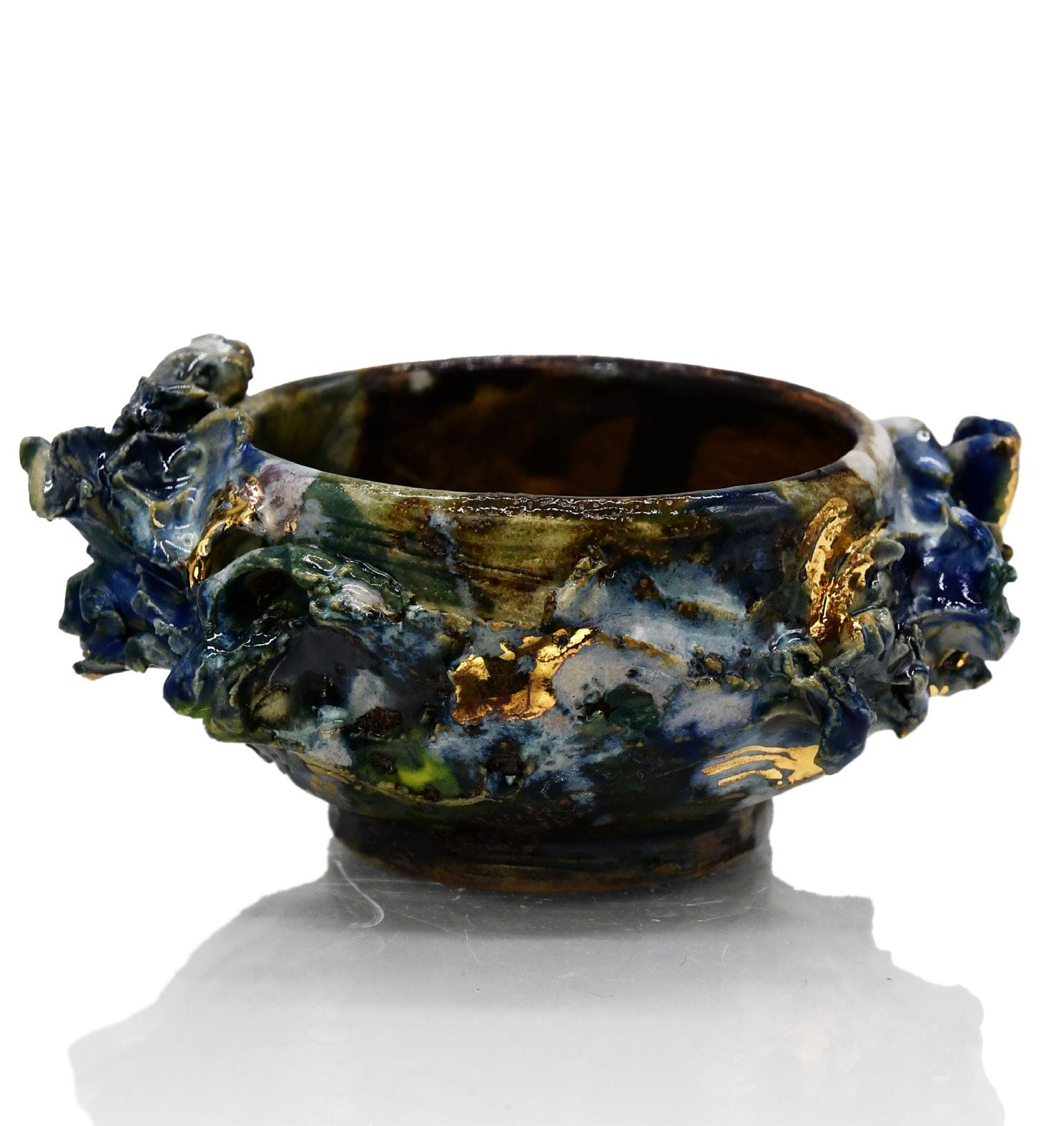
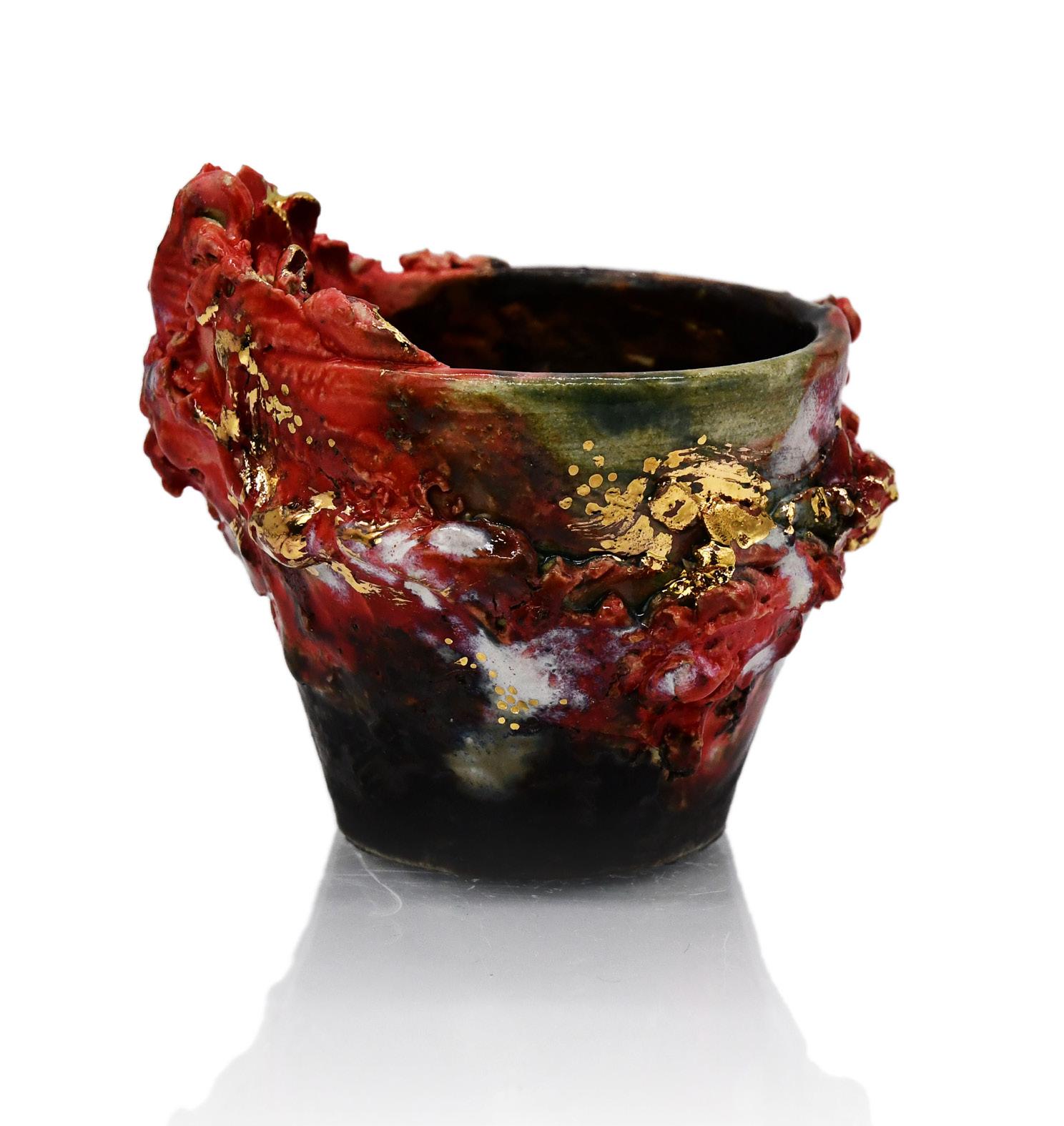

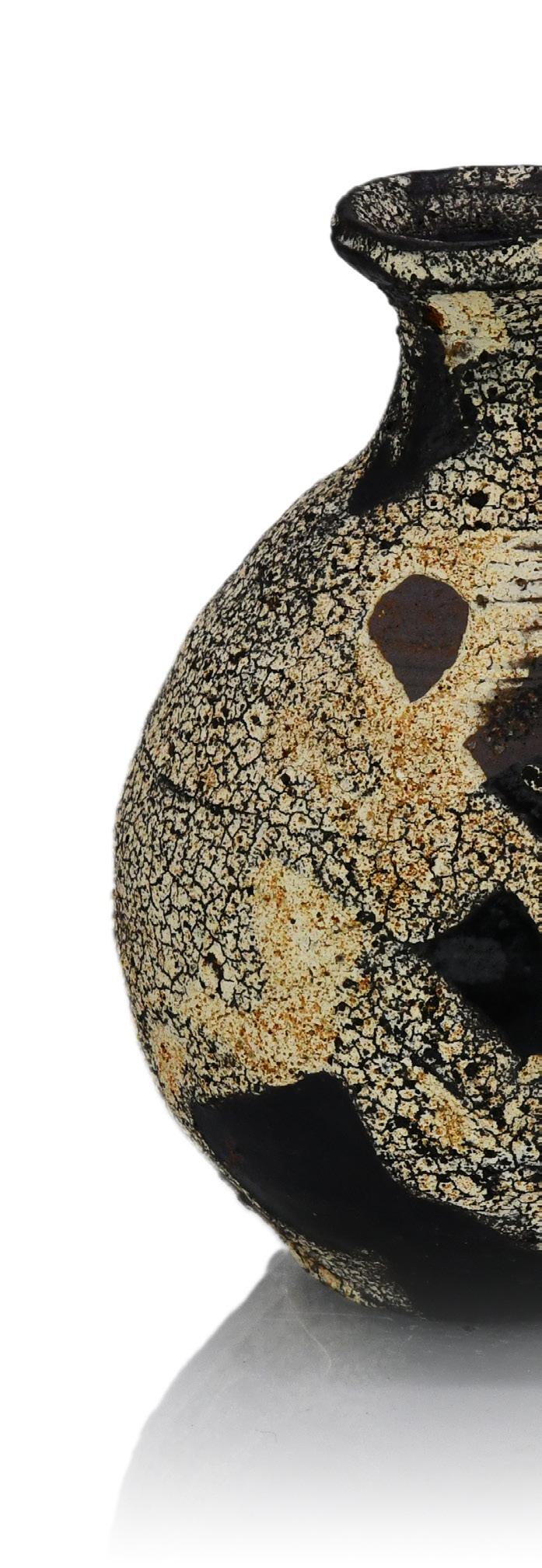
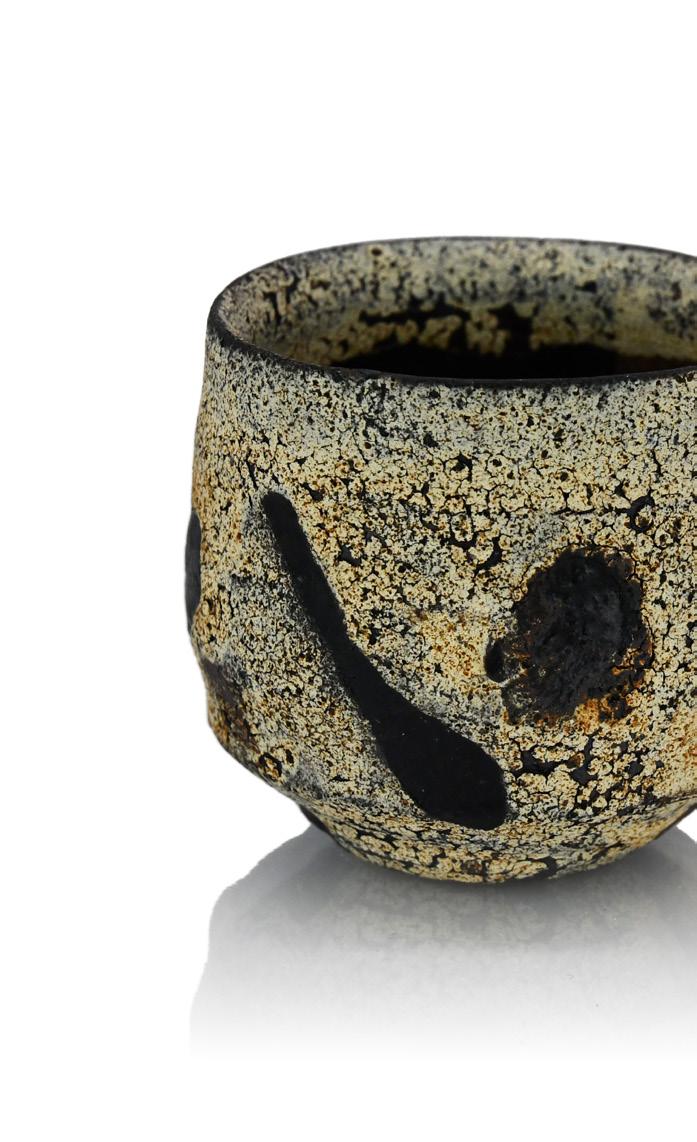


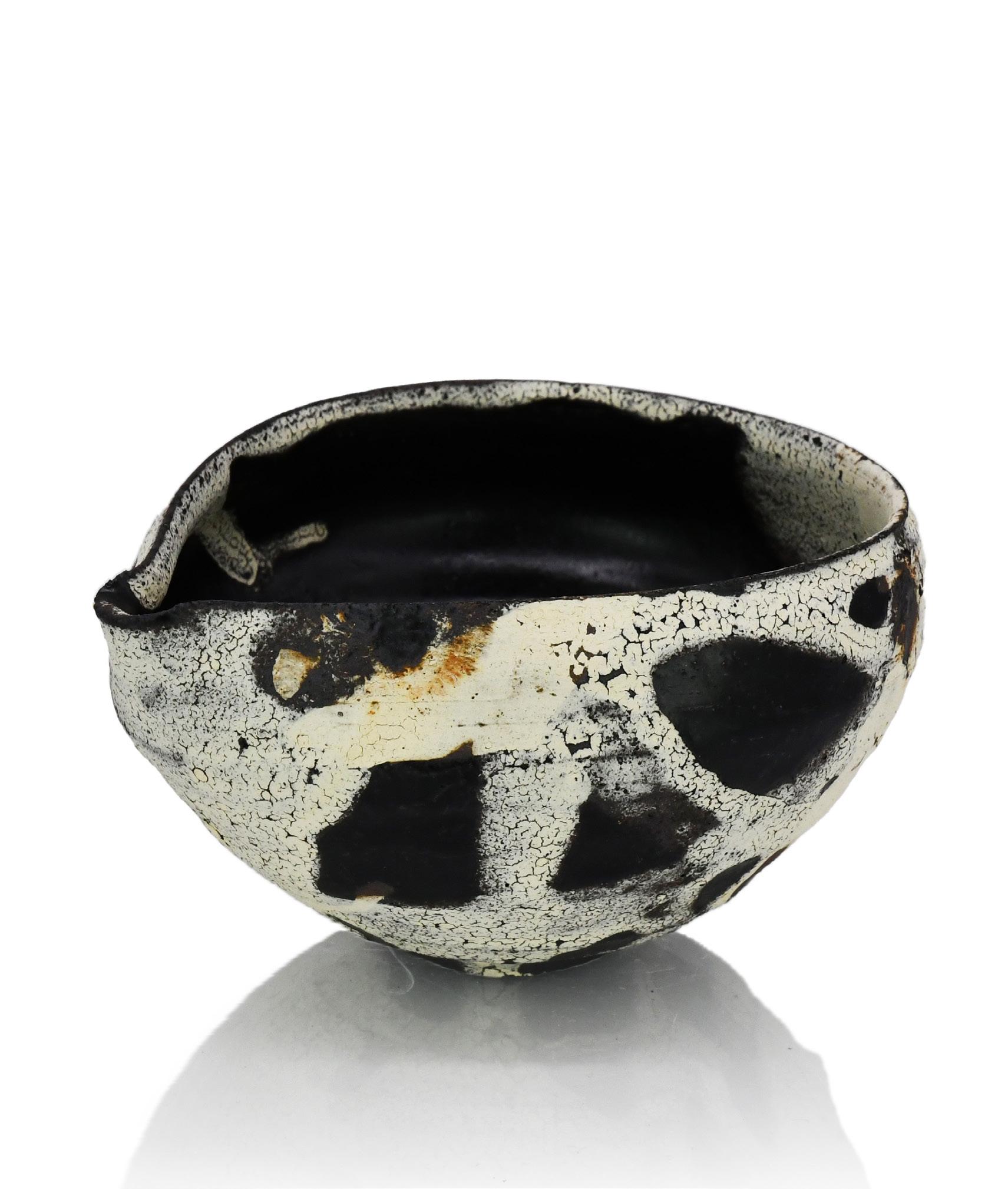
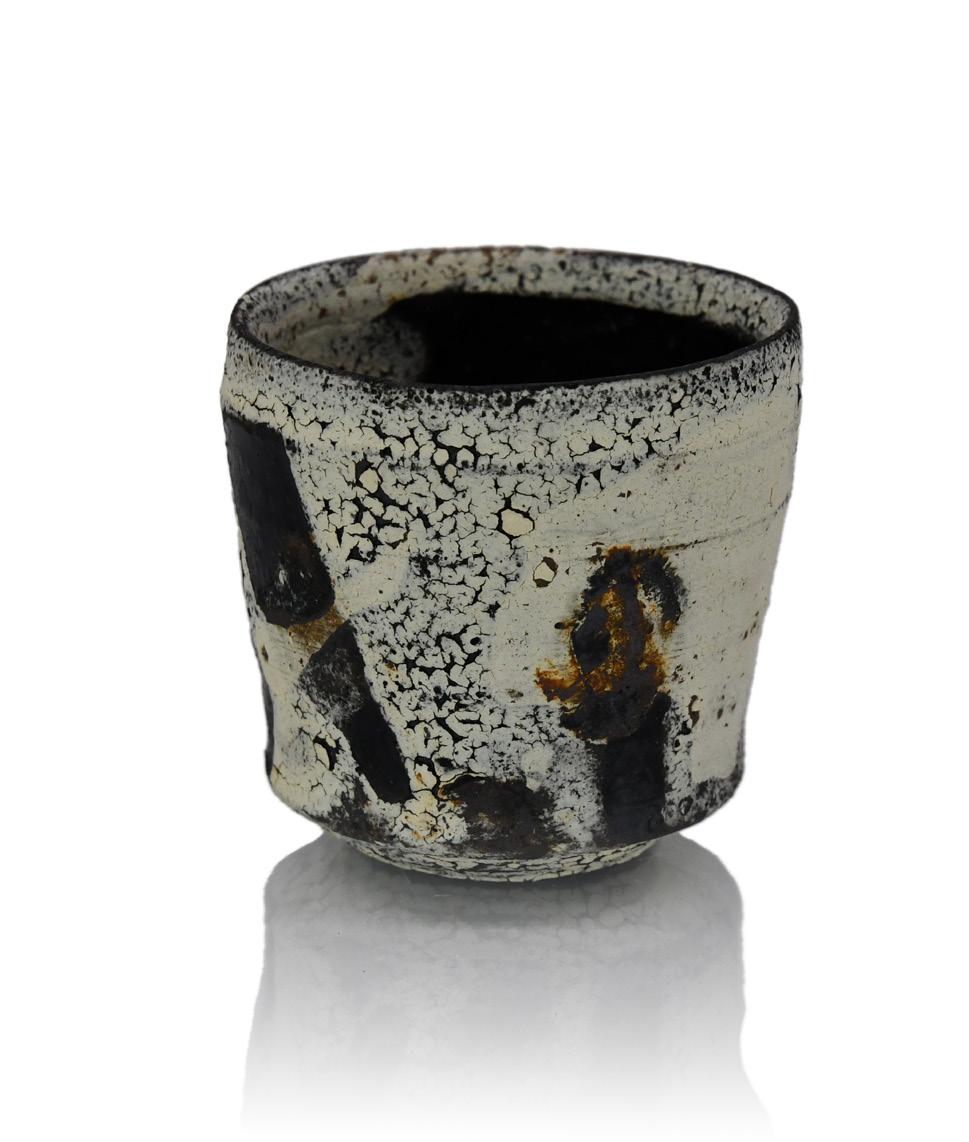
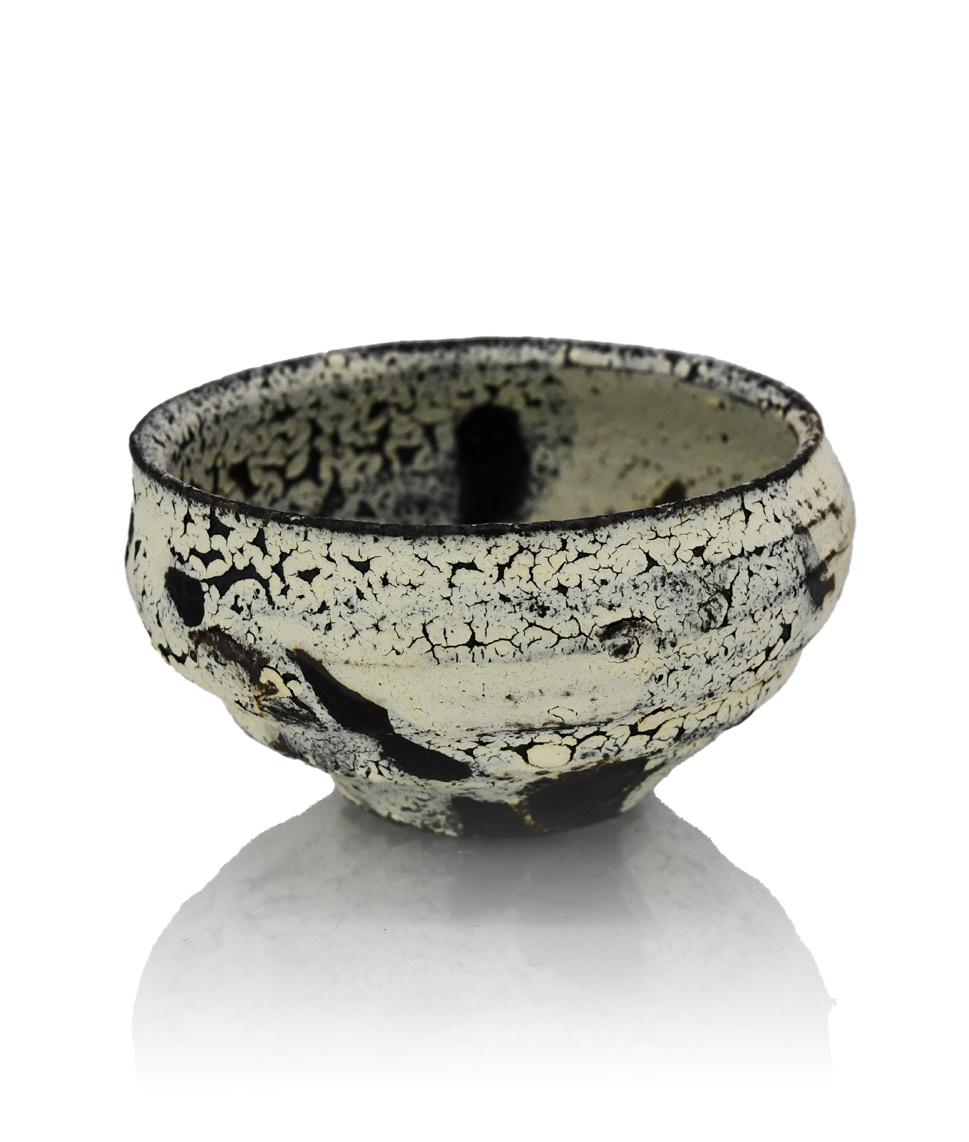

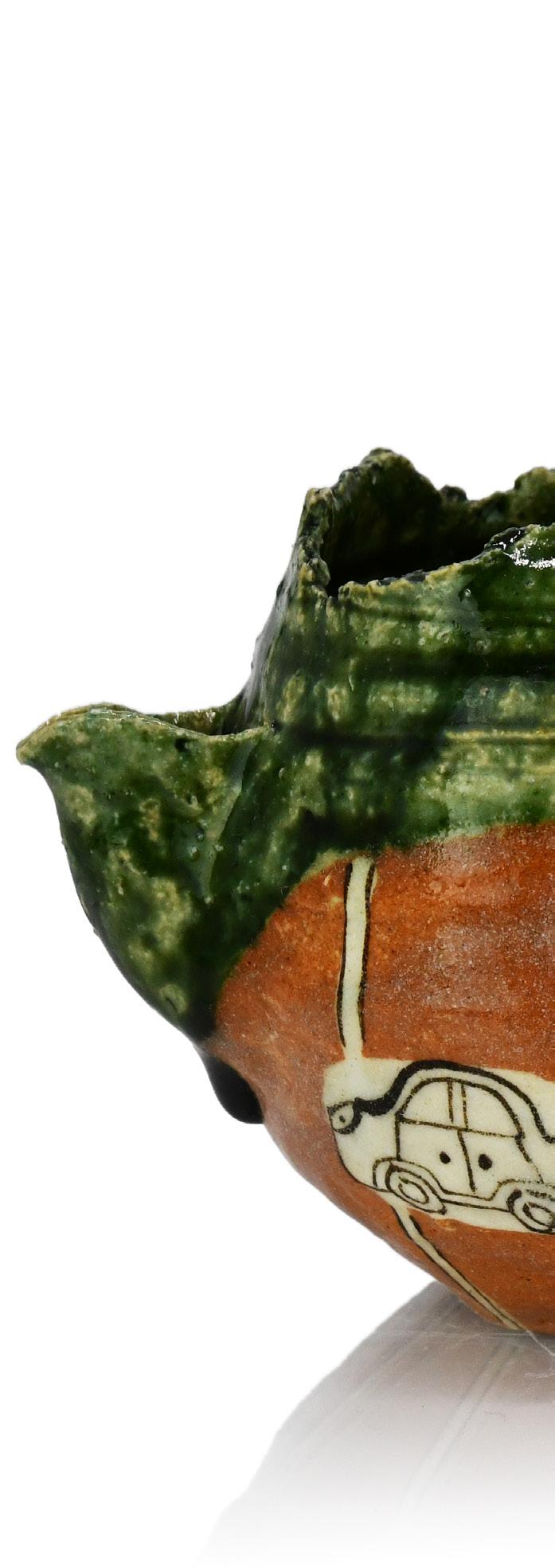
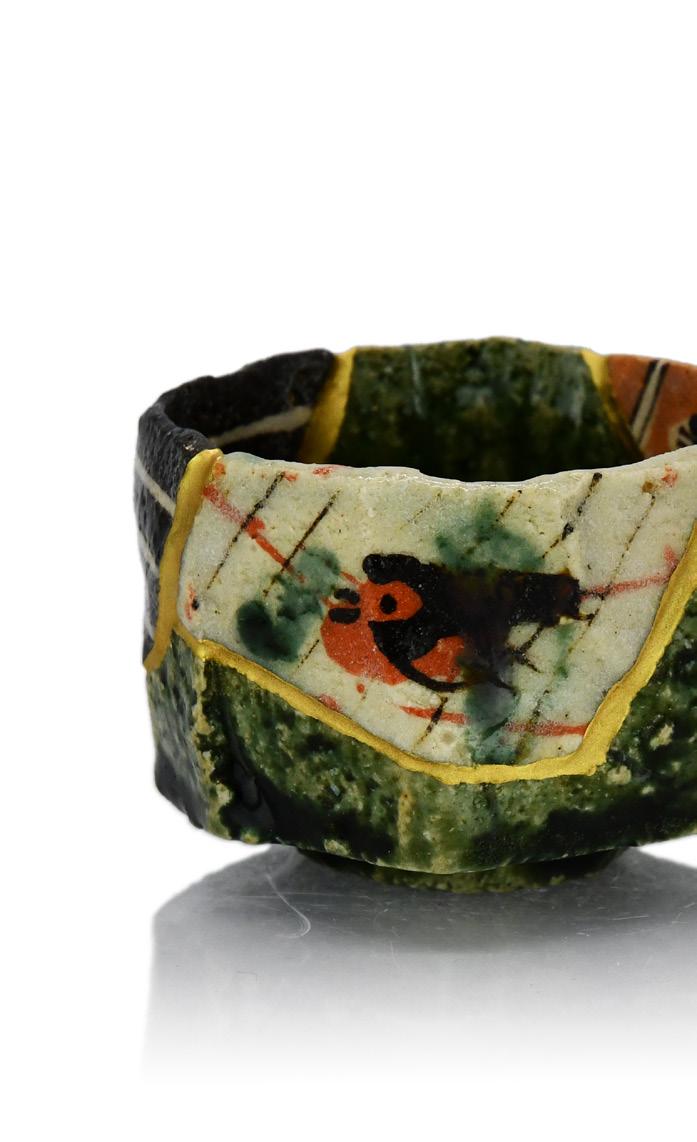
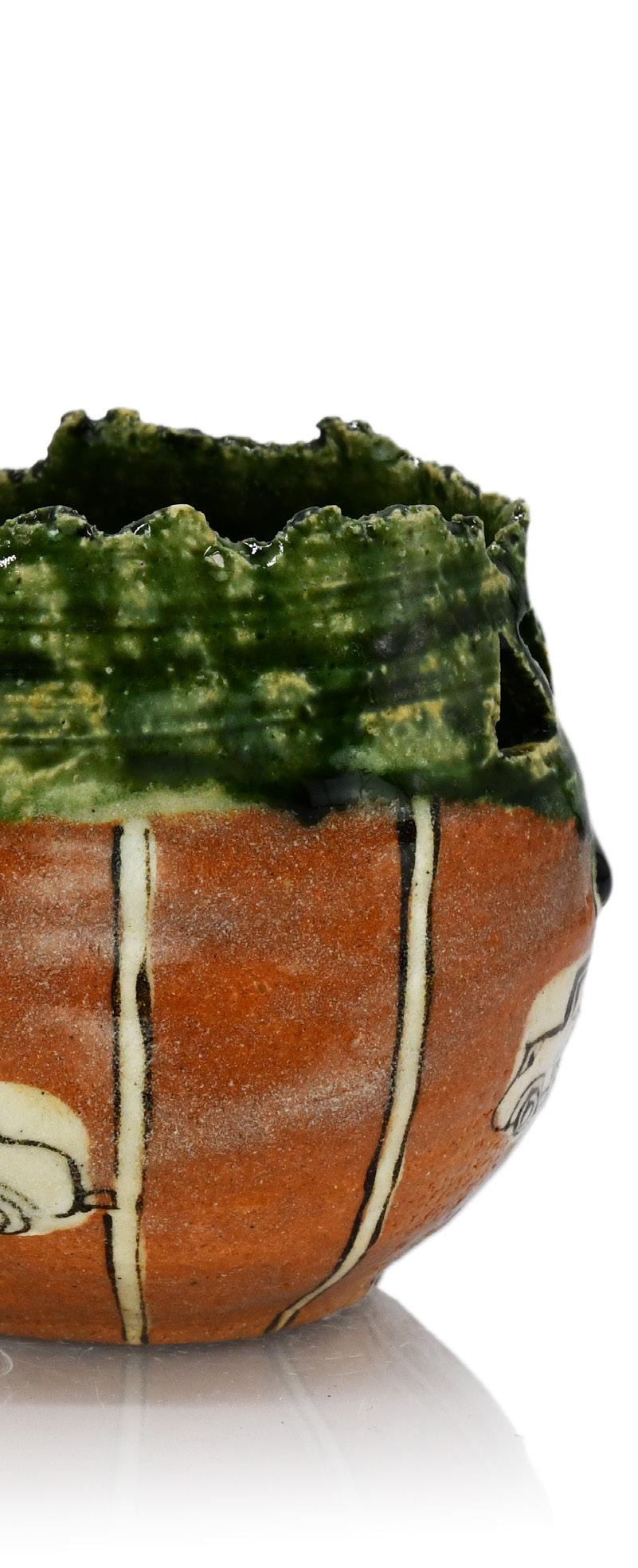

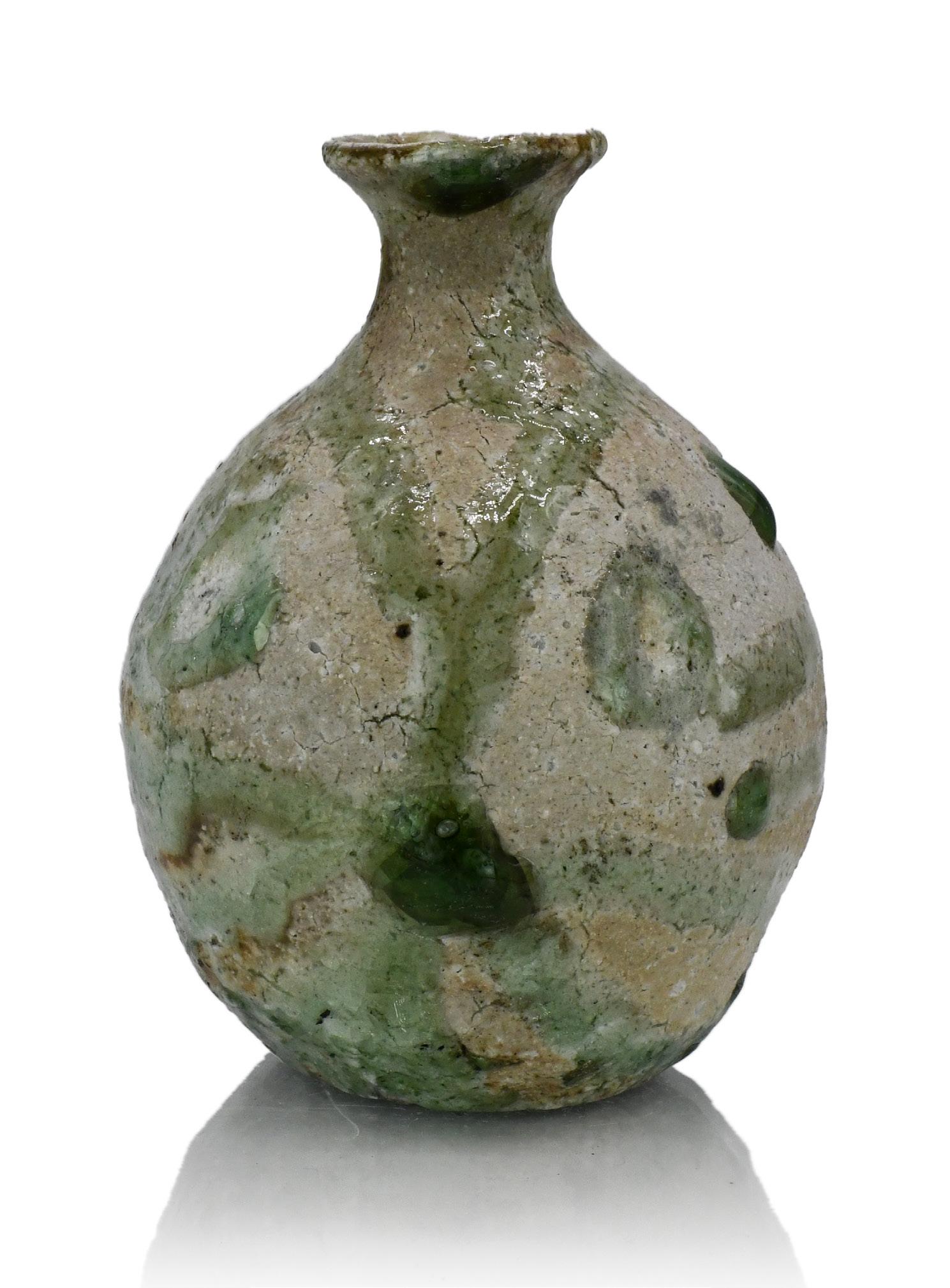
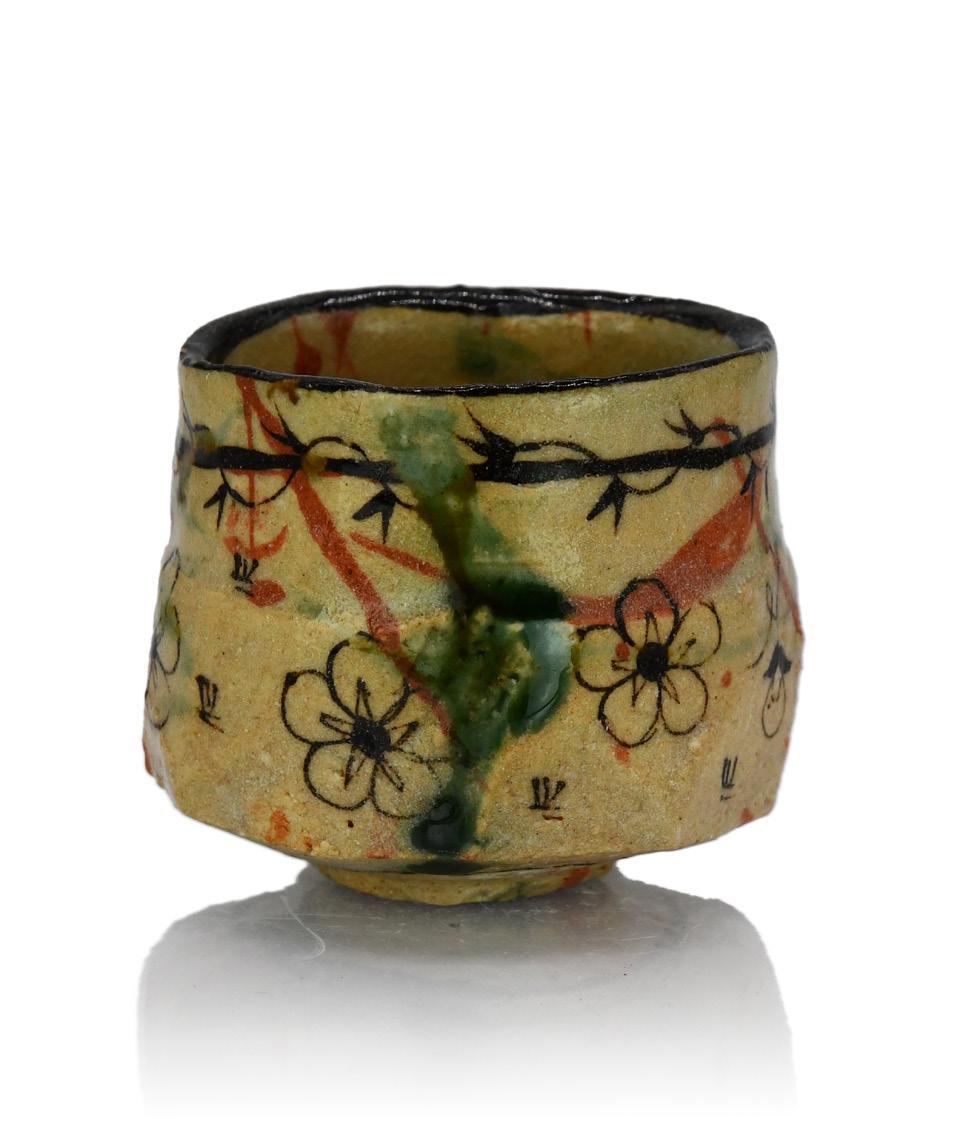
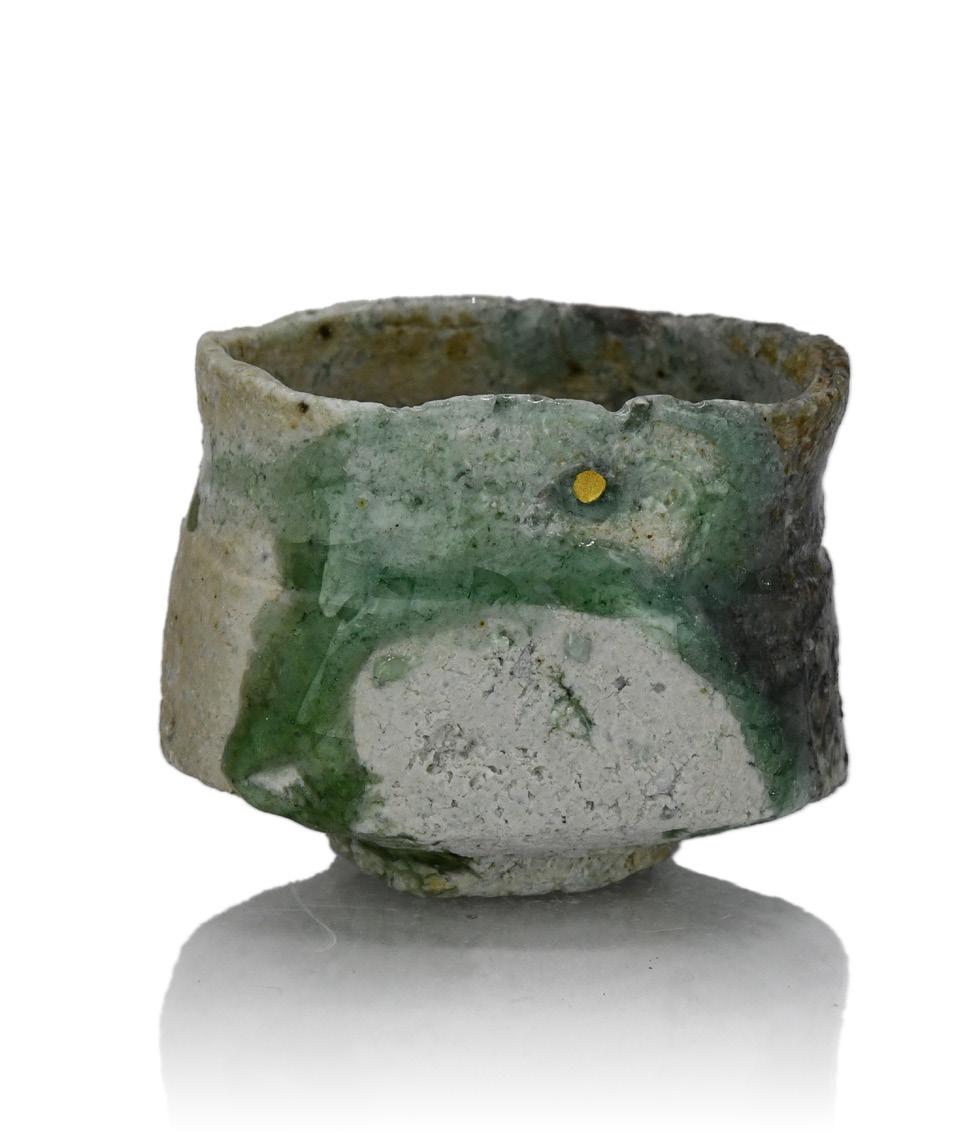

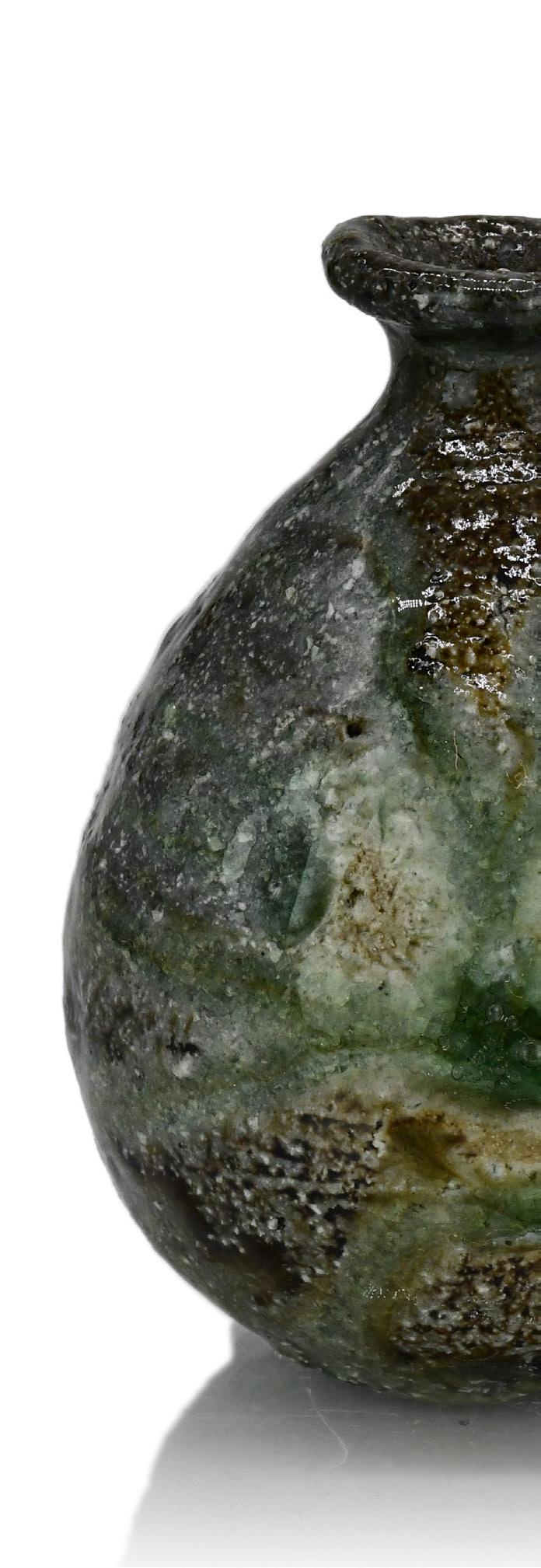



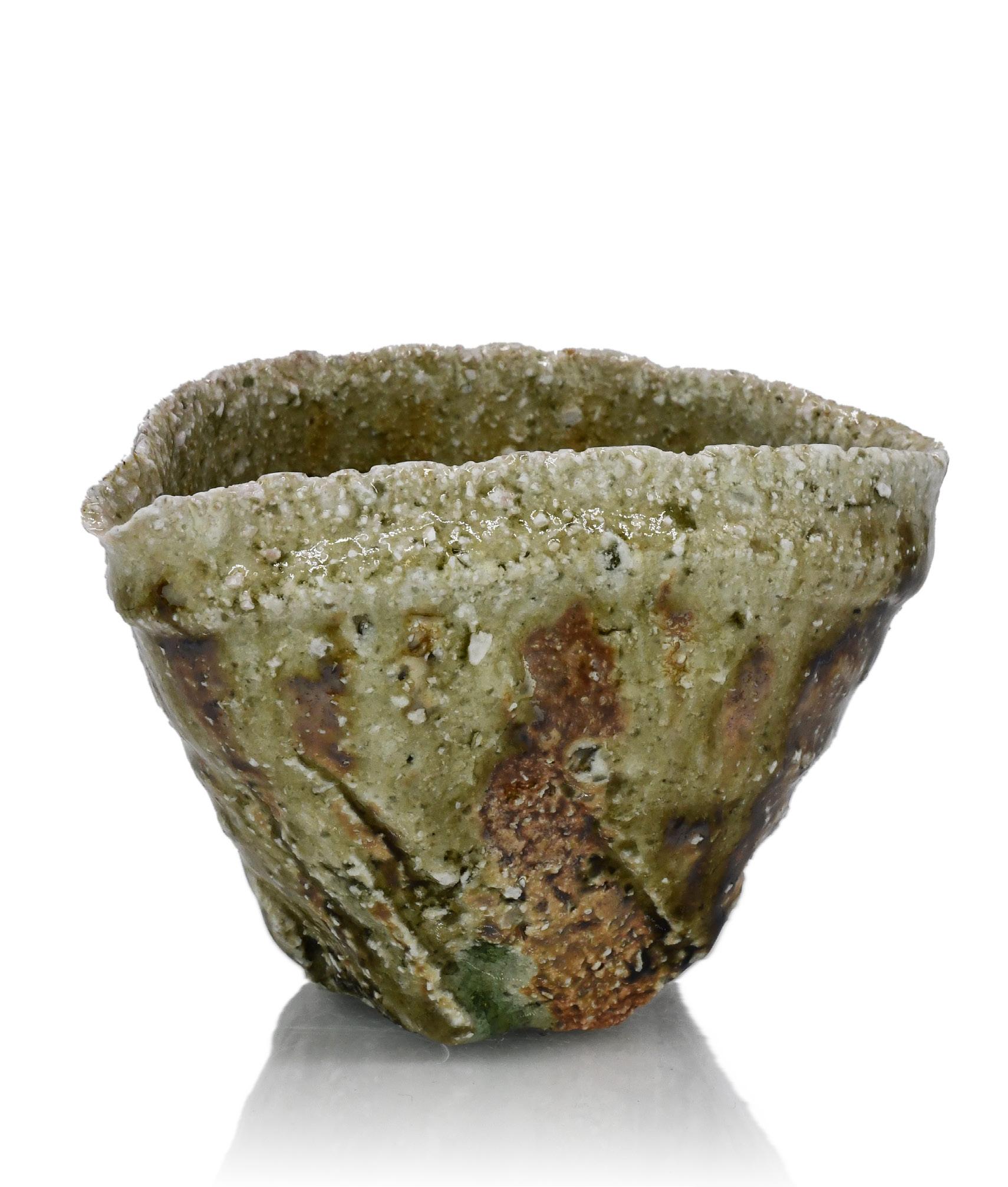
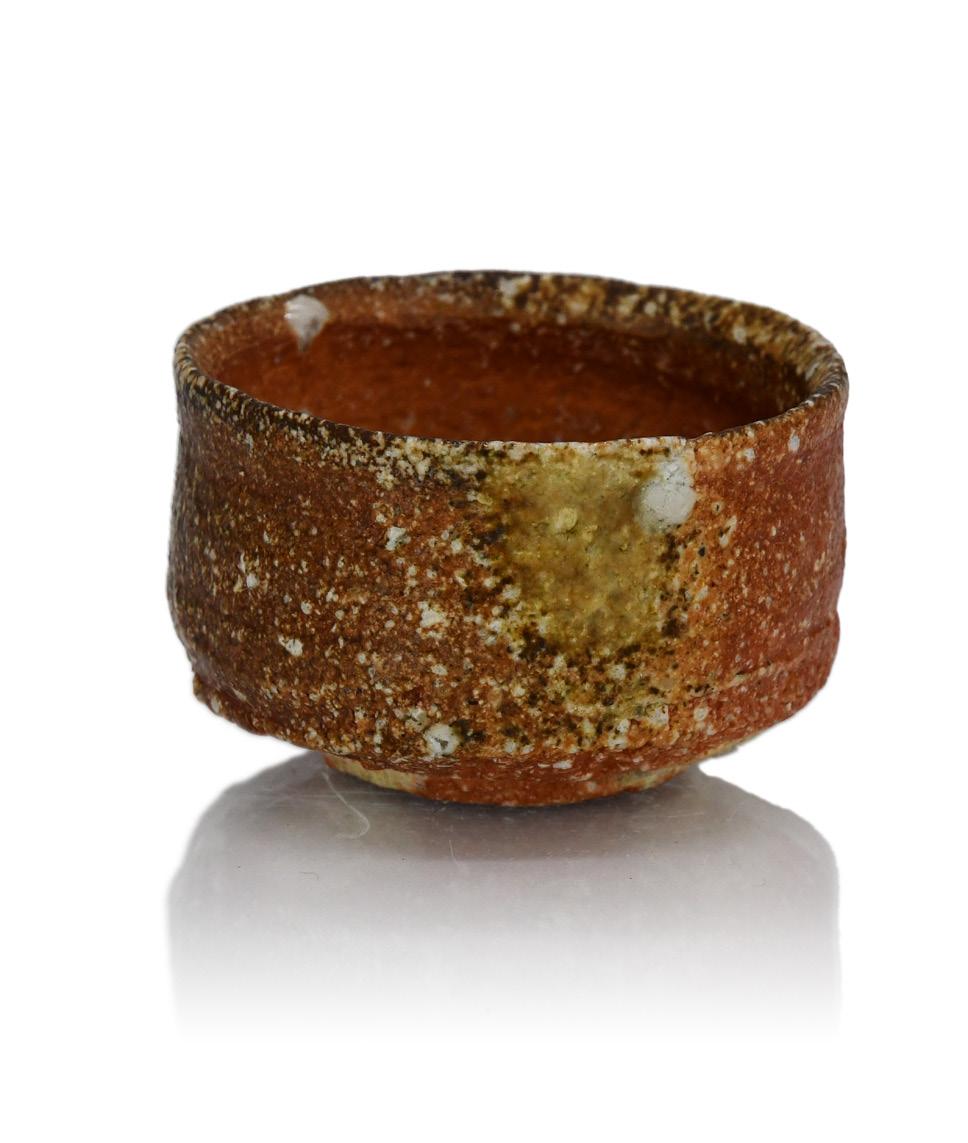
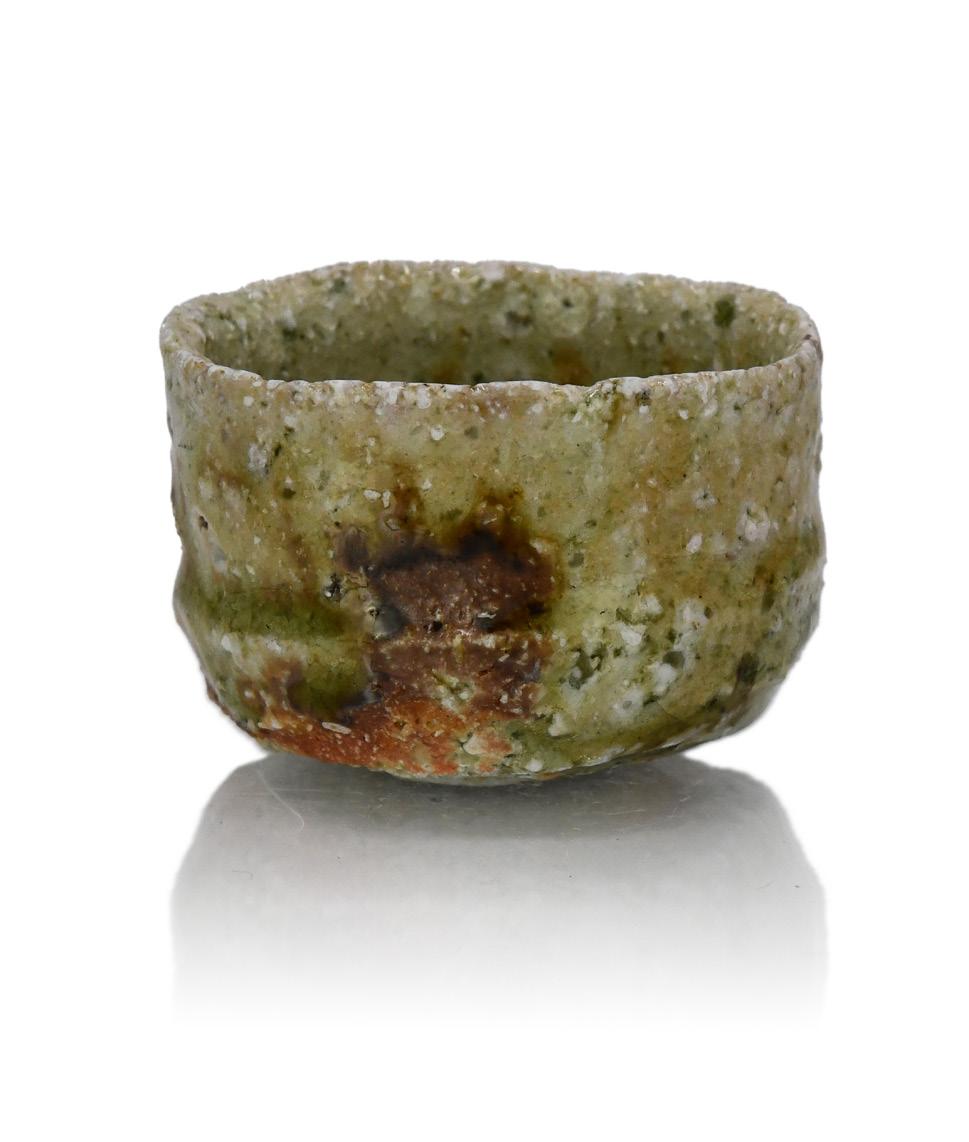

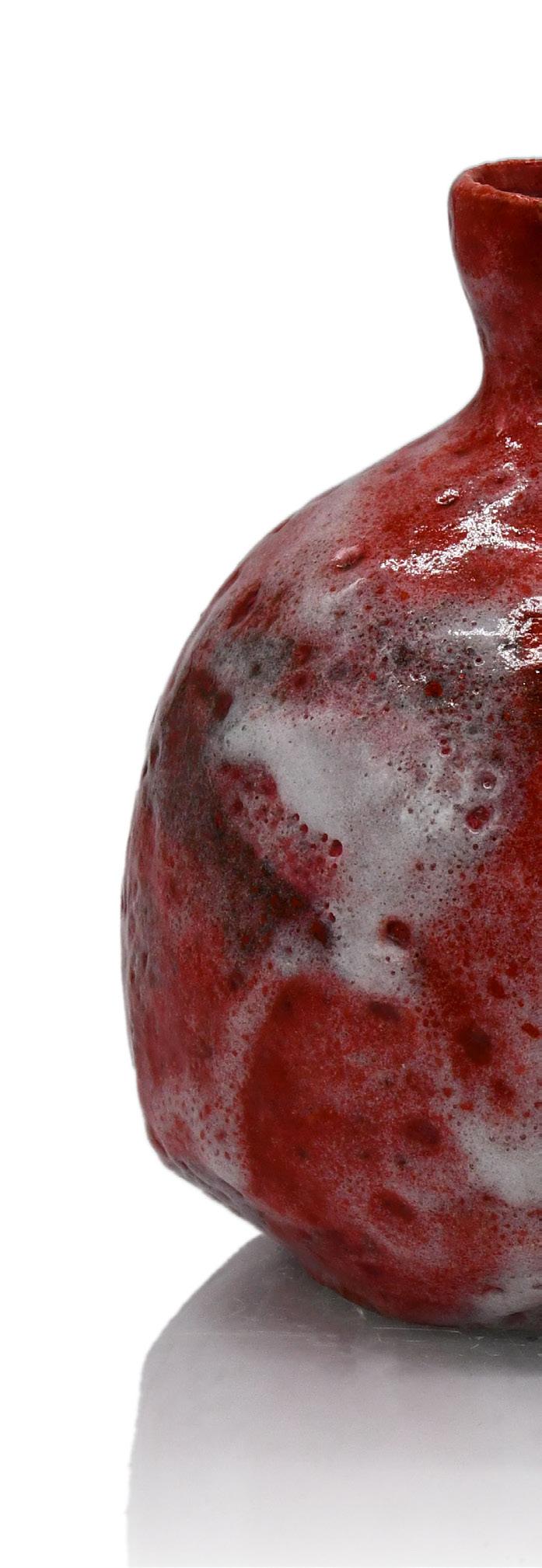
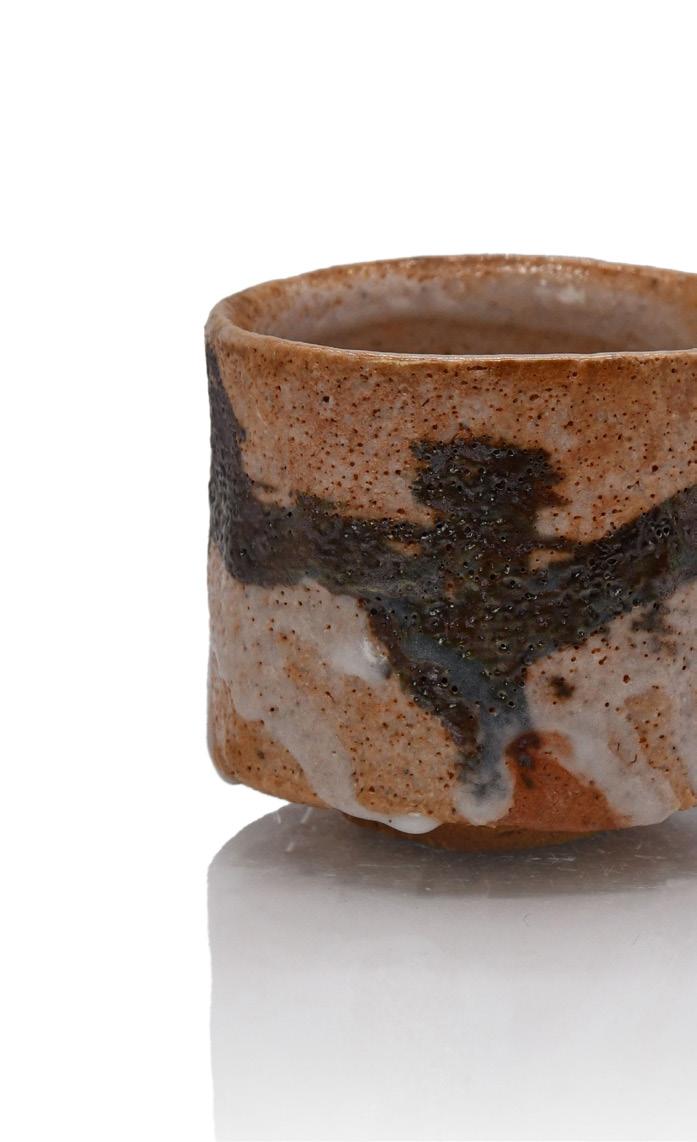
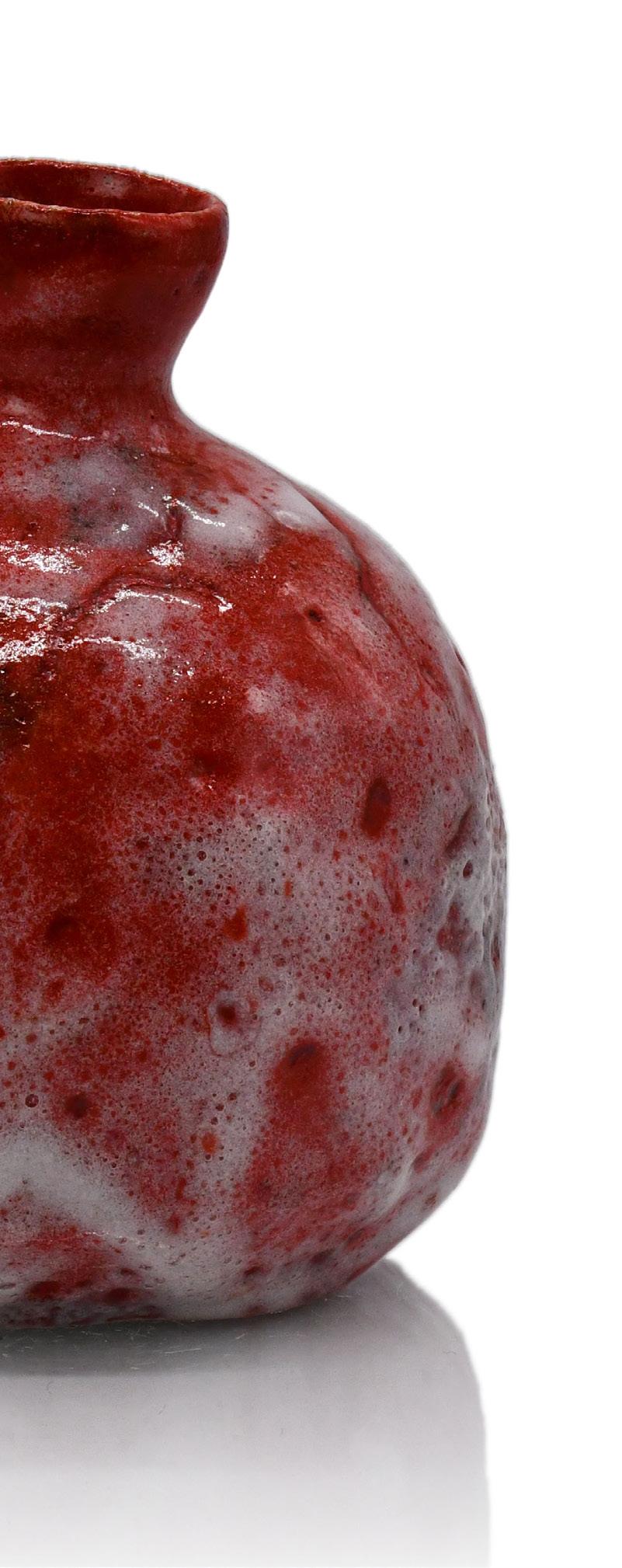

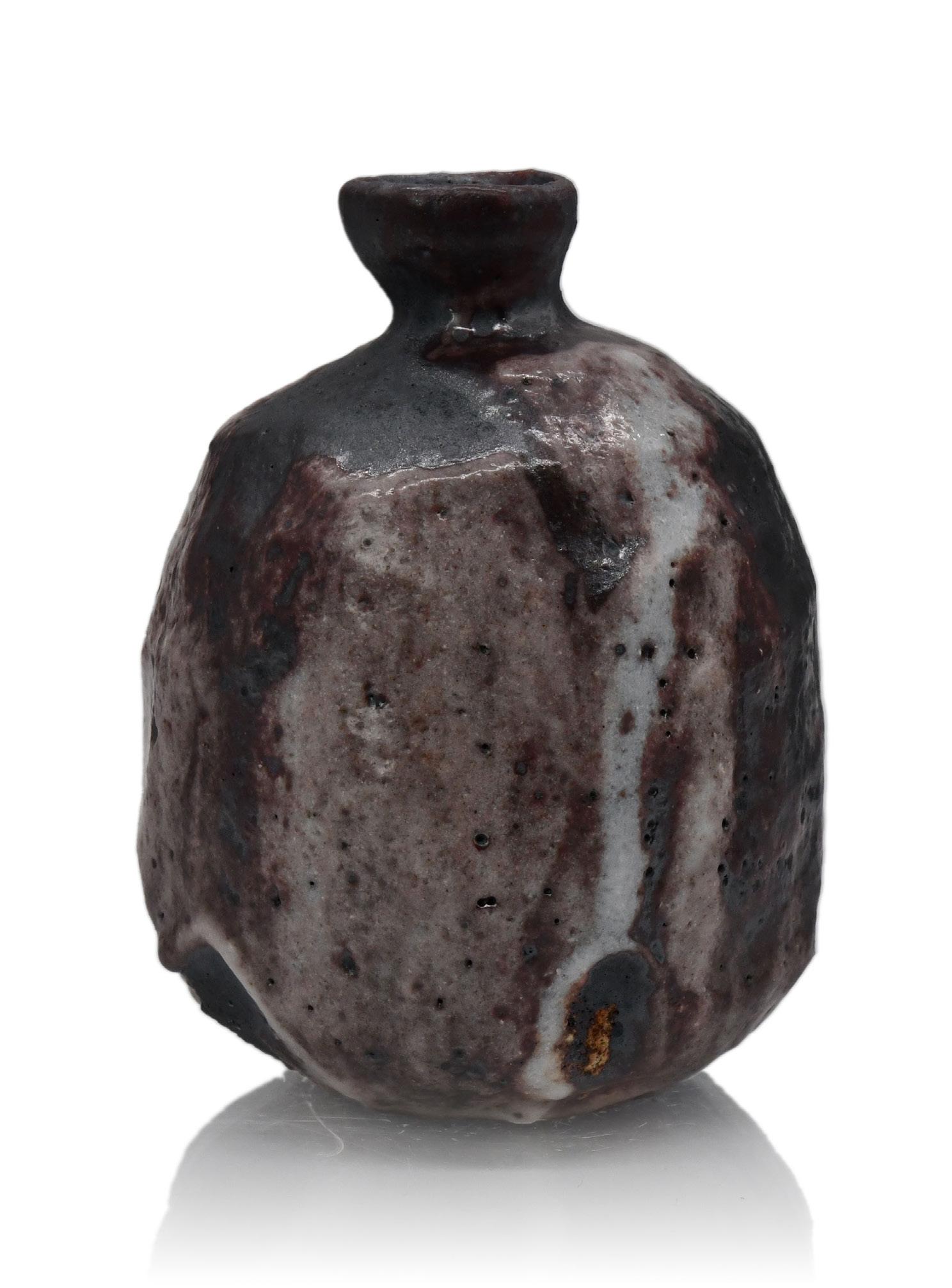
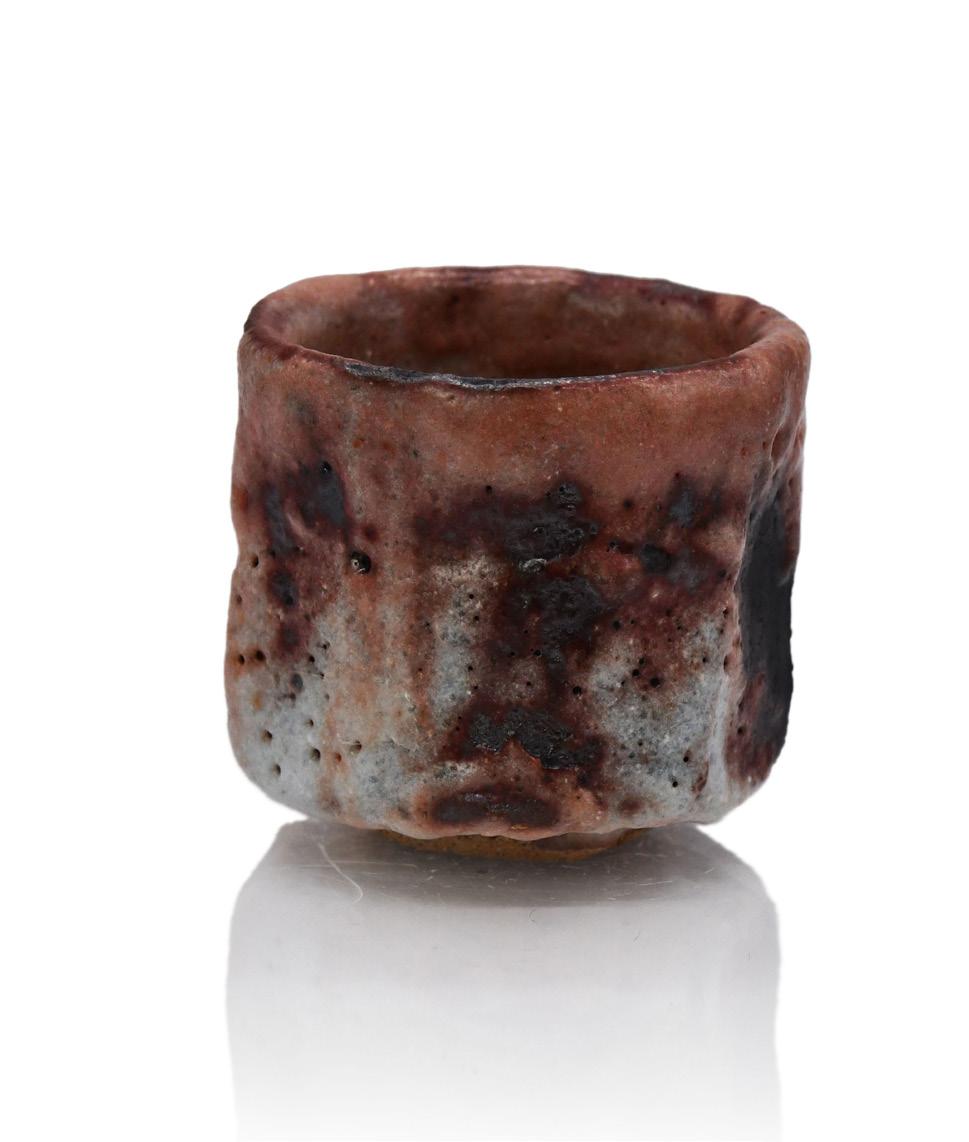
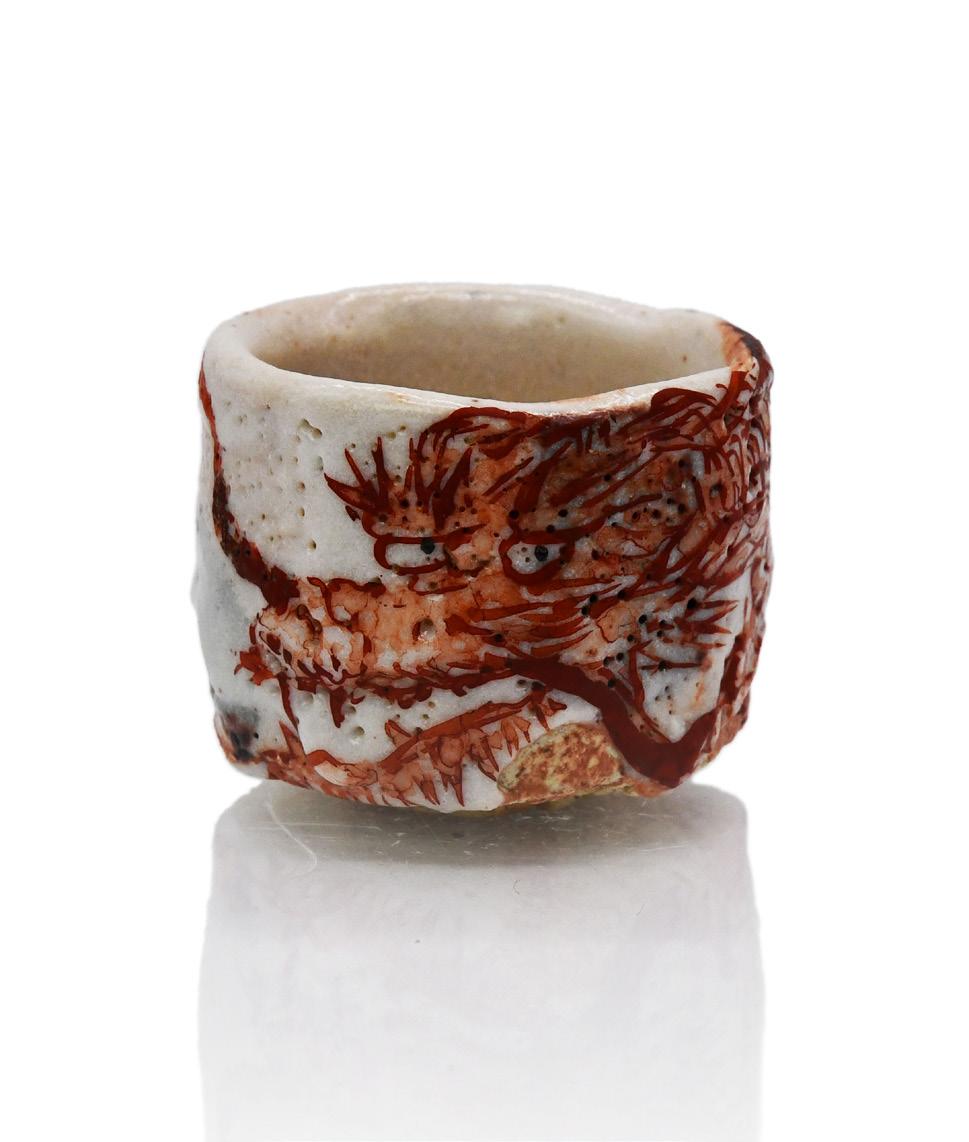

12 works available
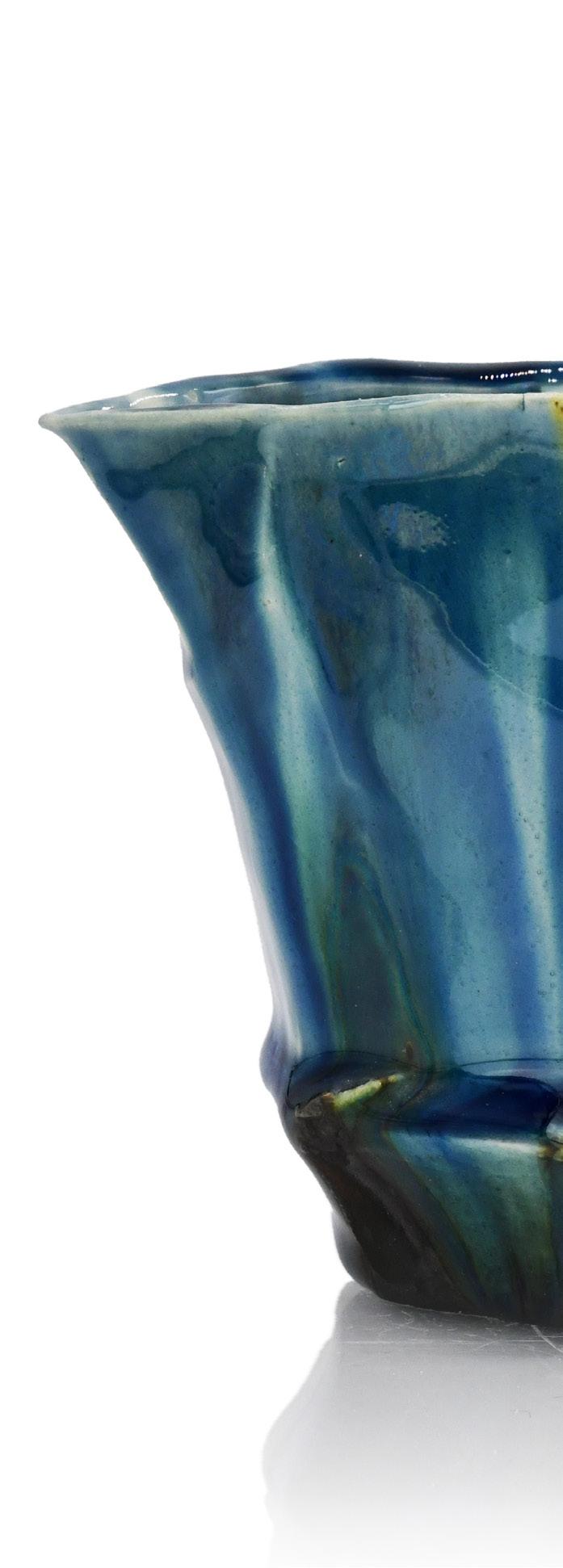
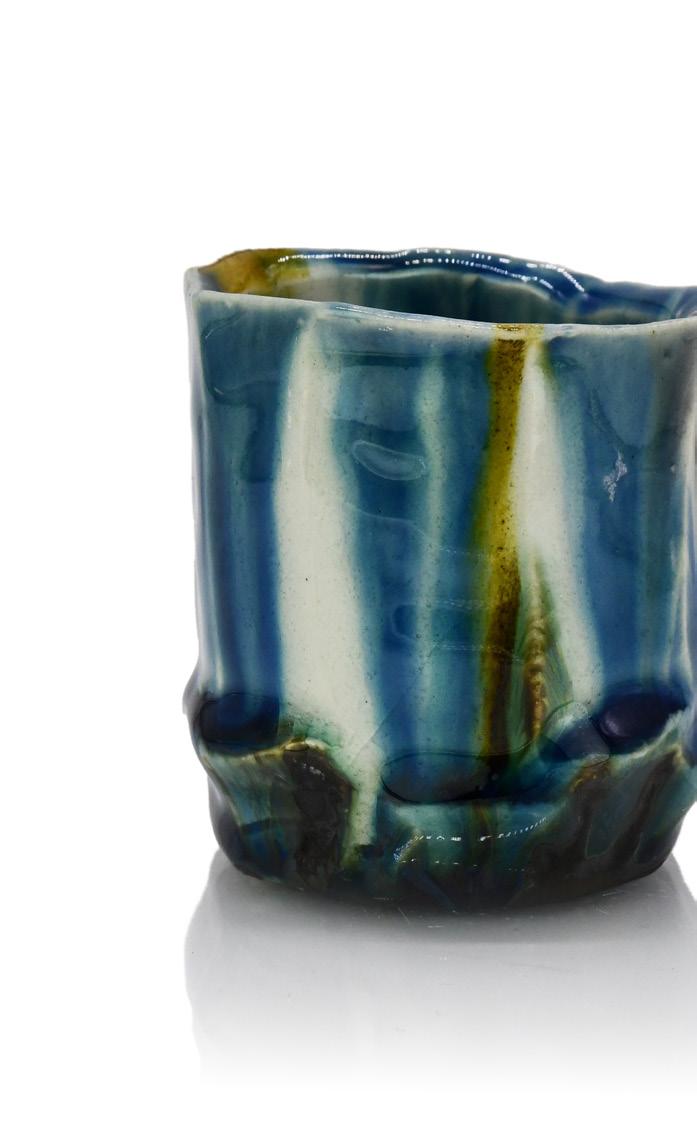
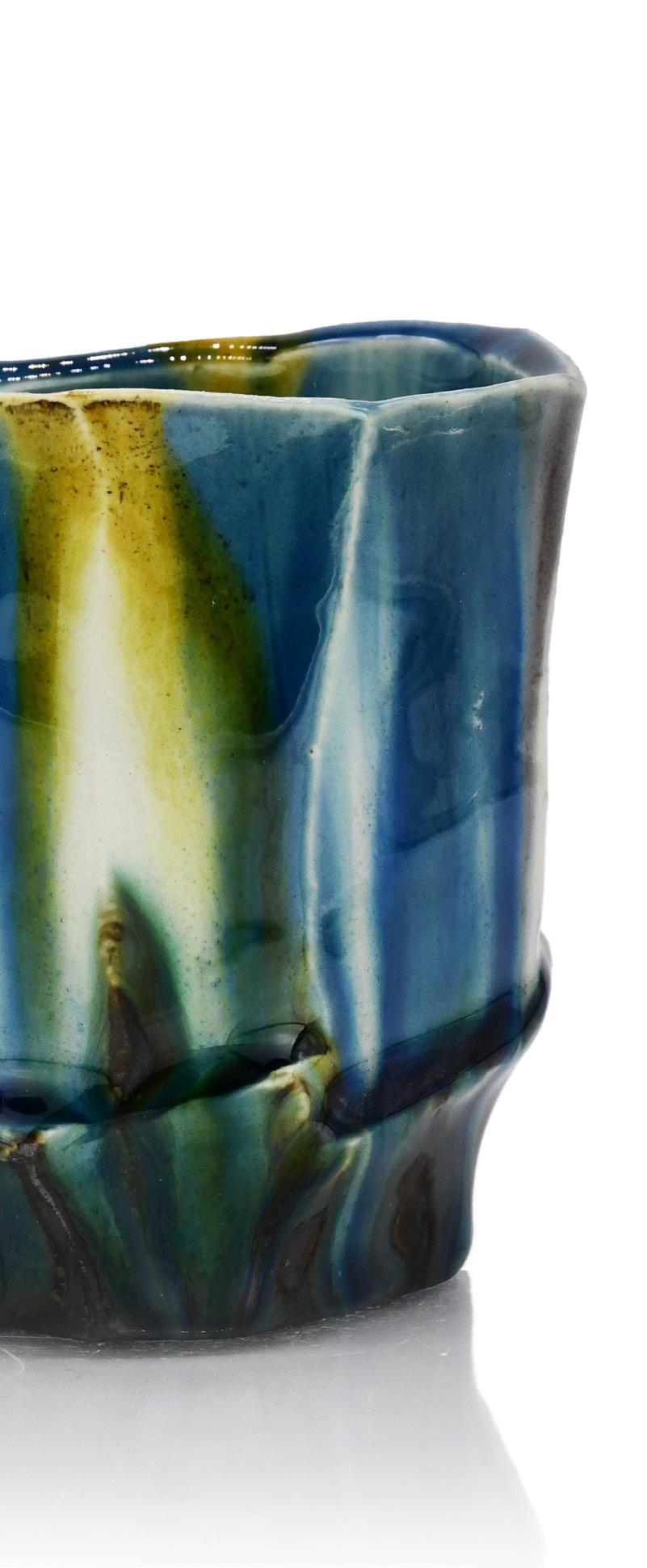

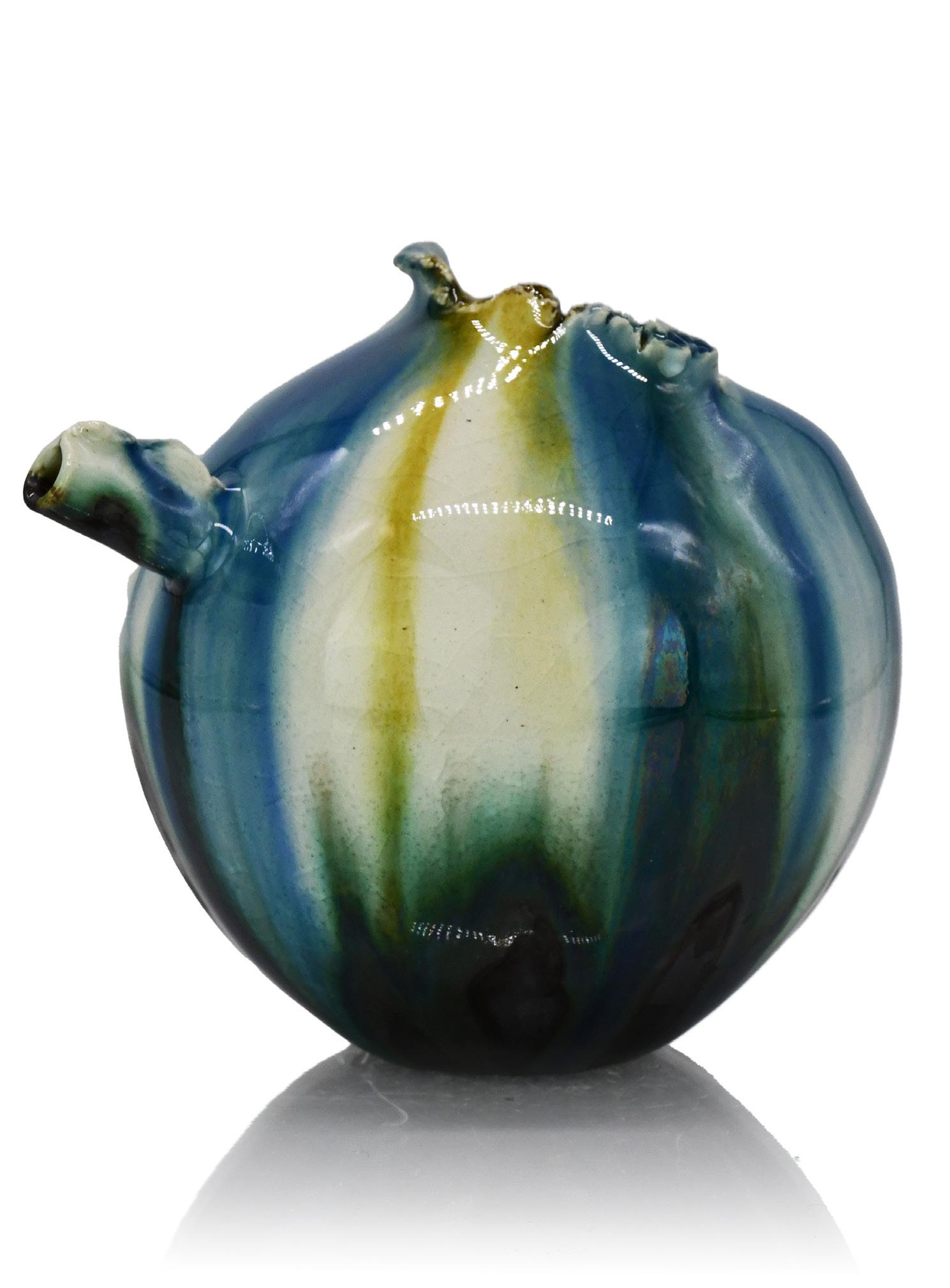
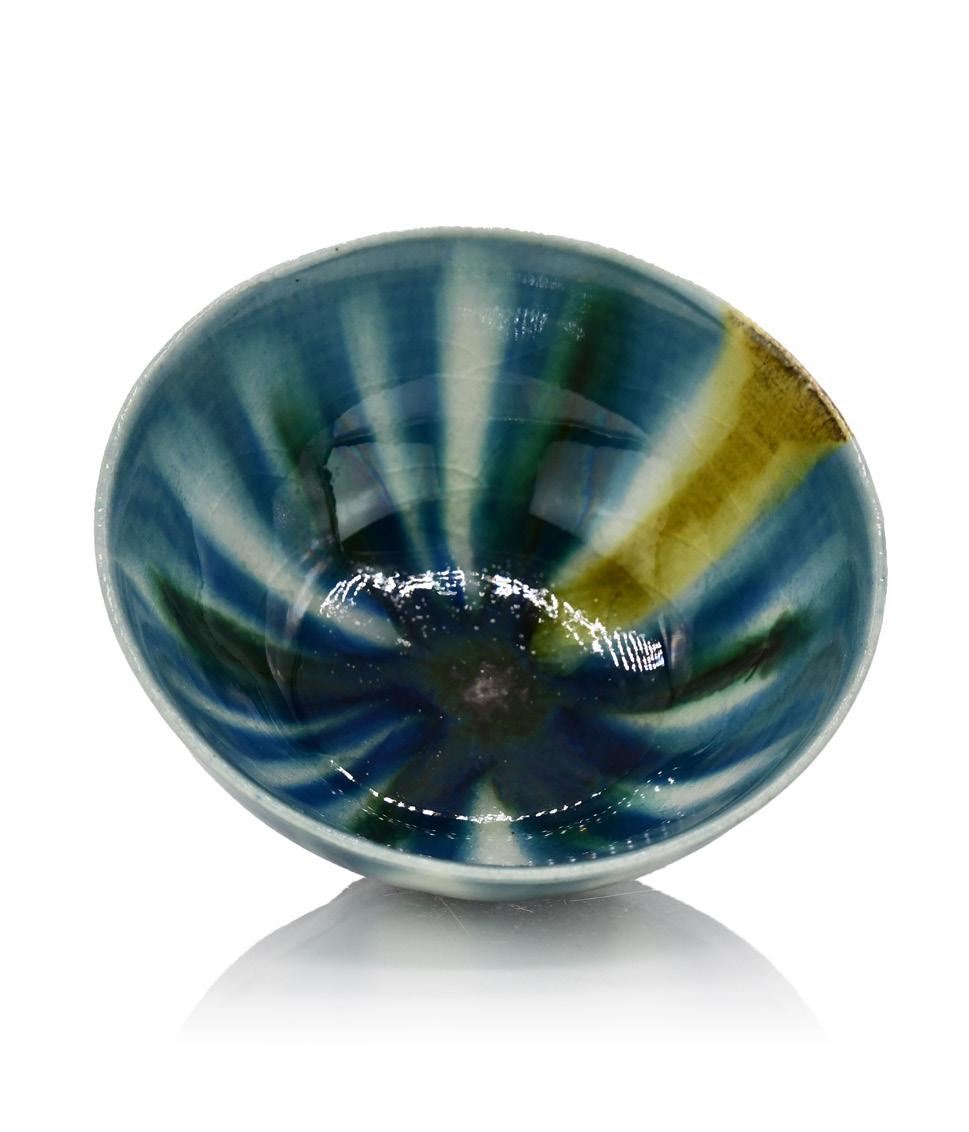
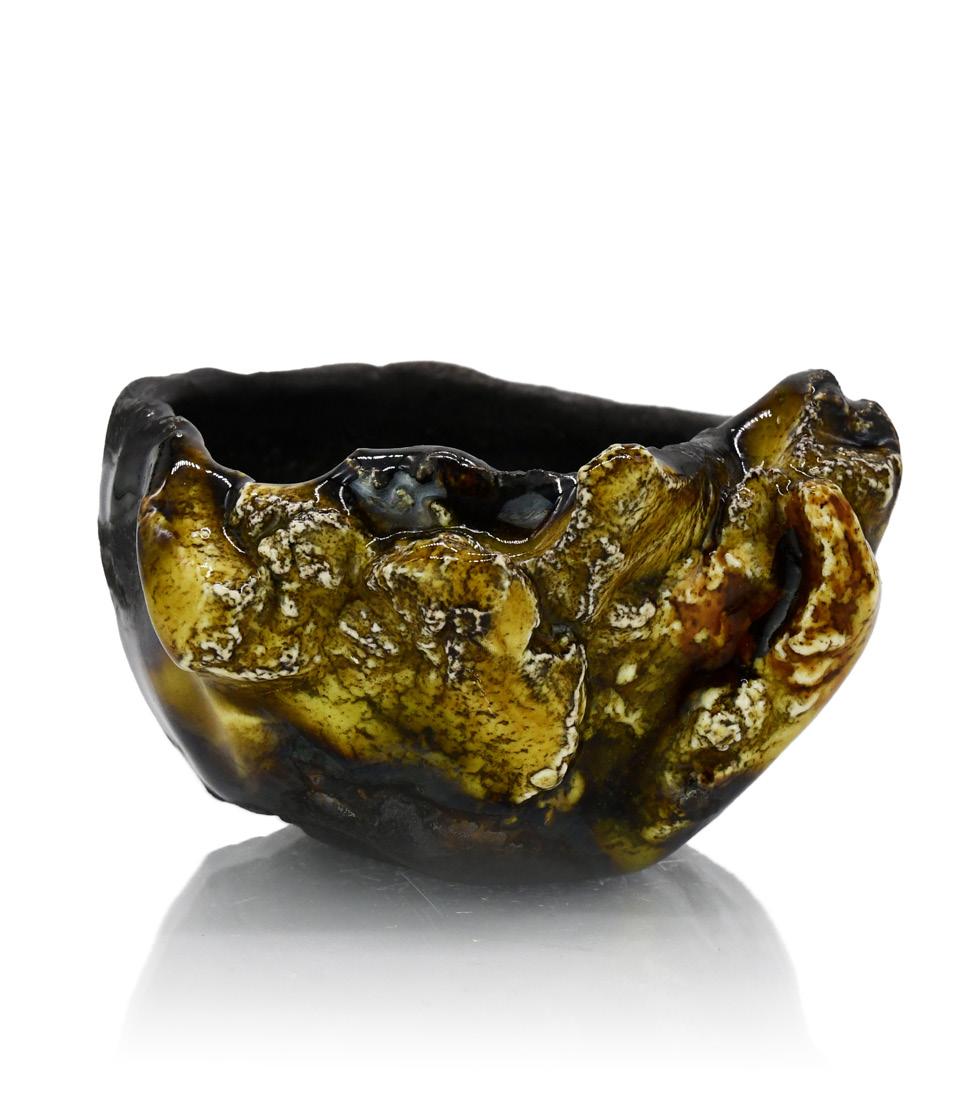

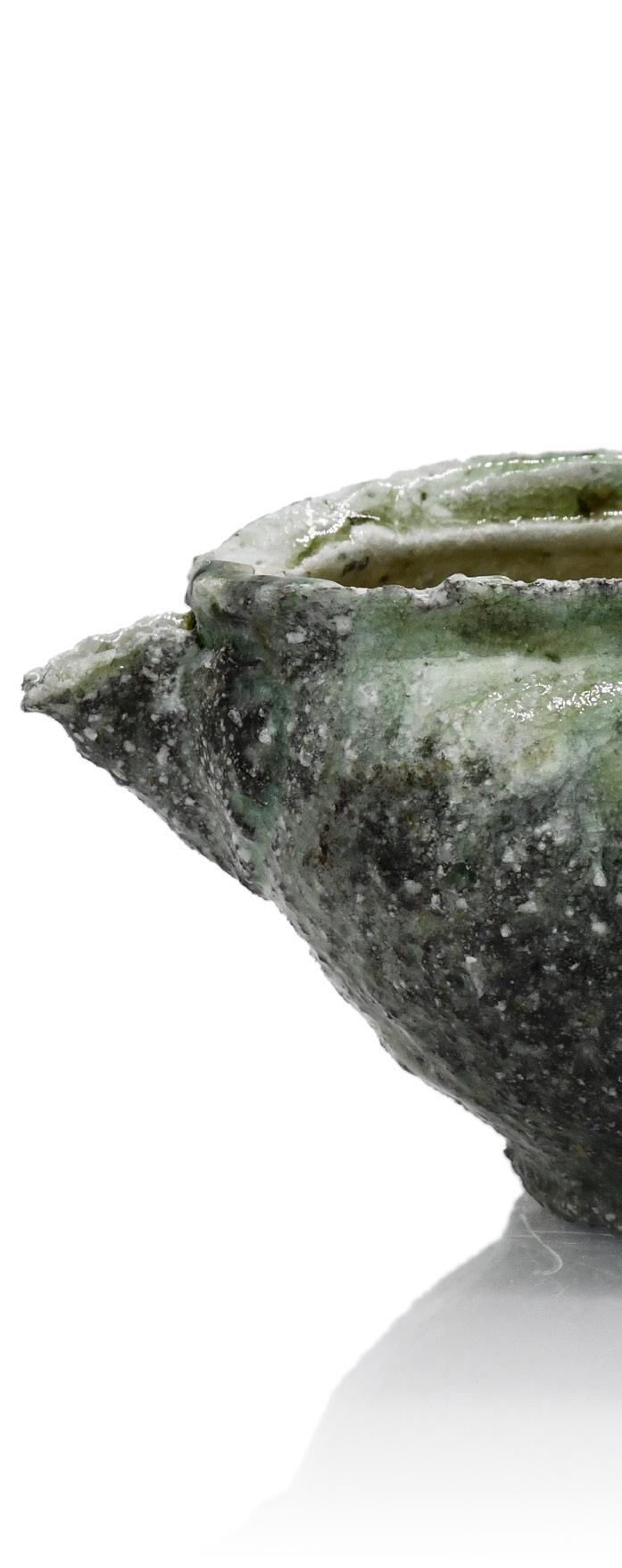
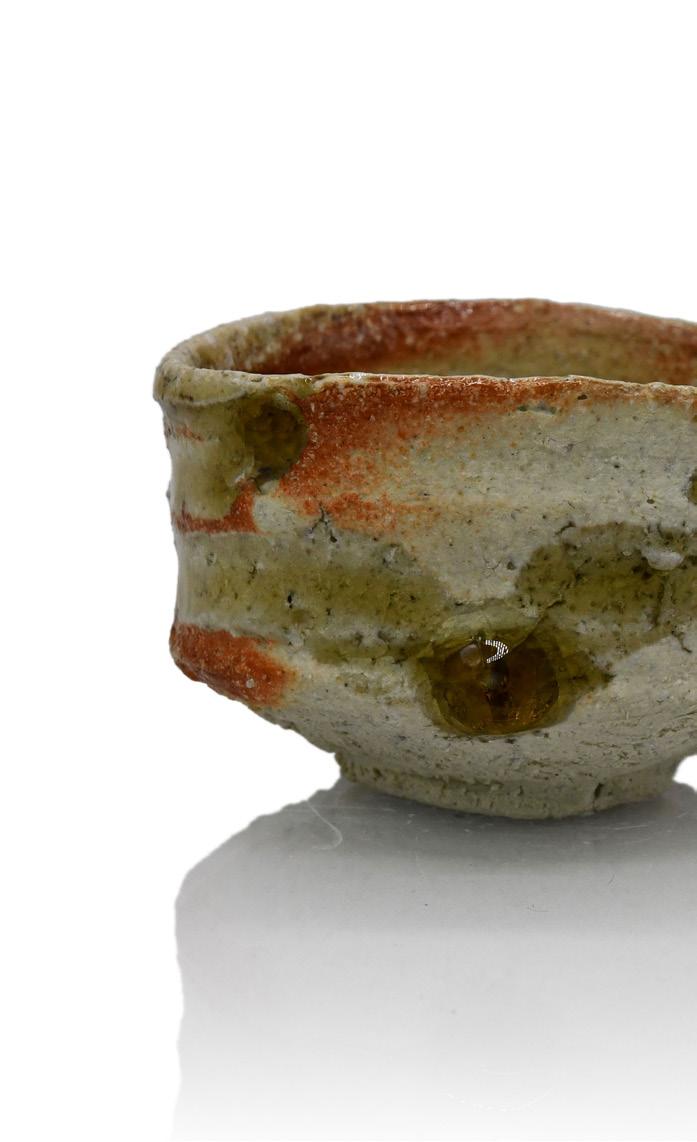
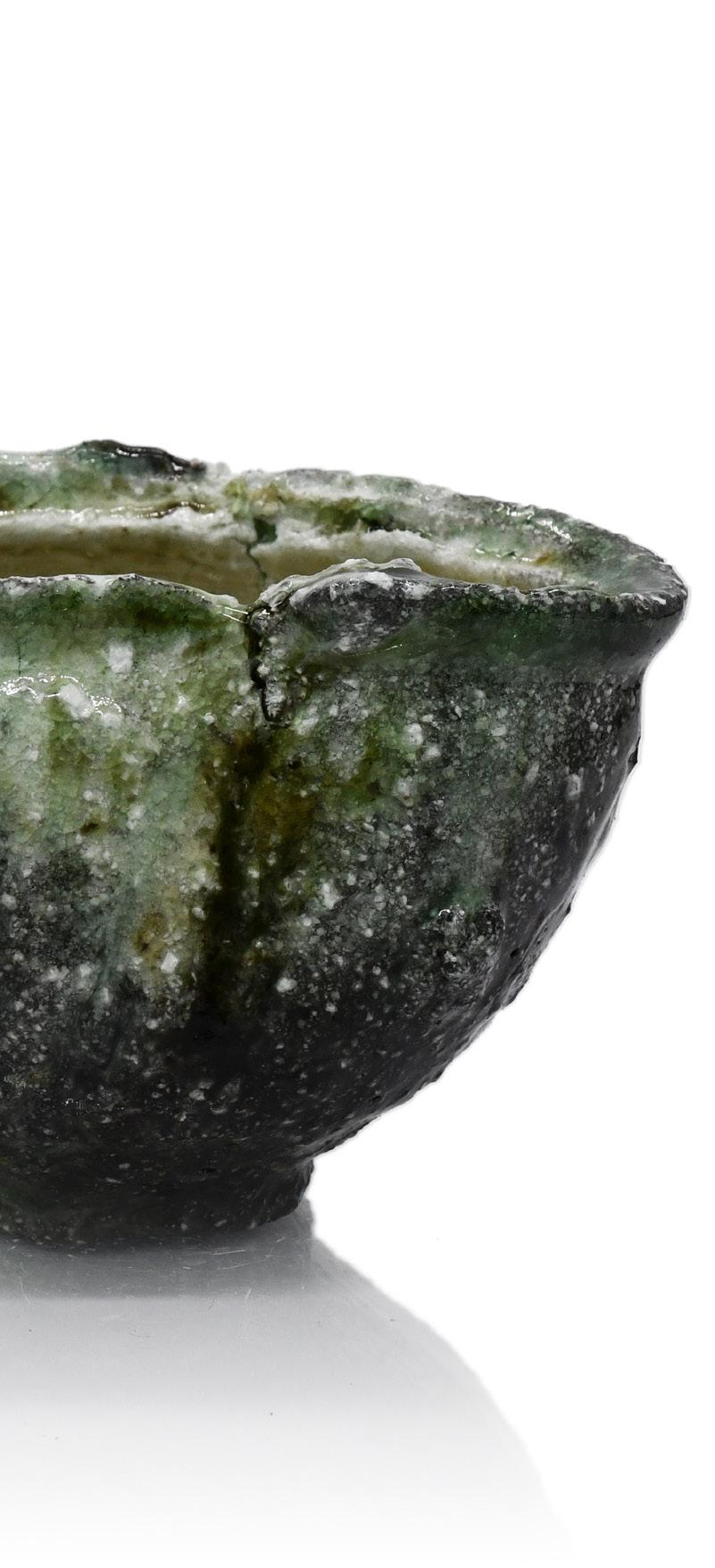

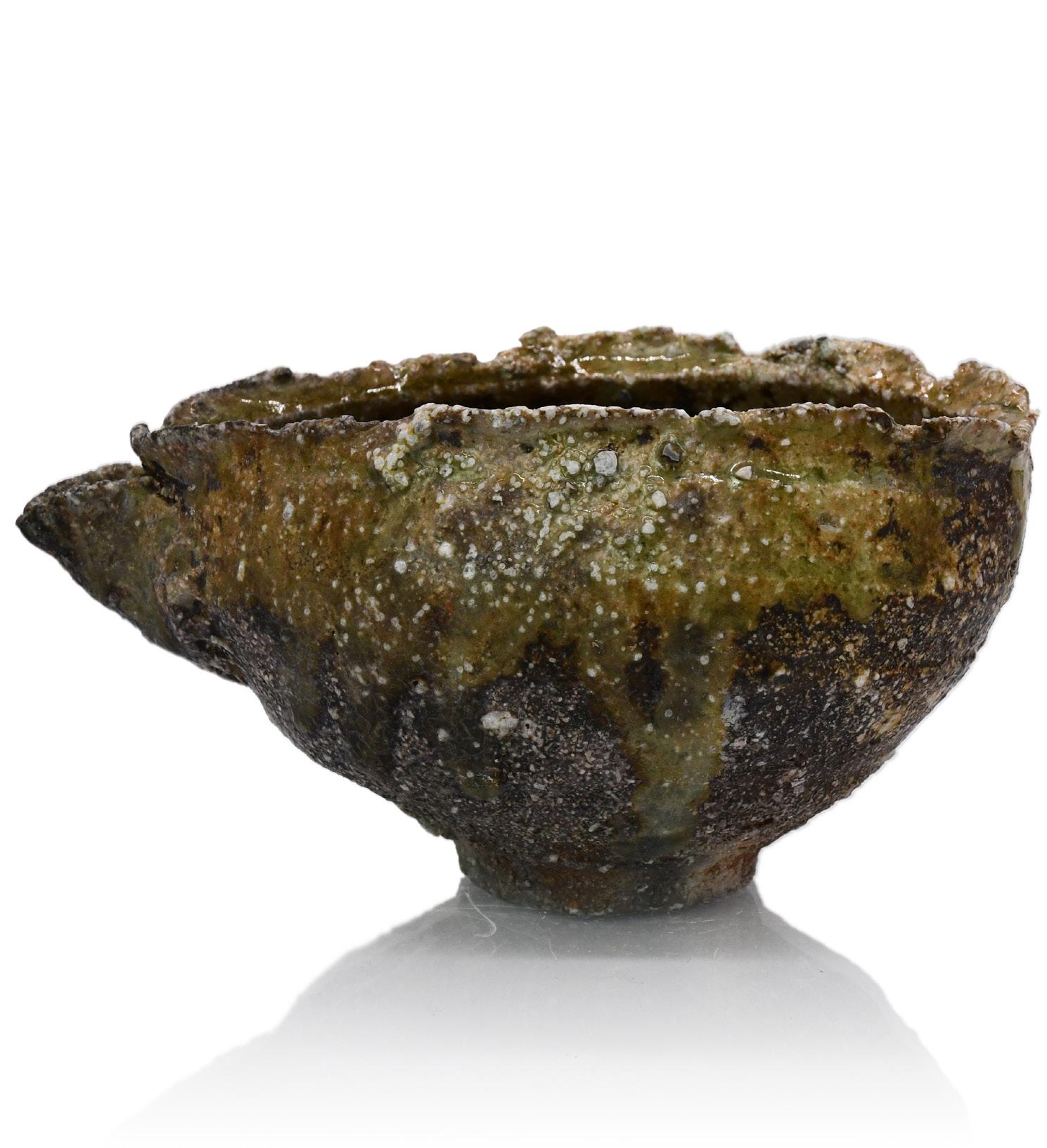
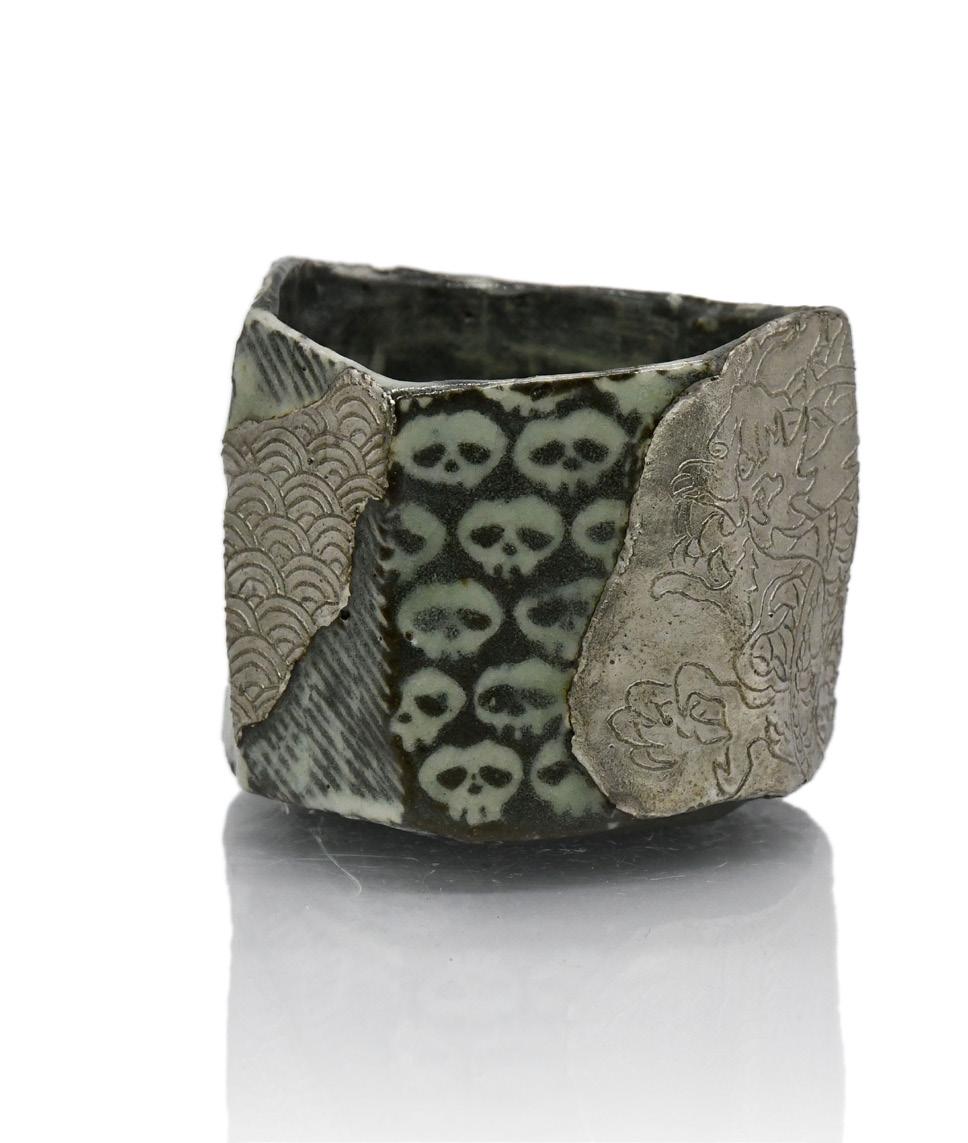
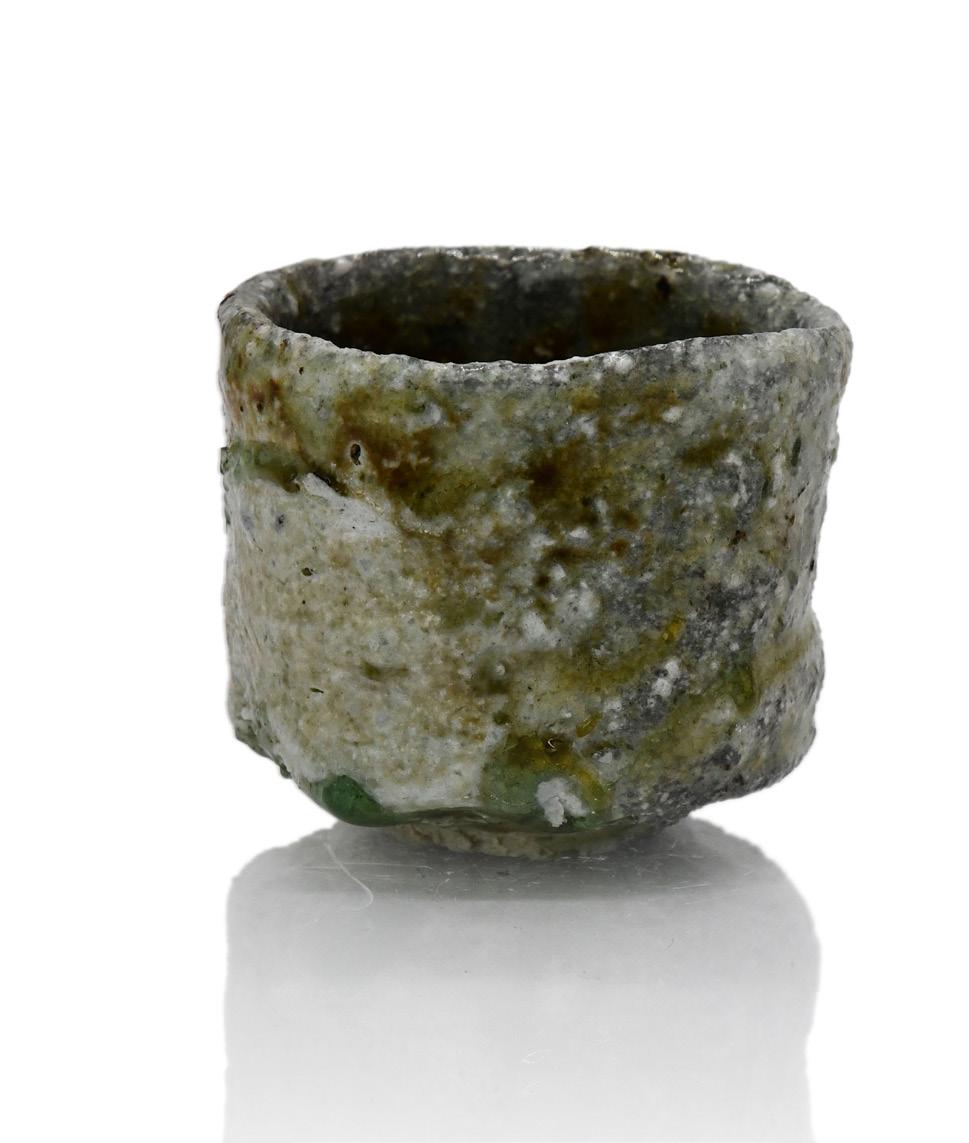

7 works available
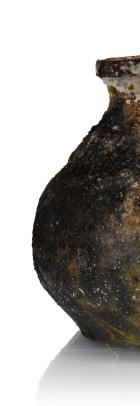
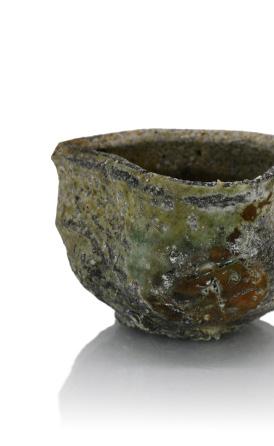
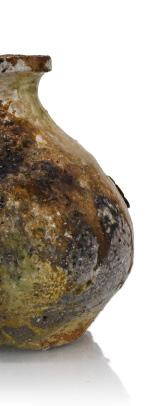

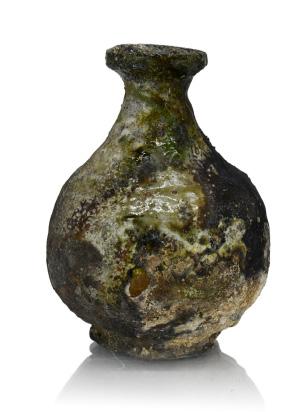
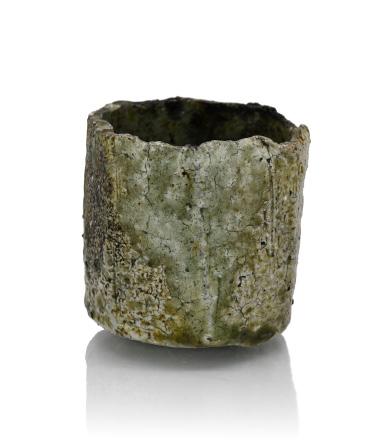
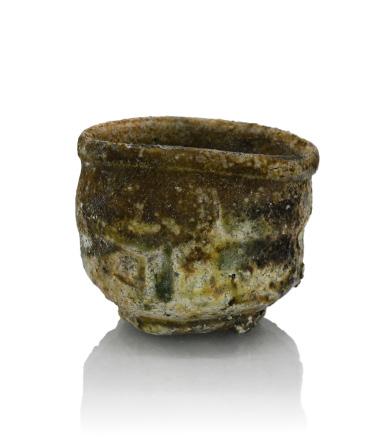

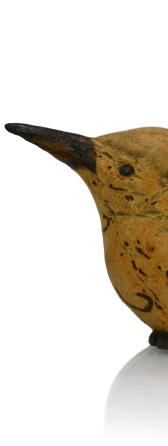
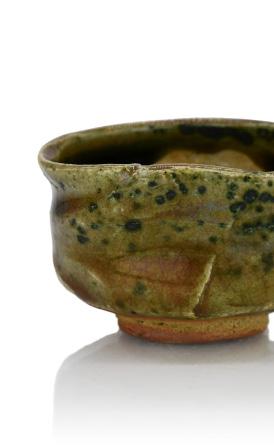
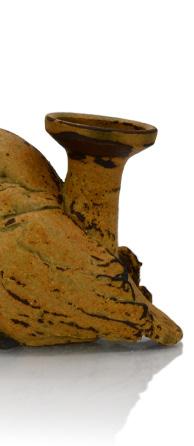

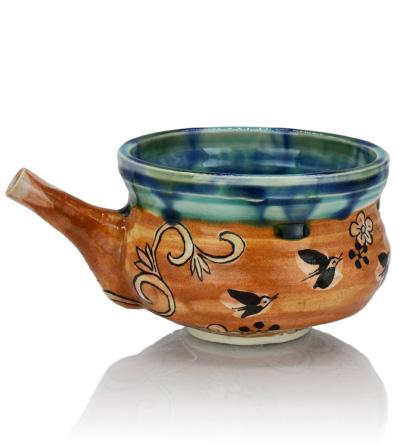
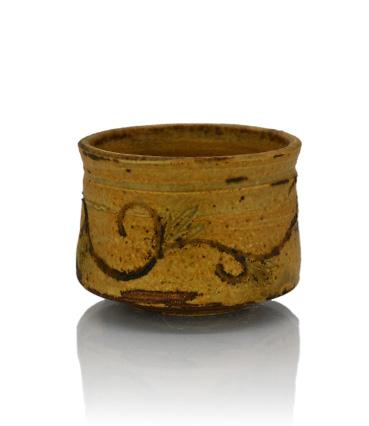
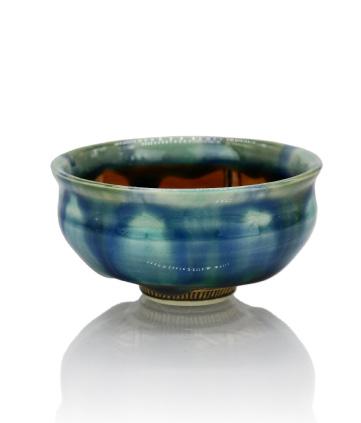

6 works available
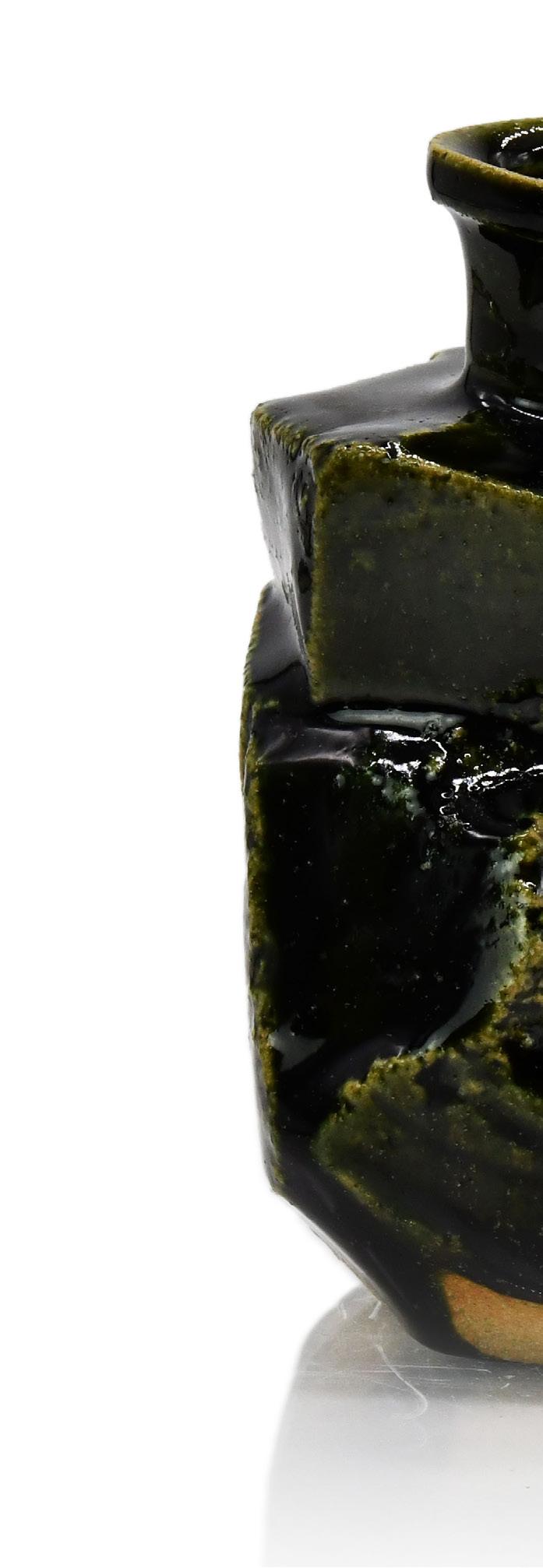
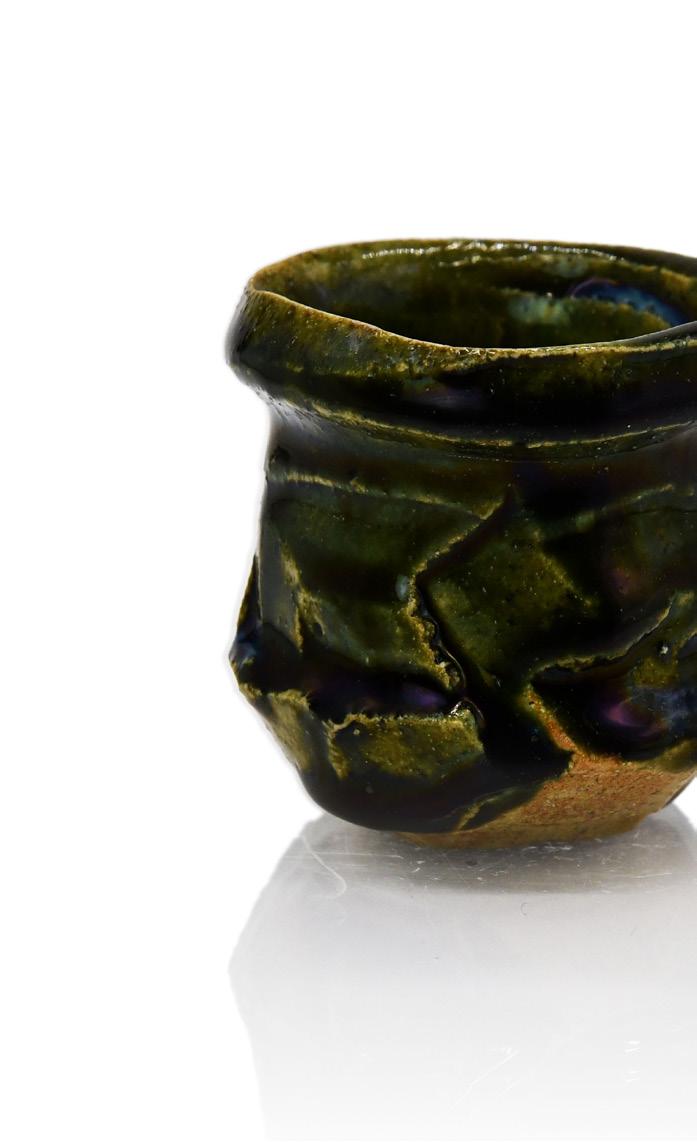
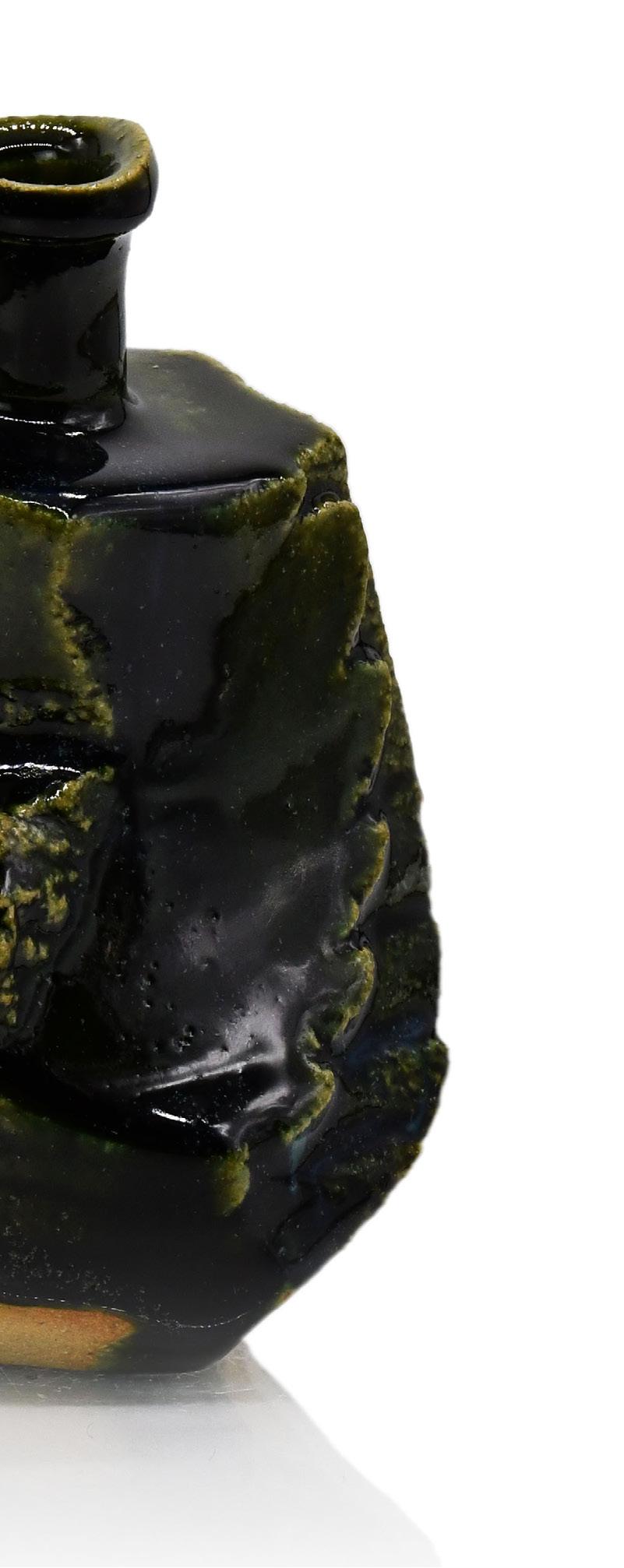

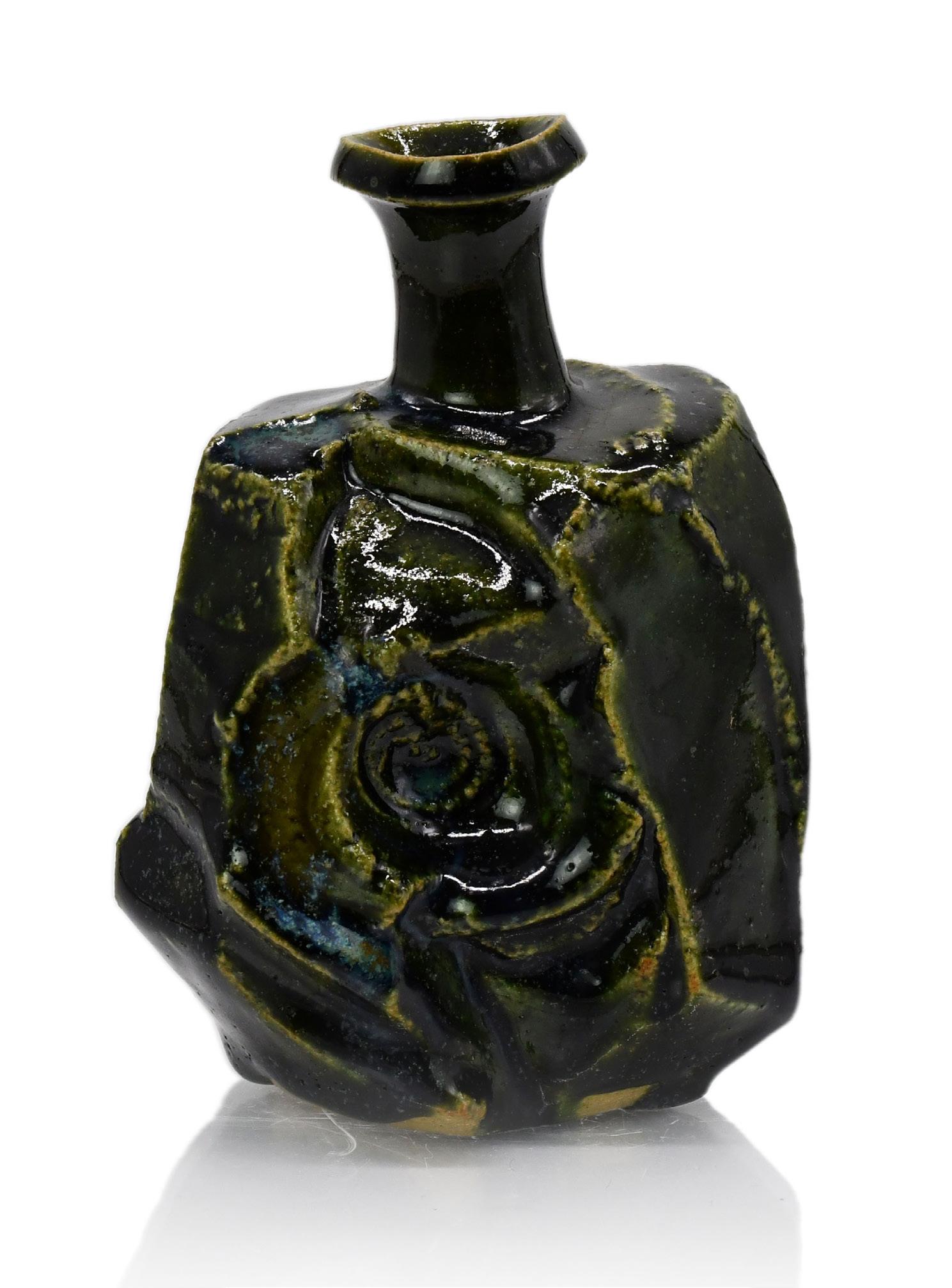
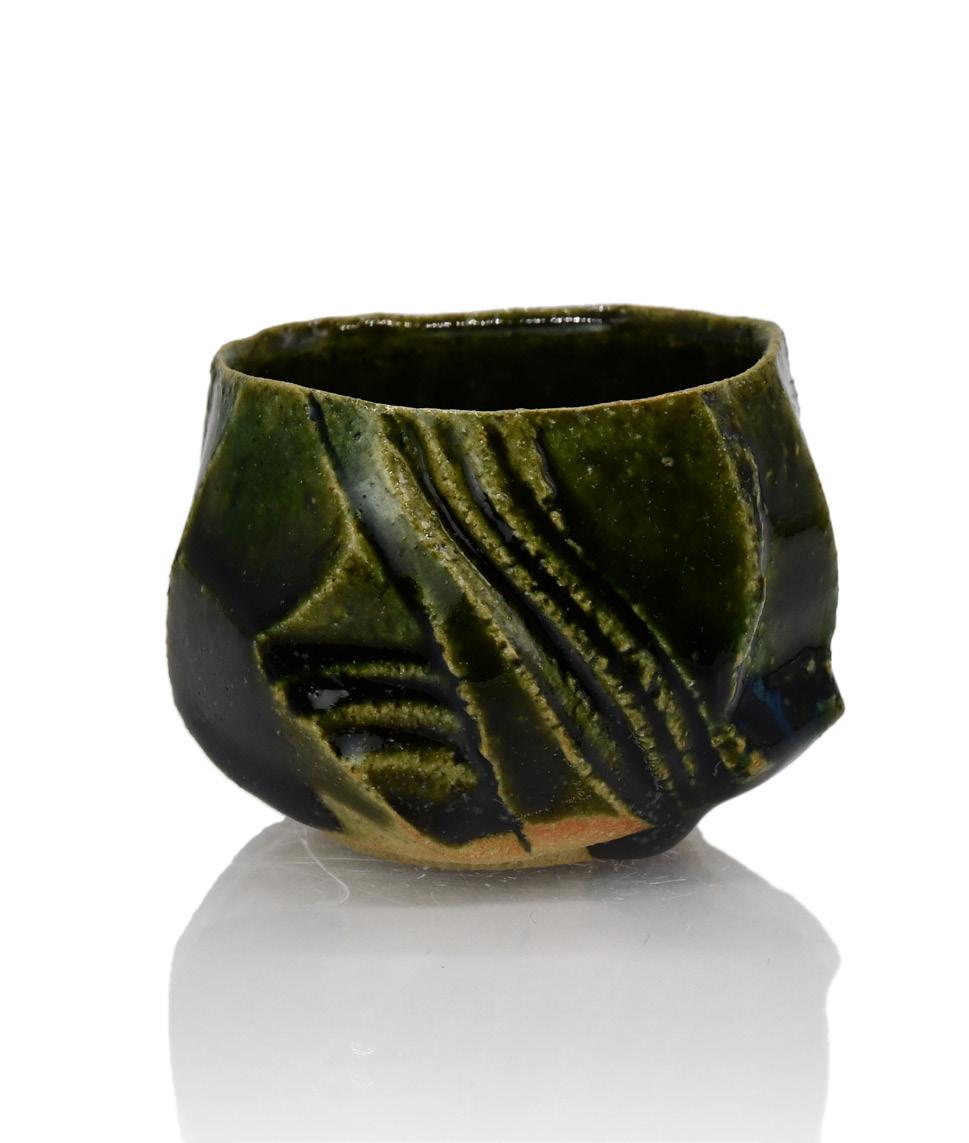
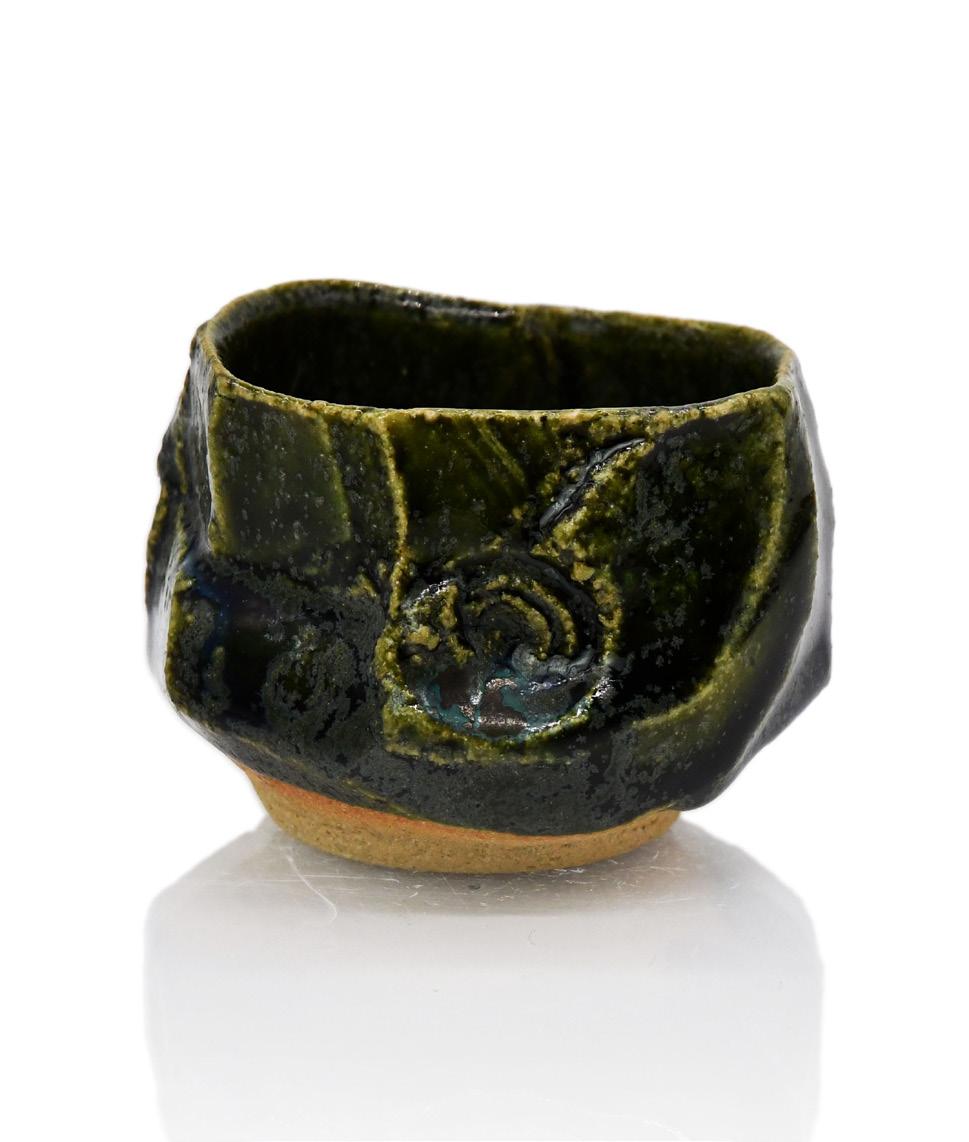

15 works available
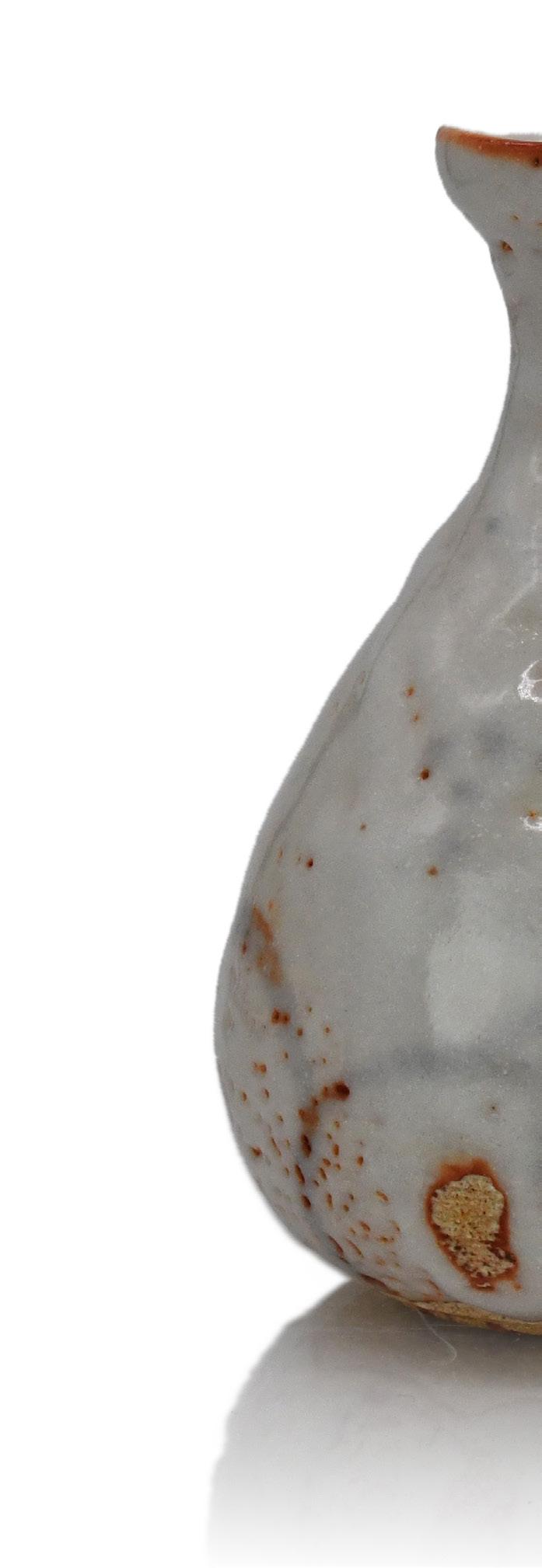
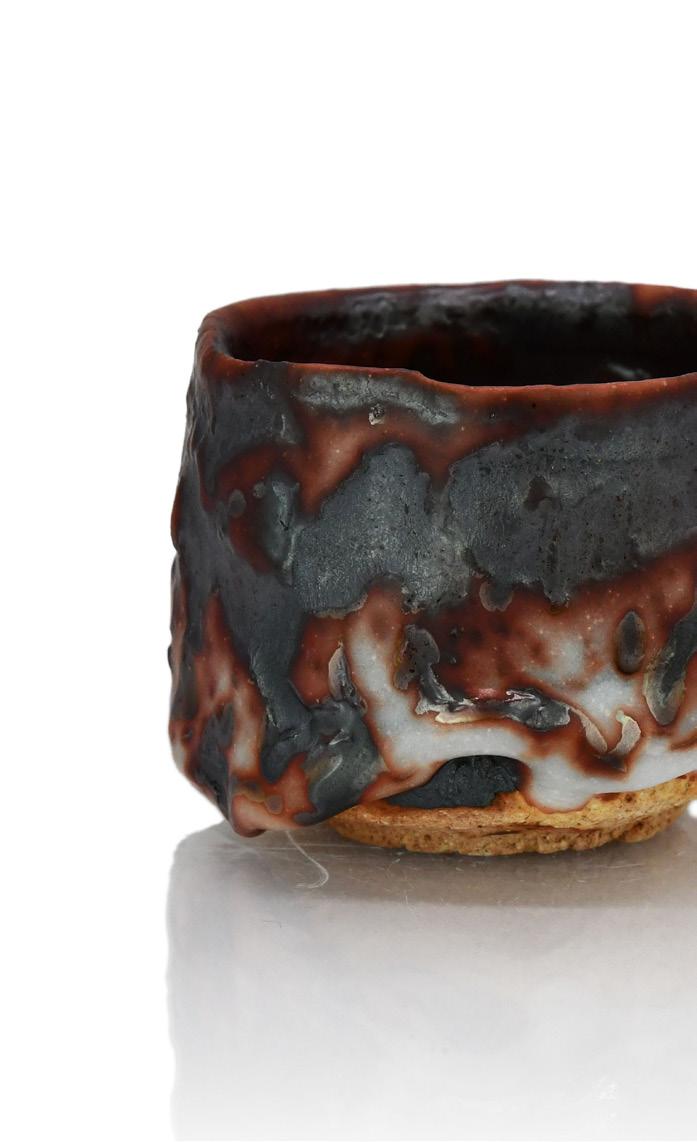


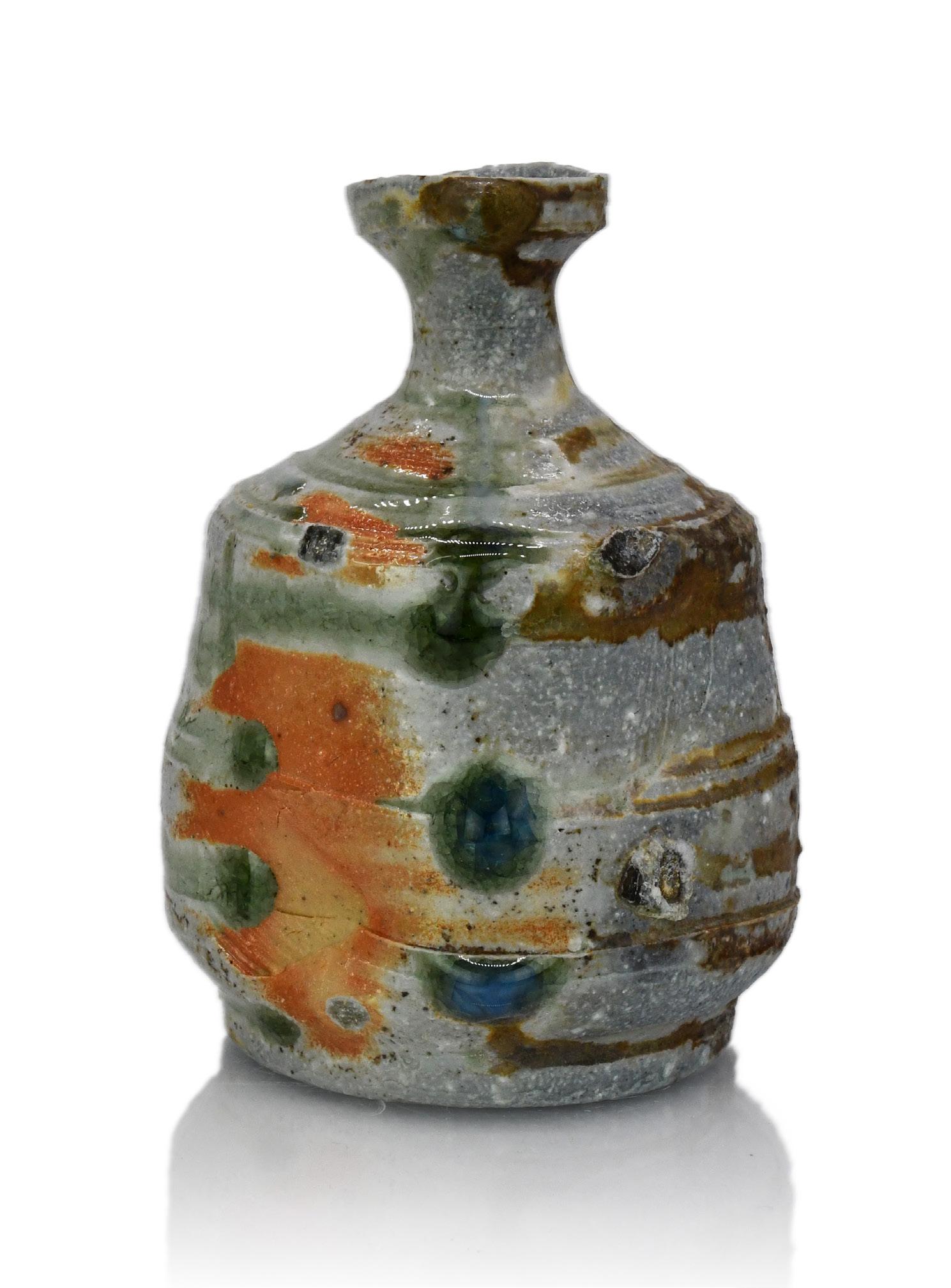
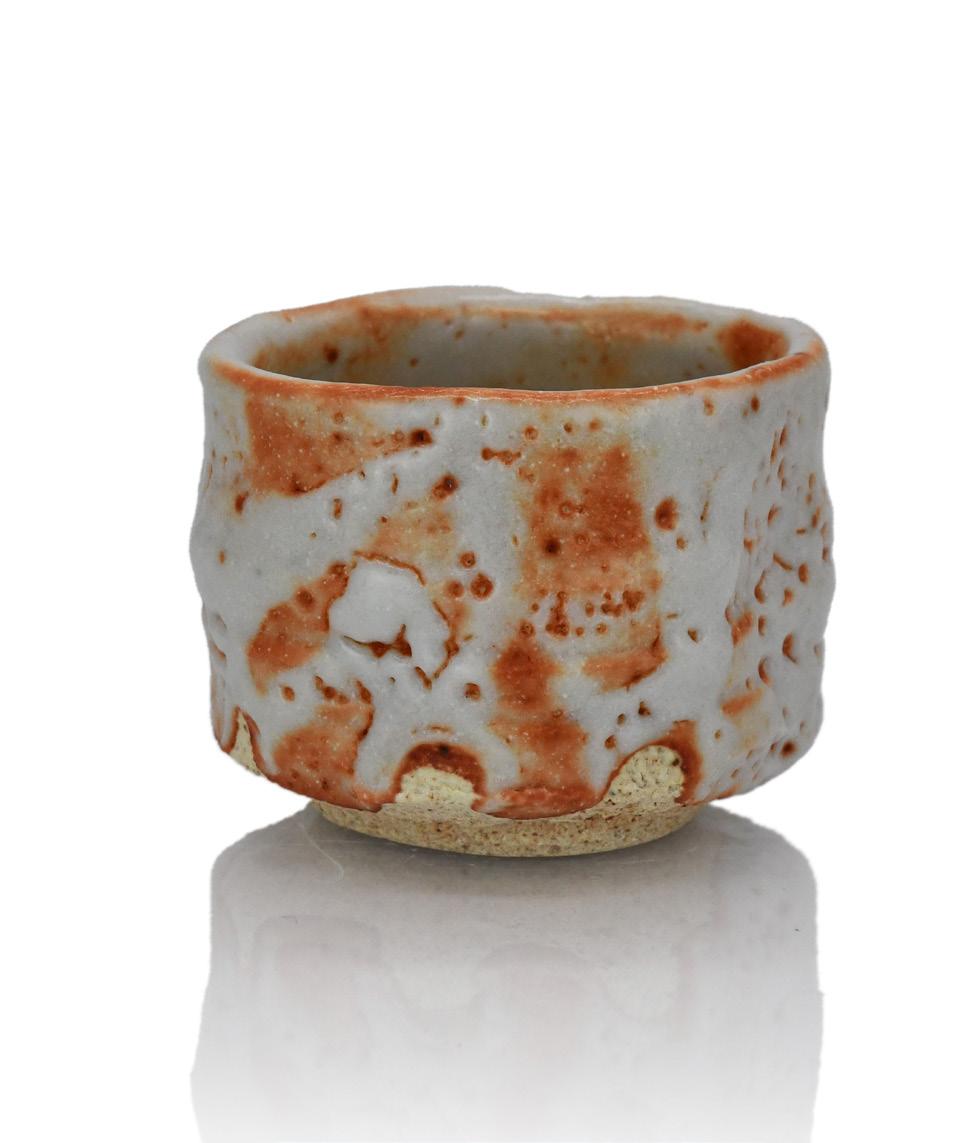
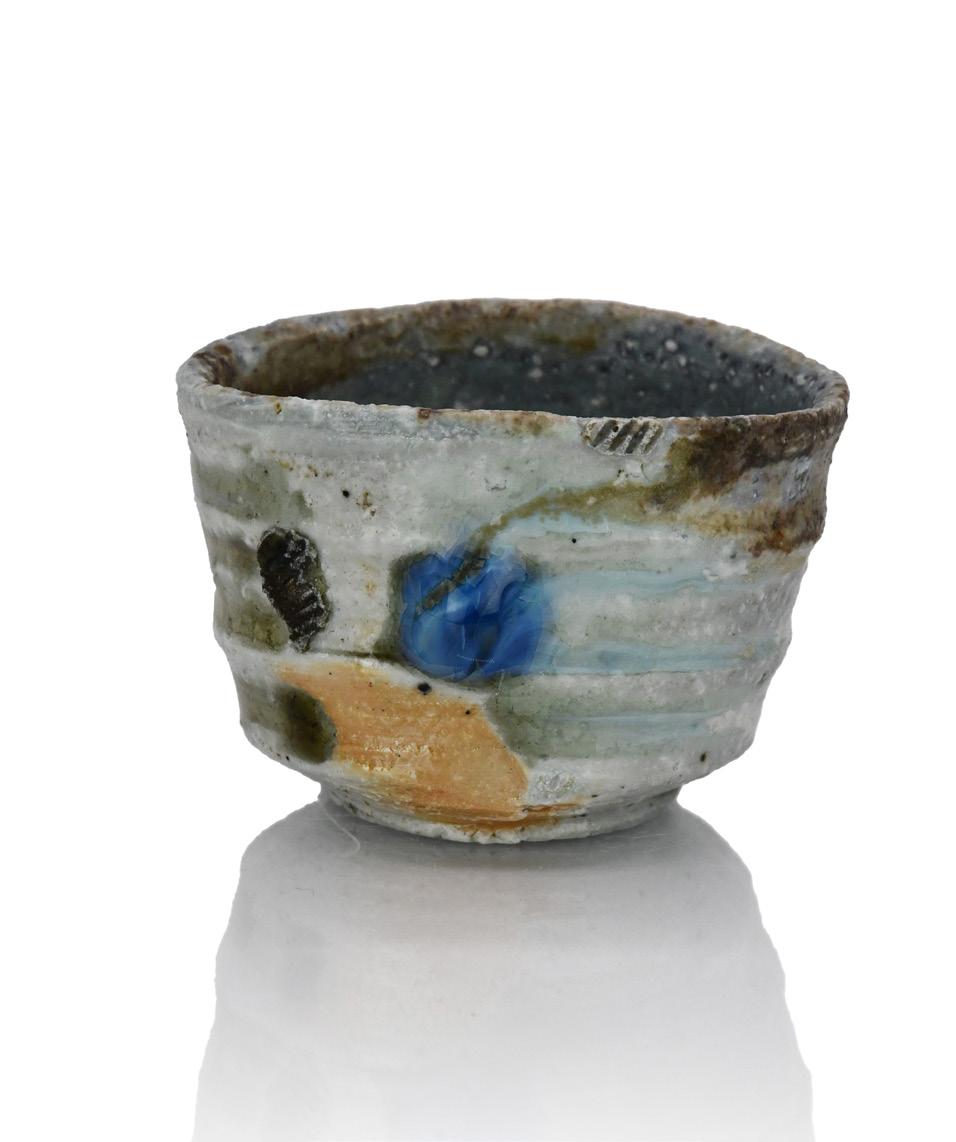

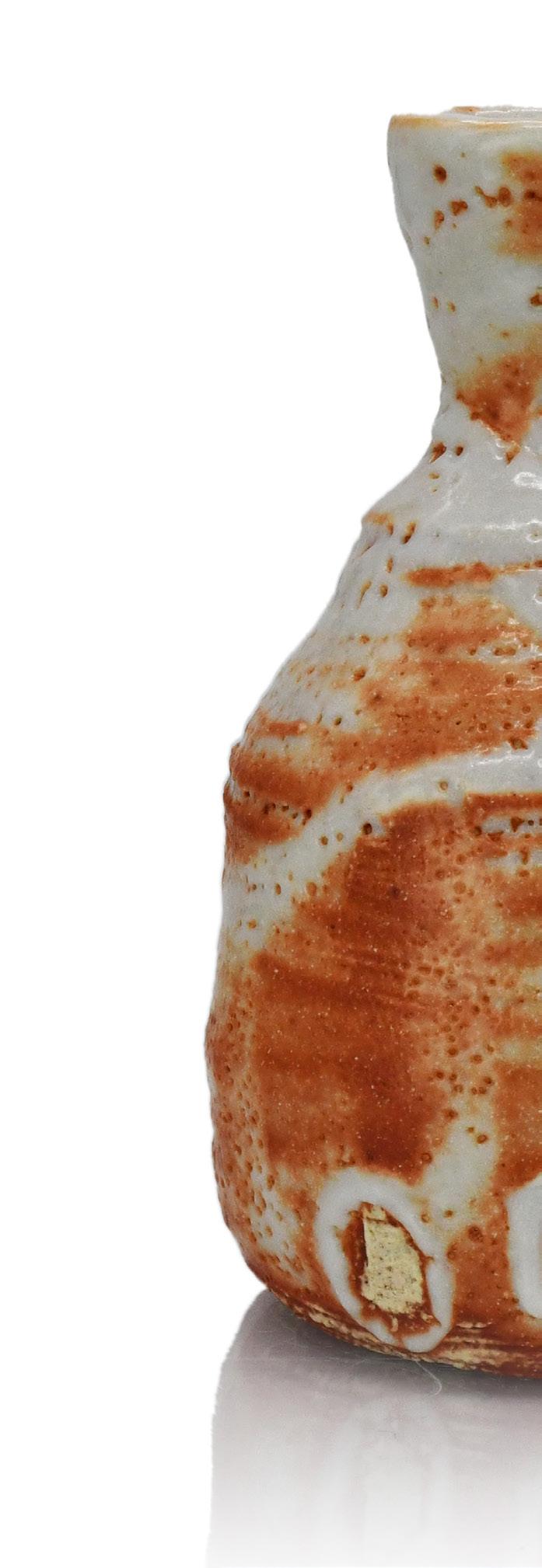
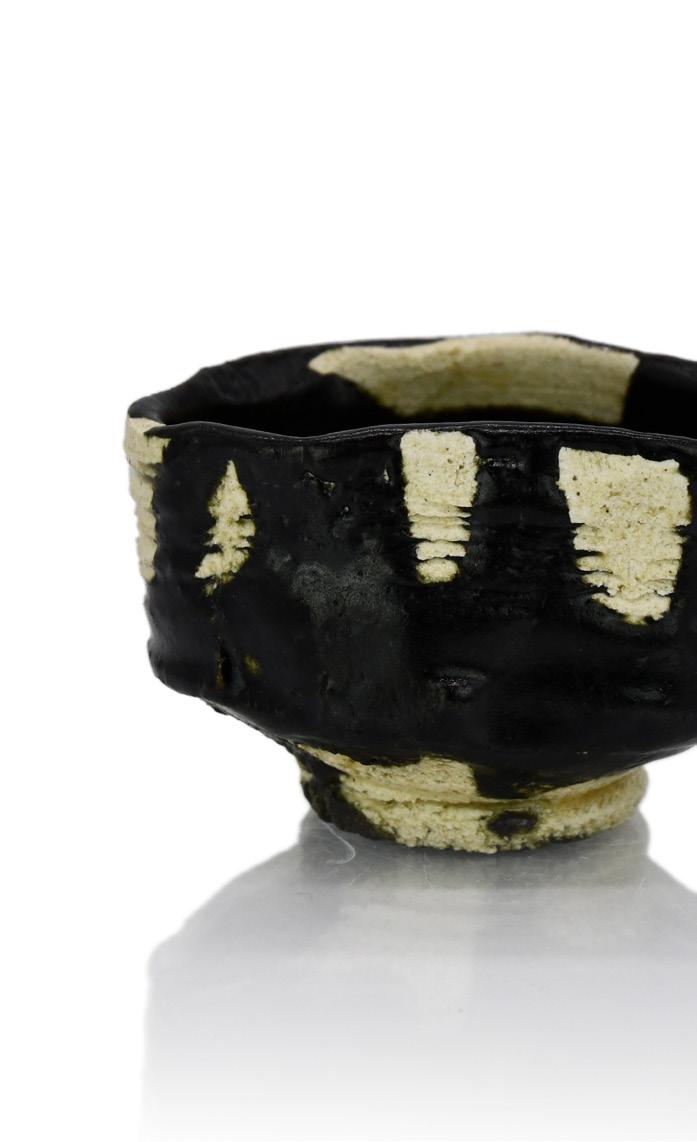
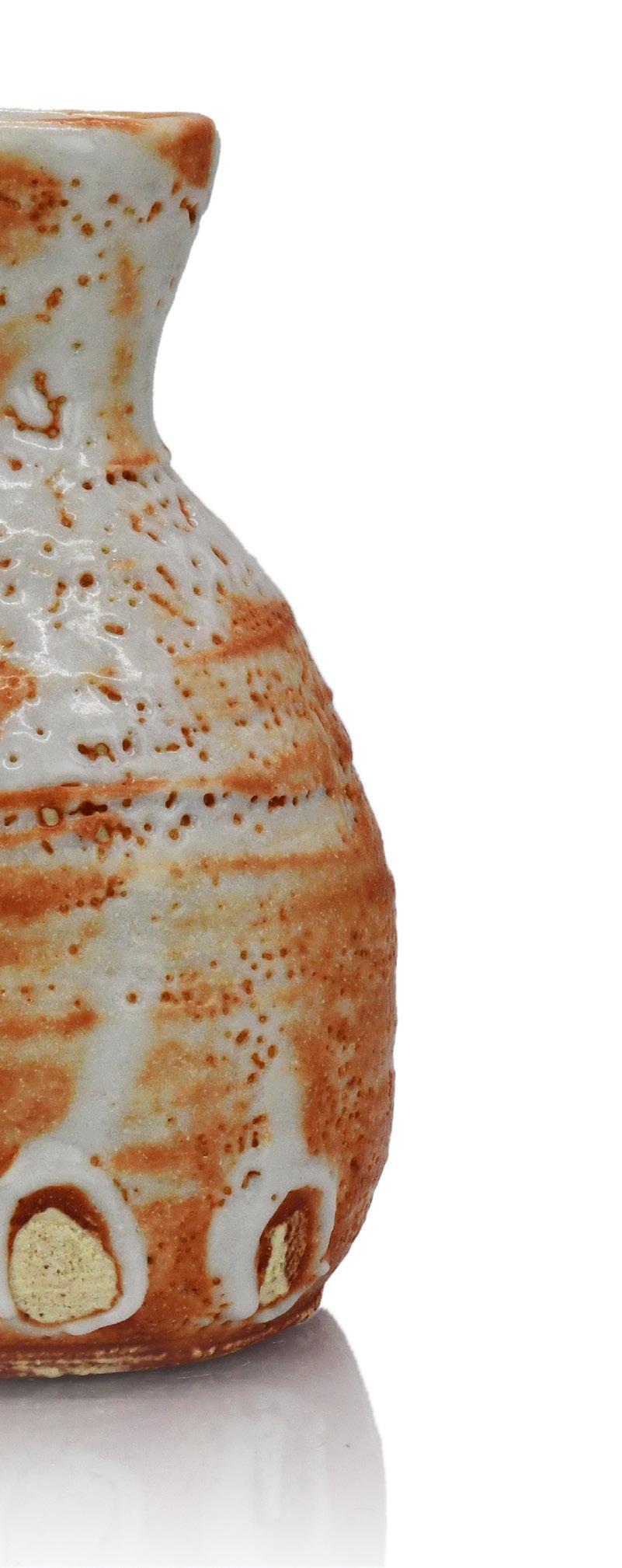

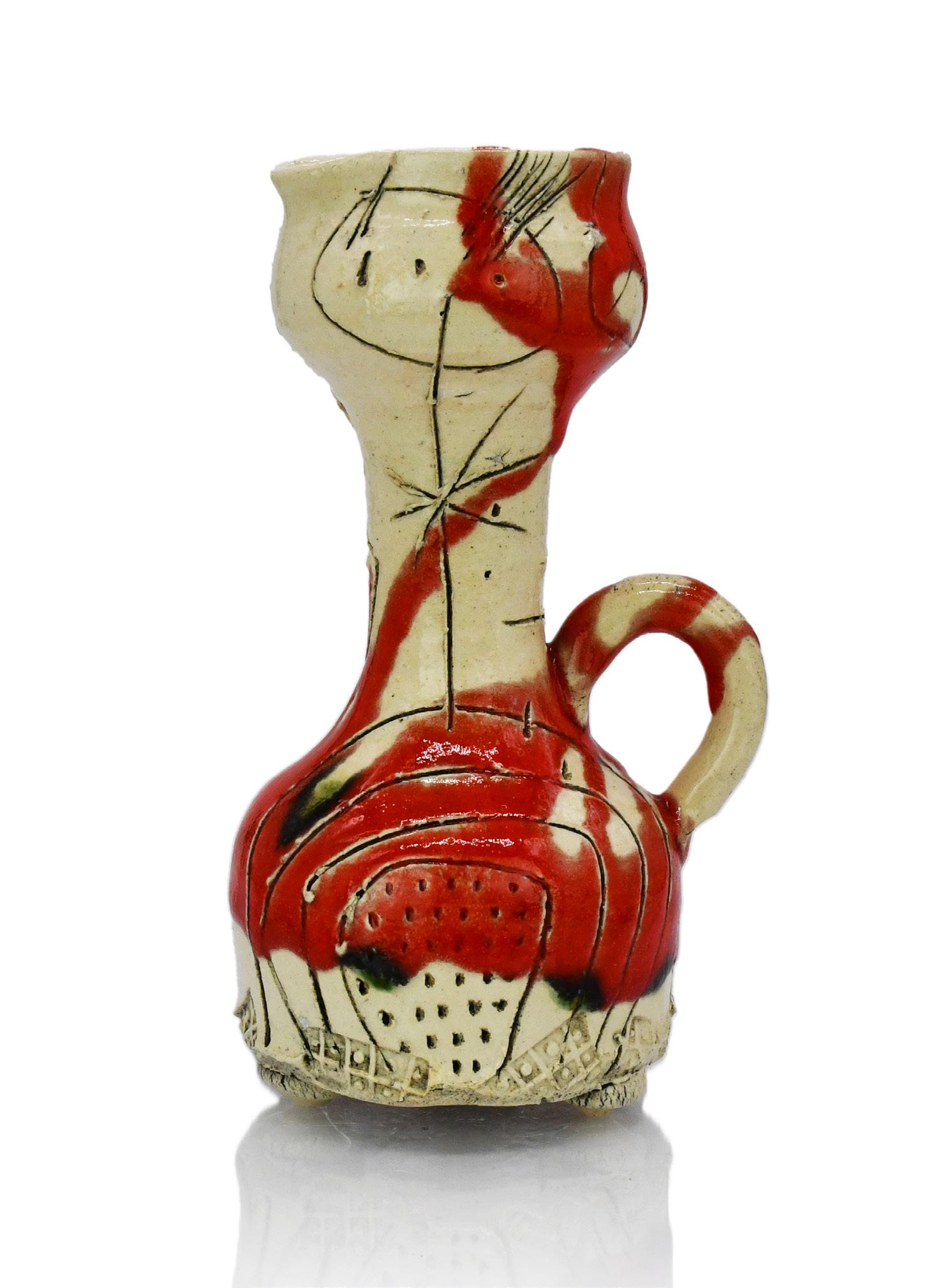
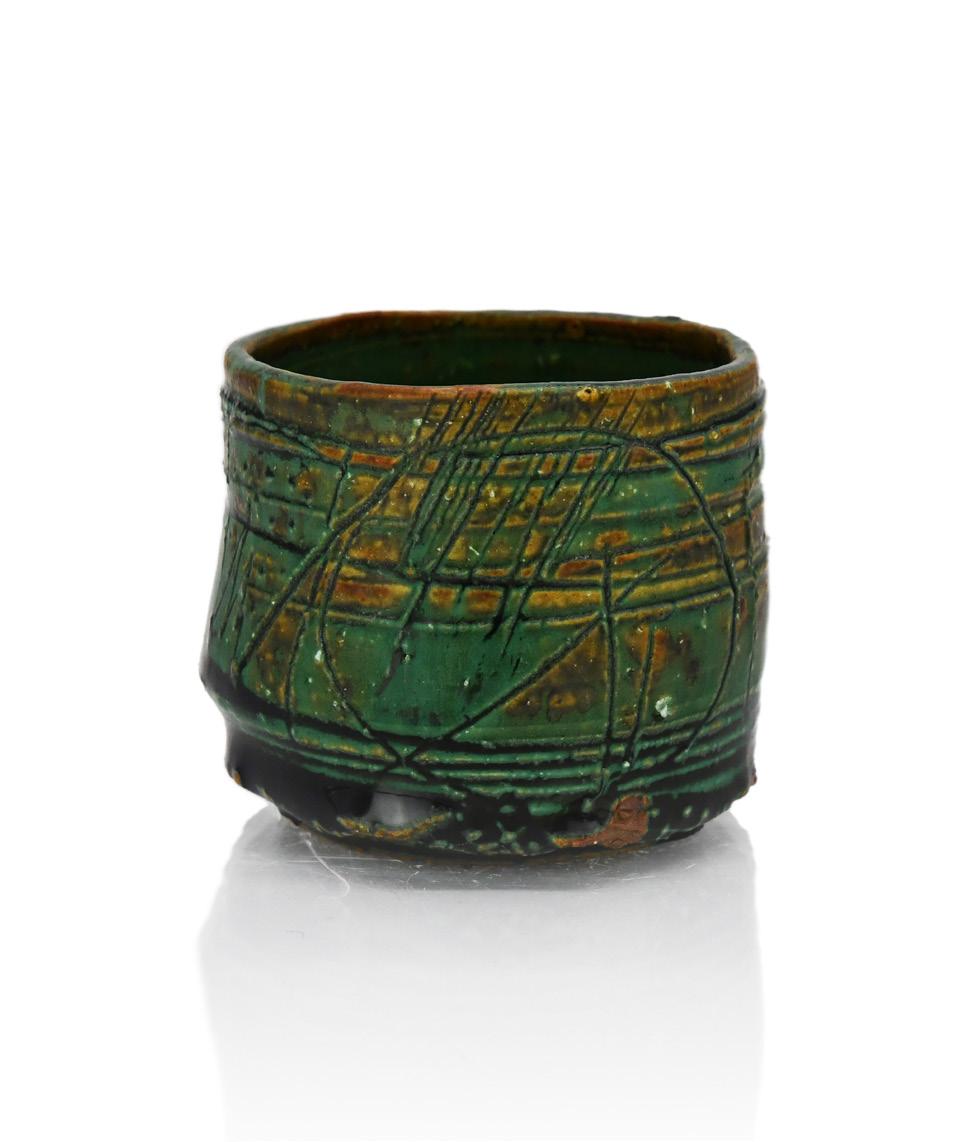
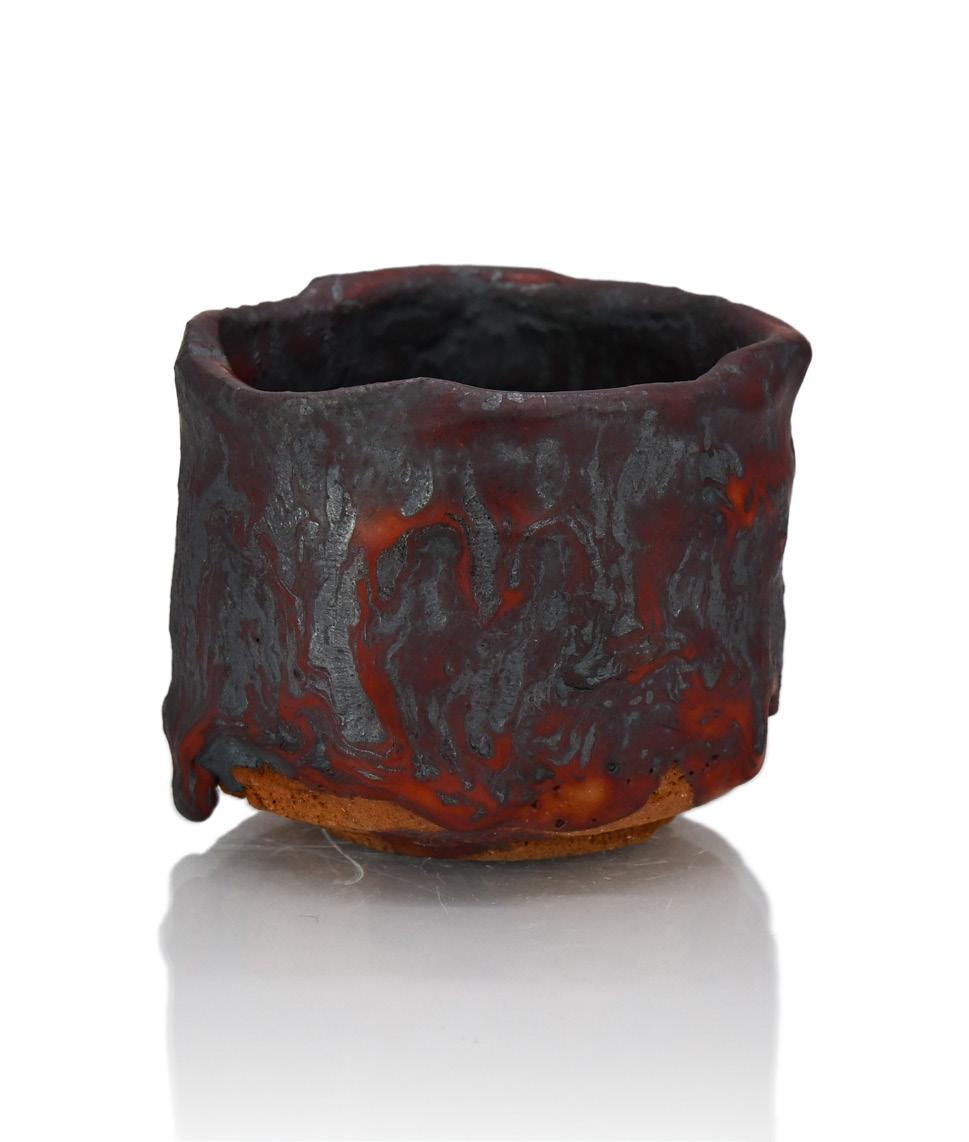

June 2025
No part of this publication may be reproduced by any party without the written consent of The Stratford Gallery Ltd
All text and images © The Stratford Gallery Ltd